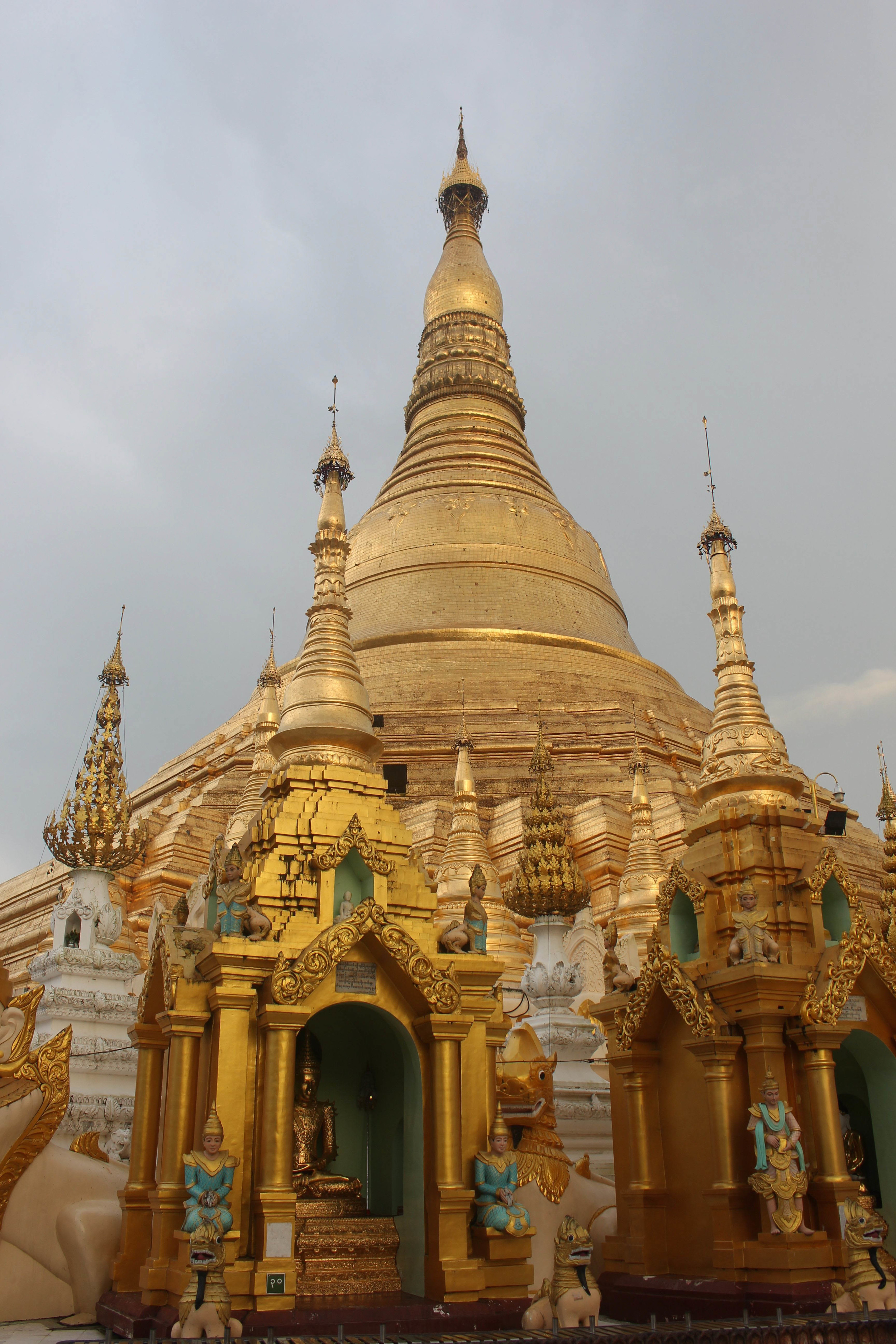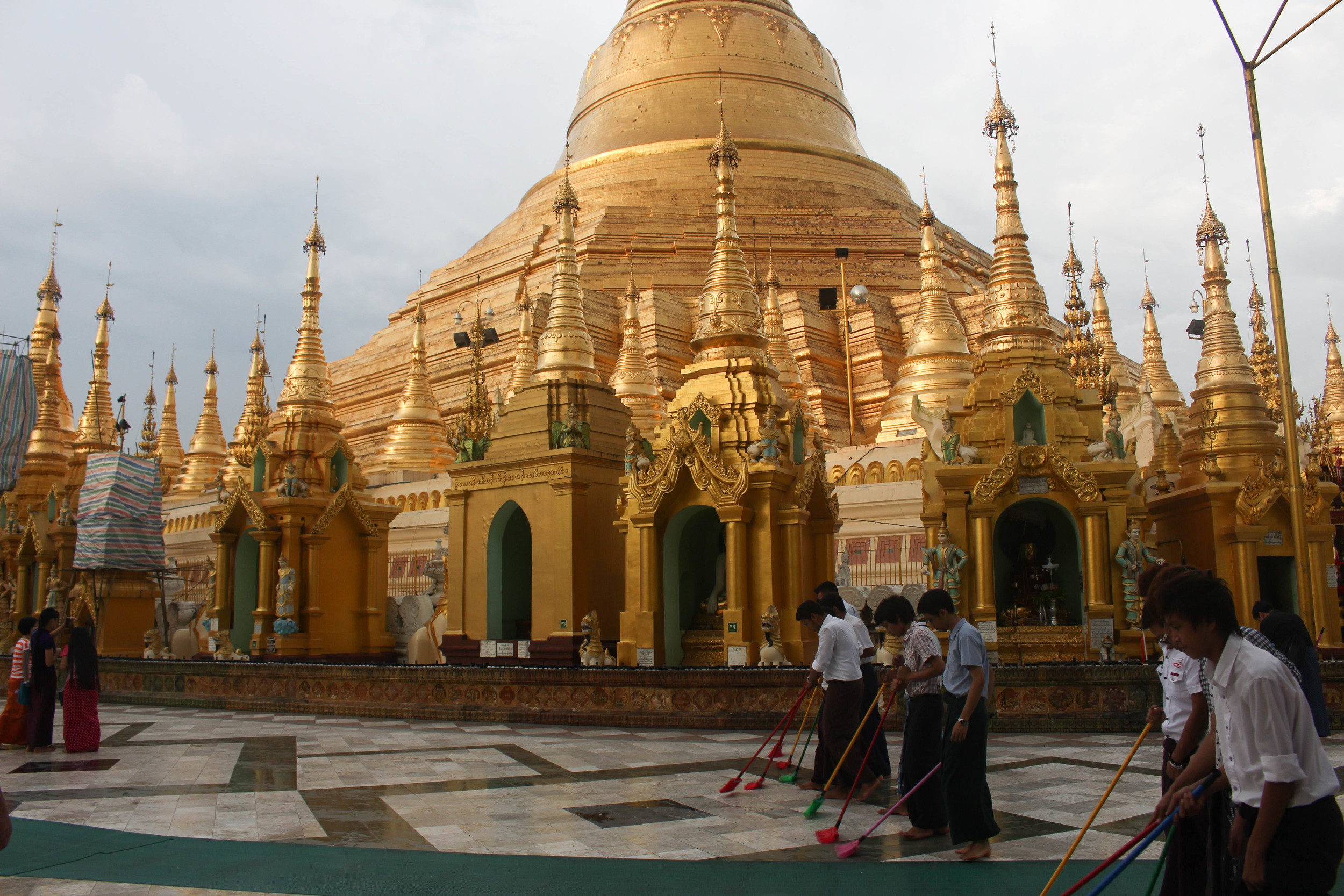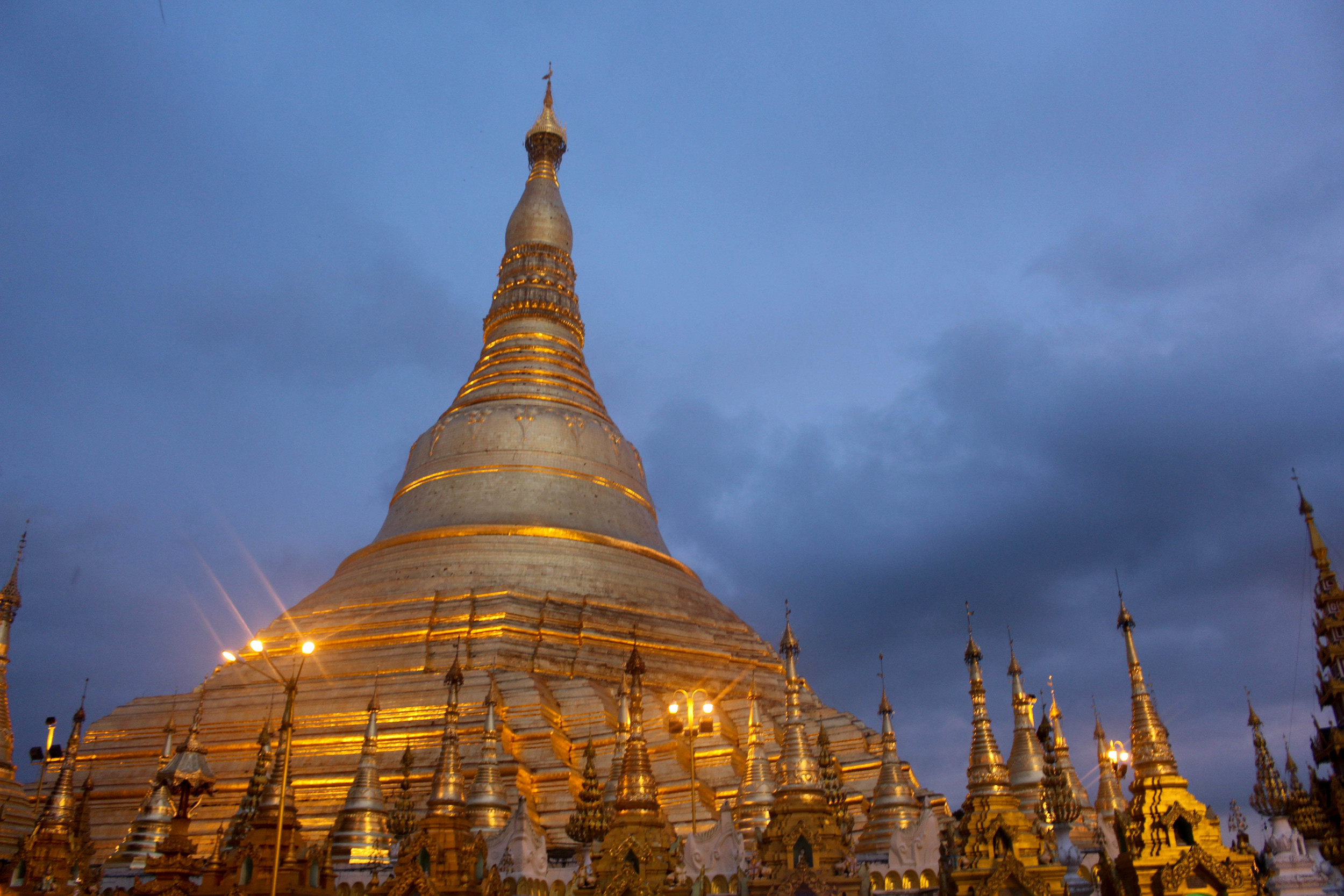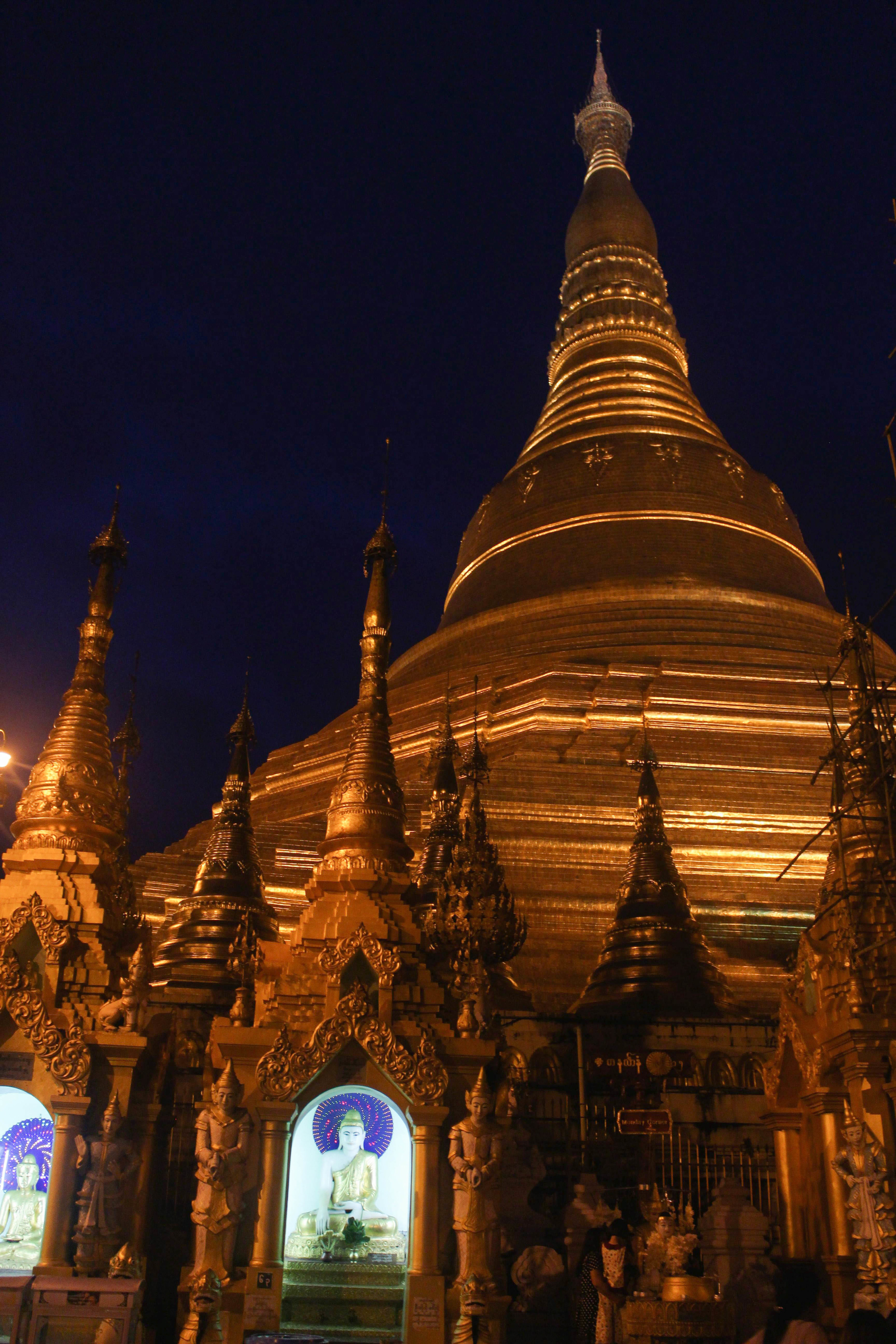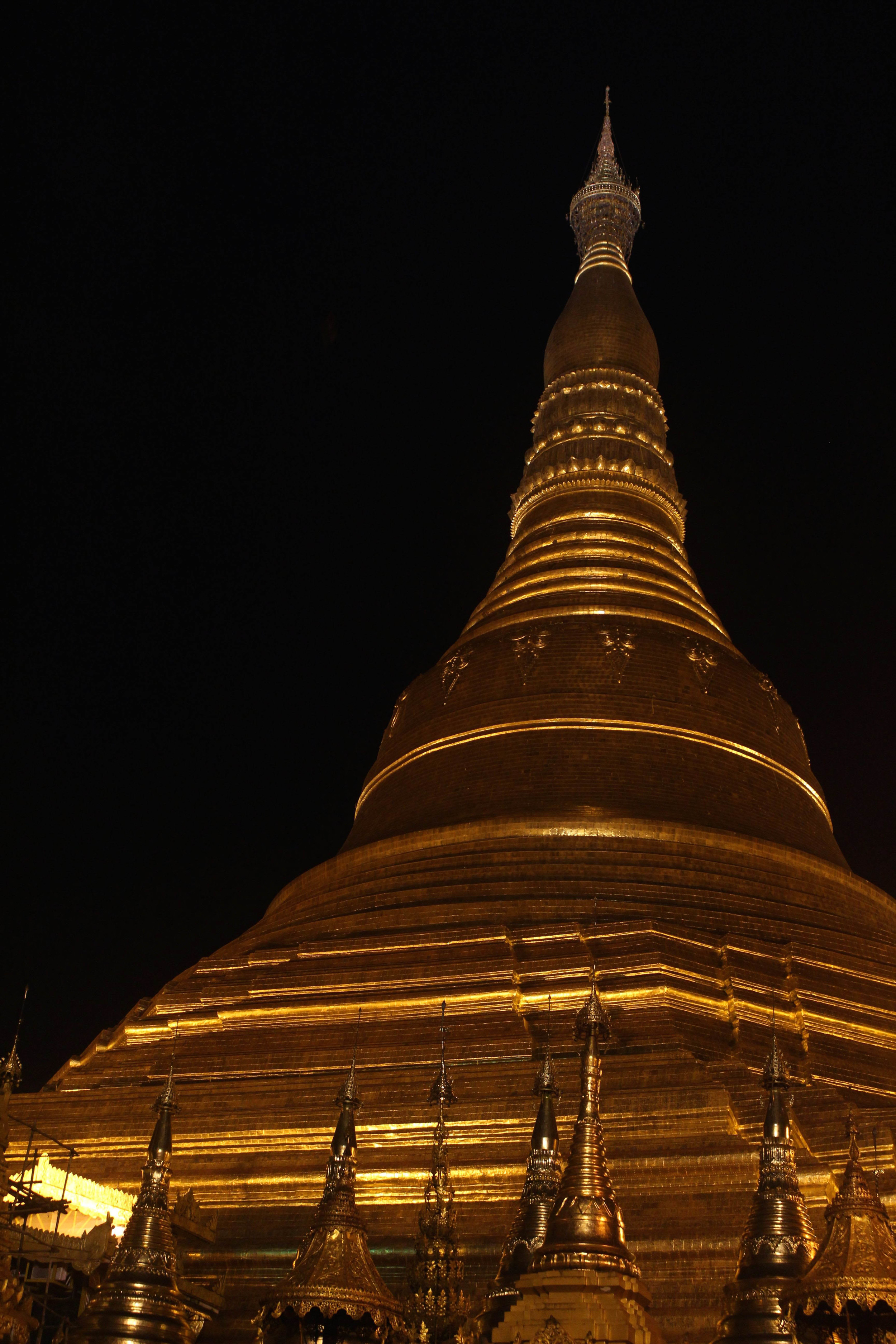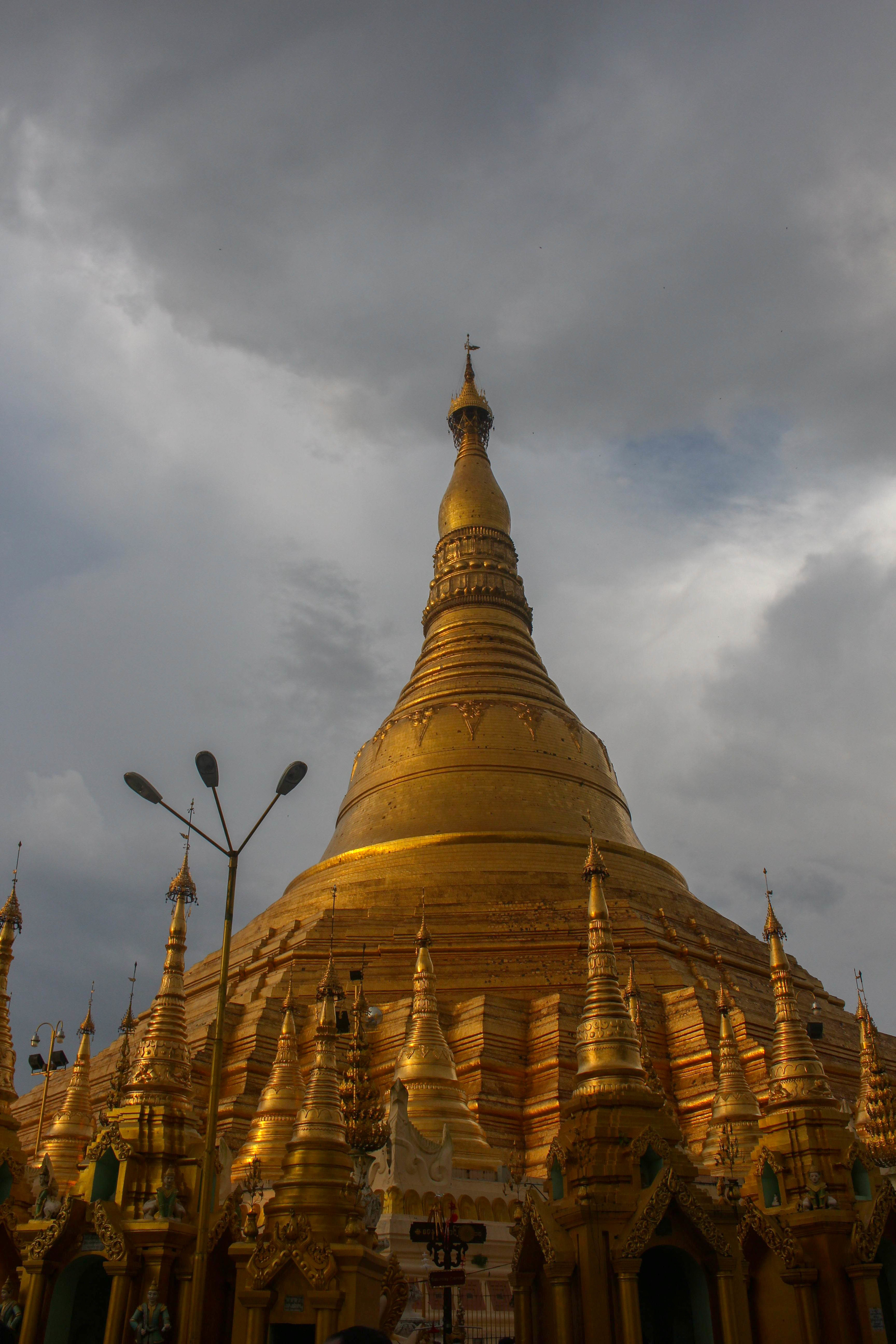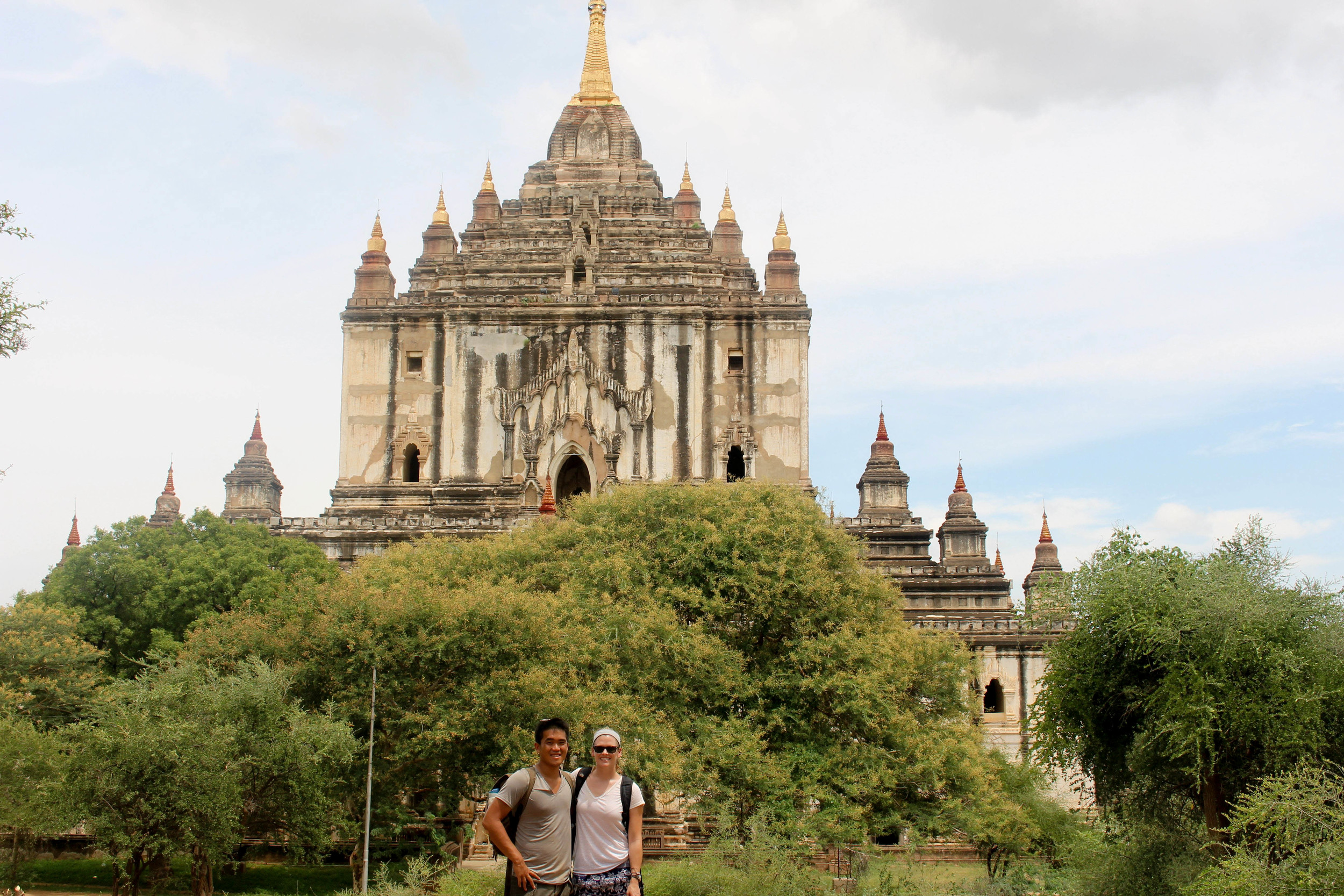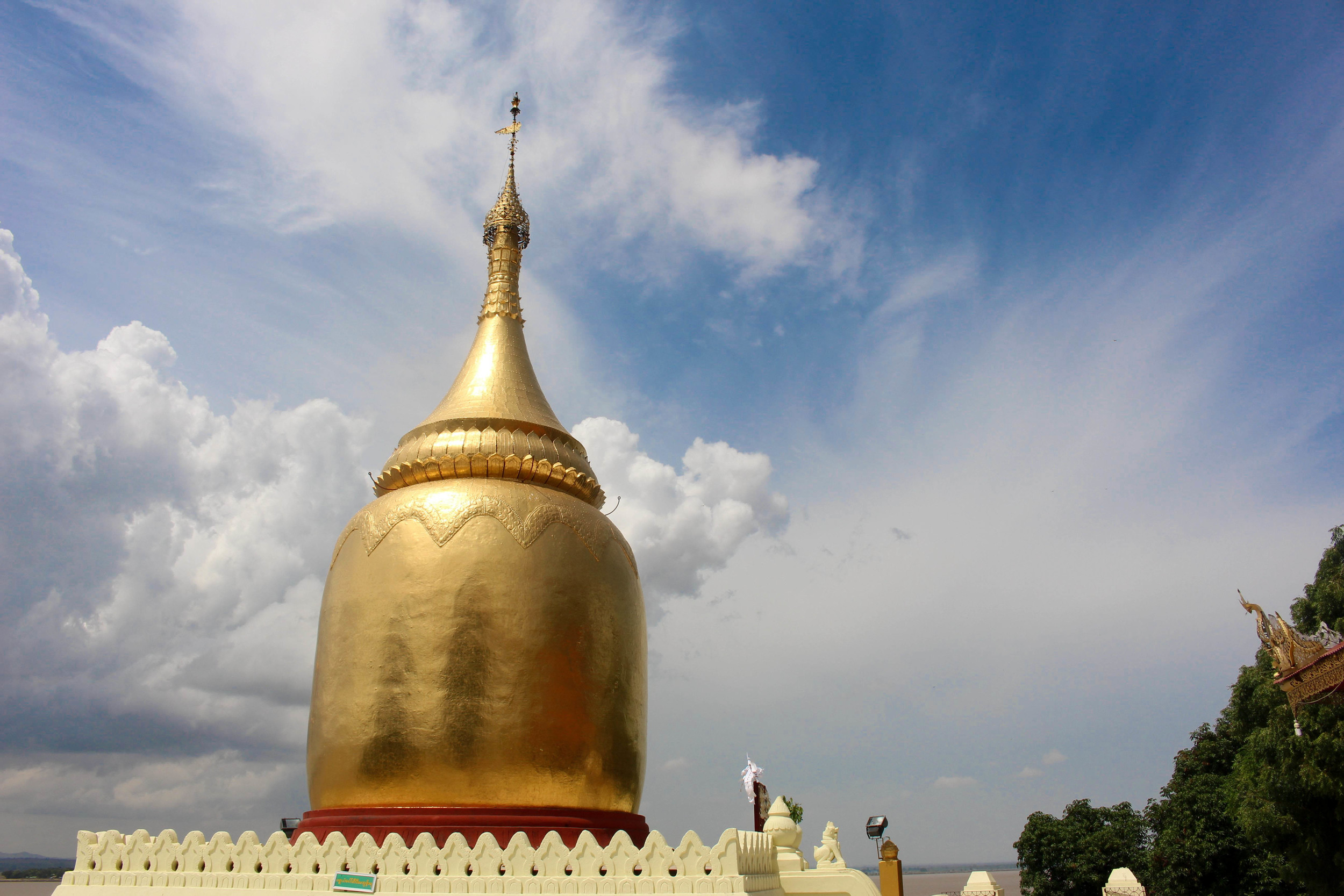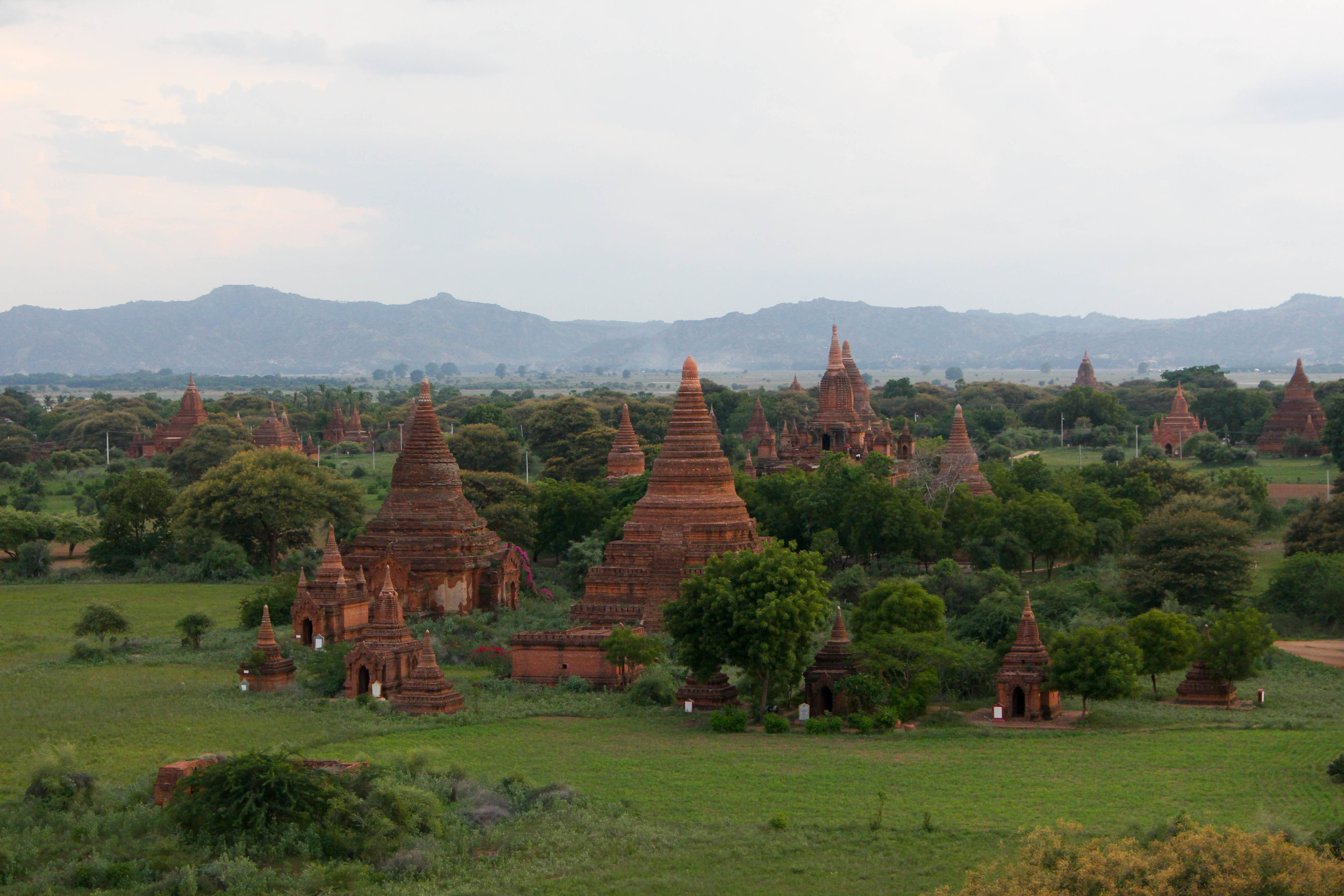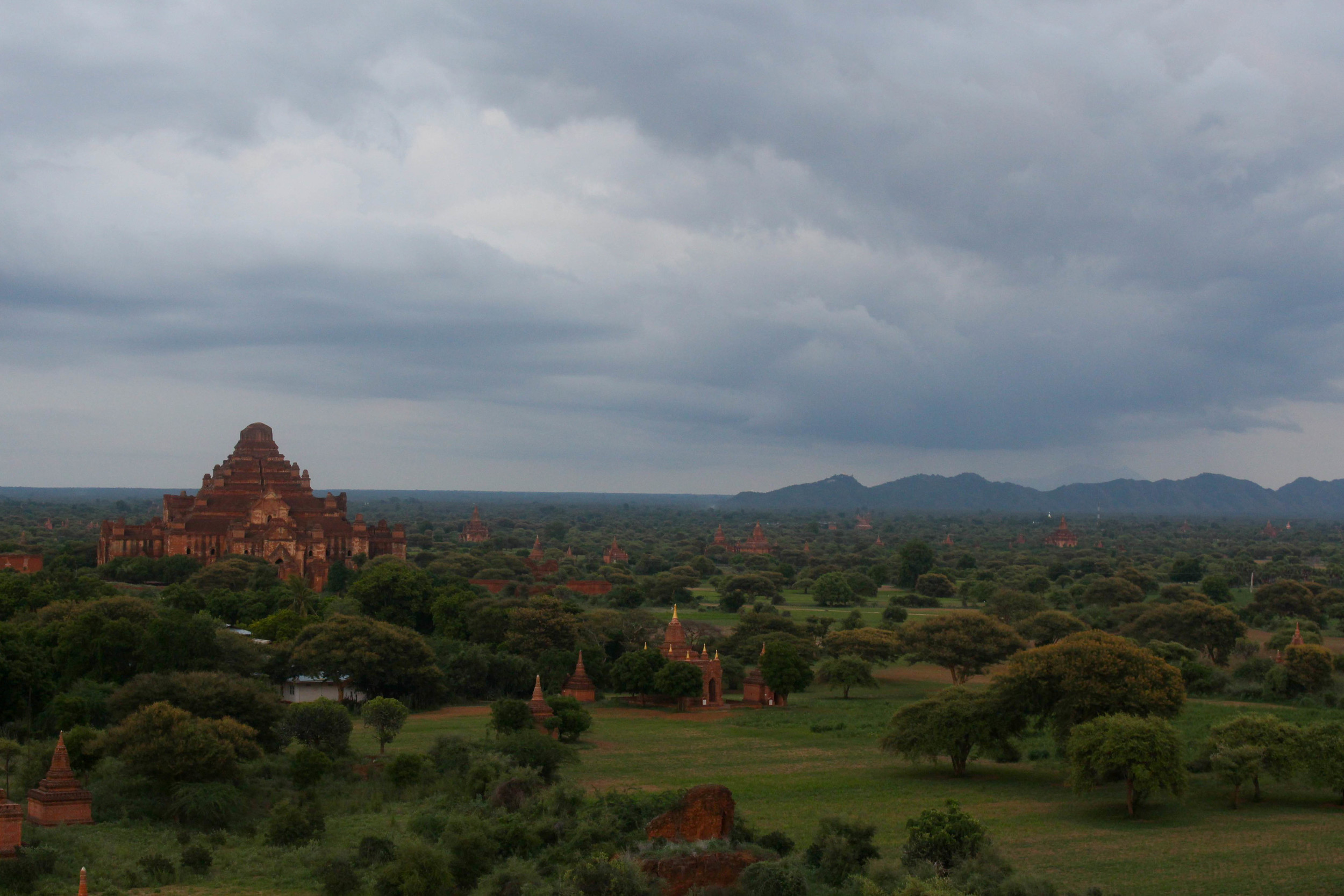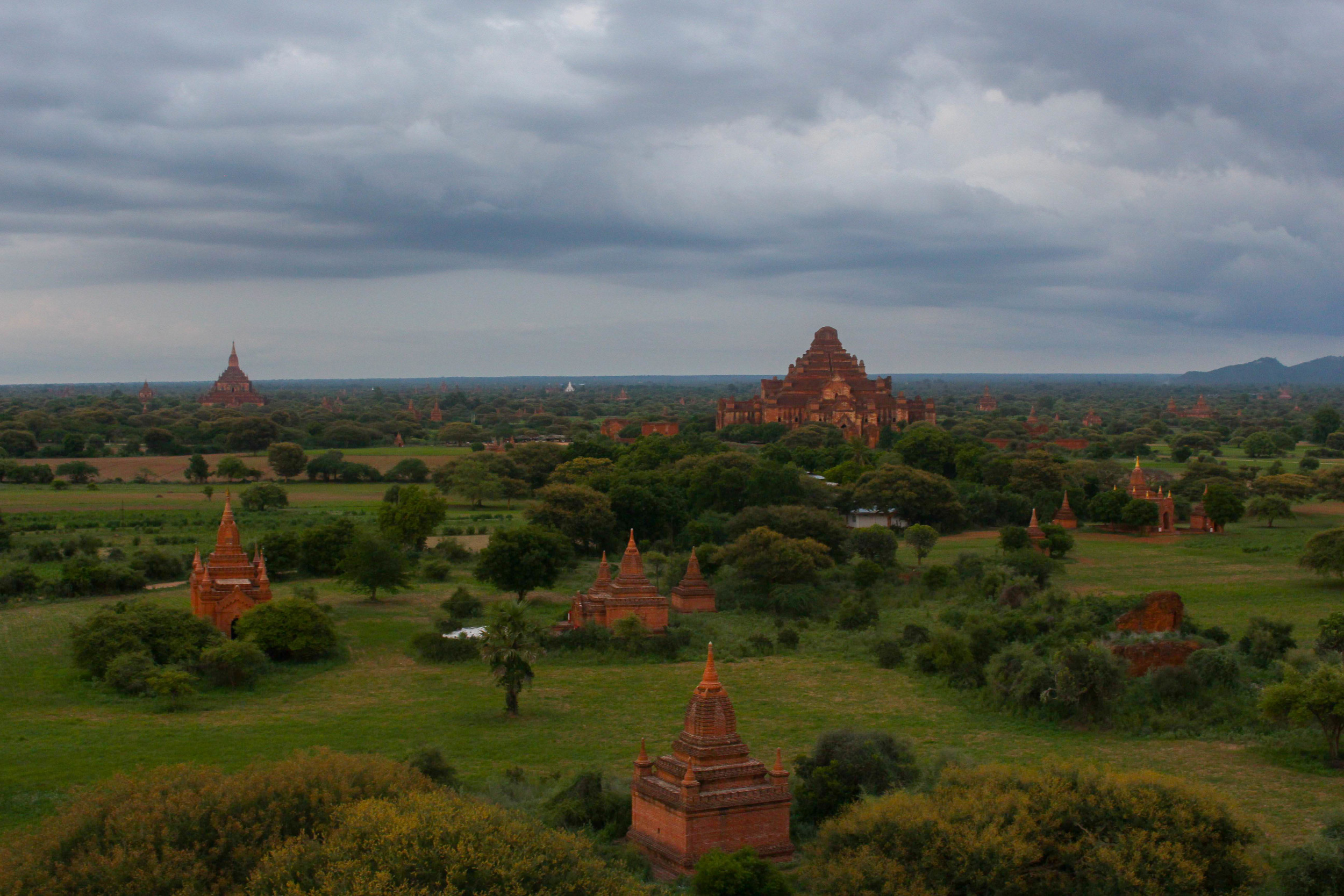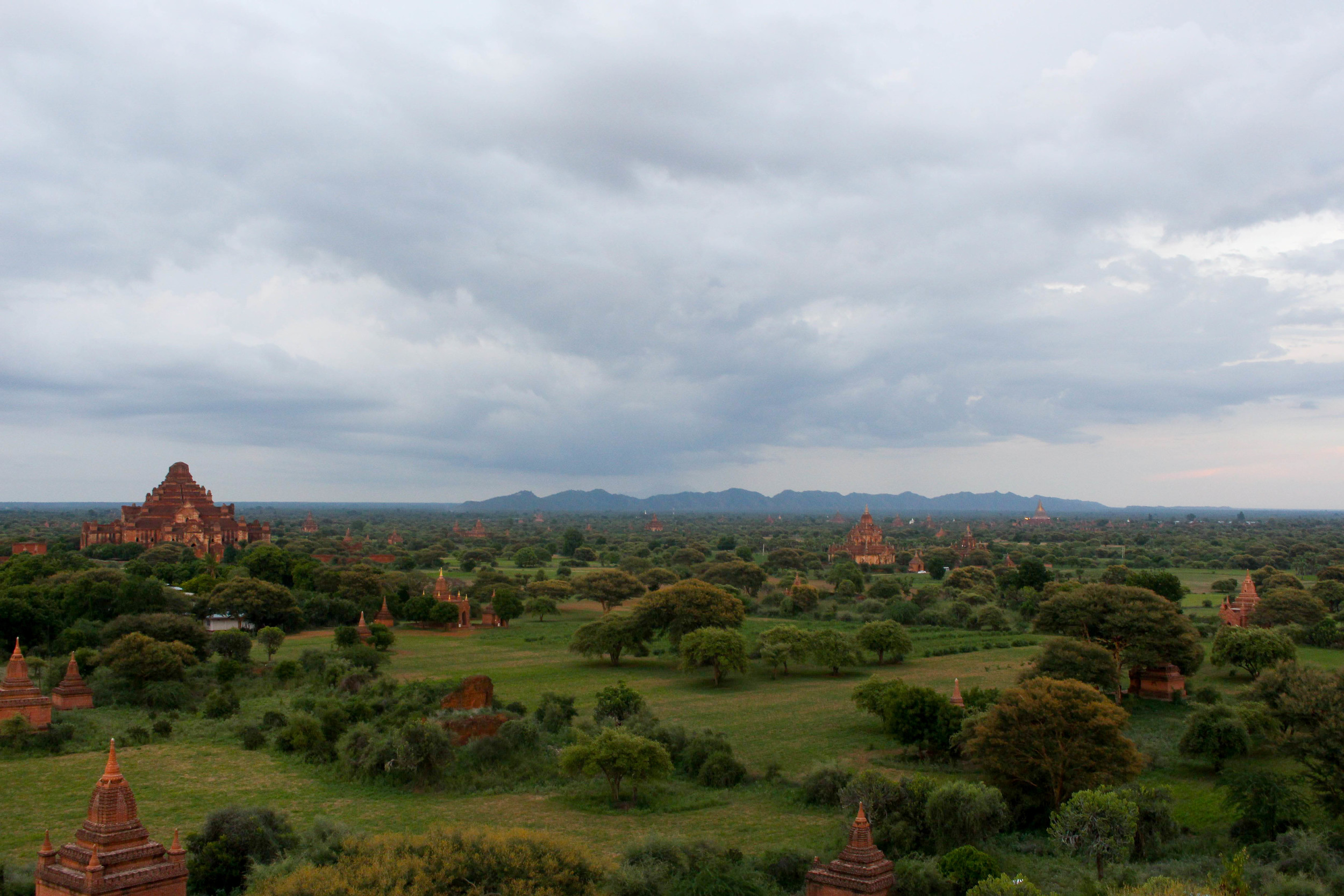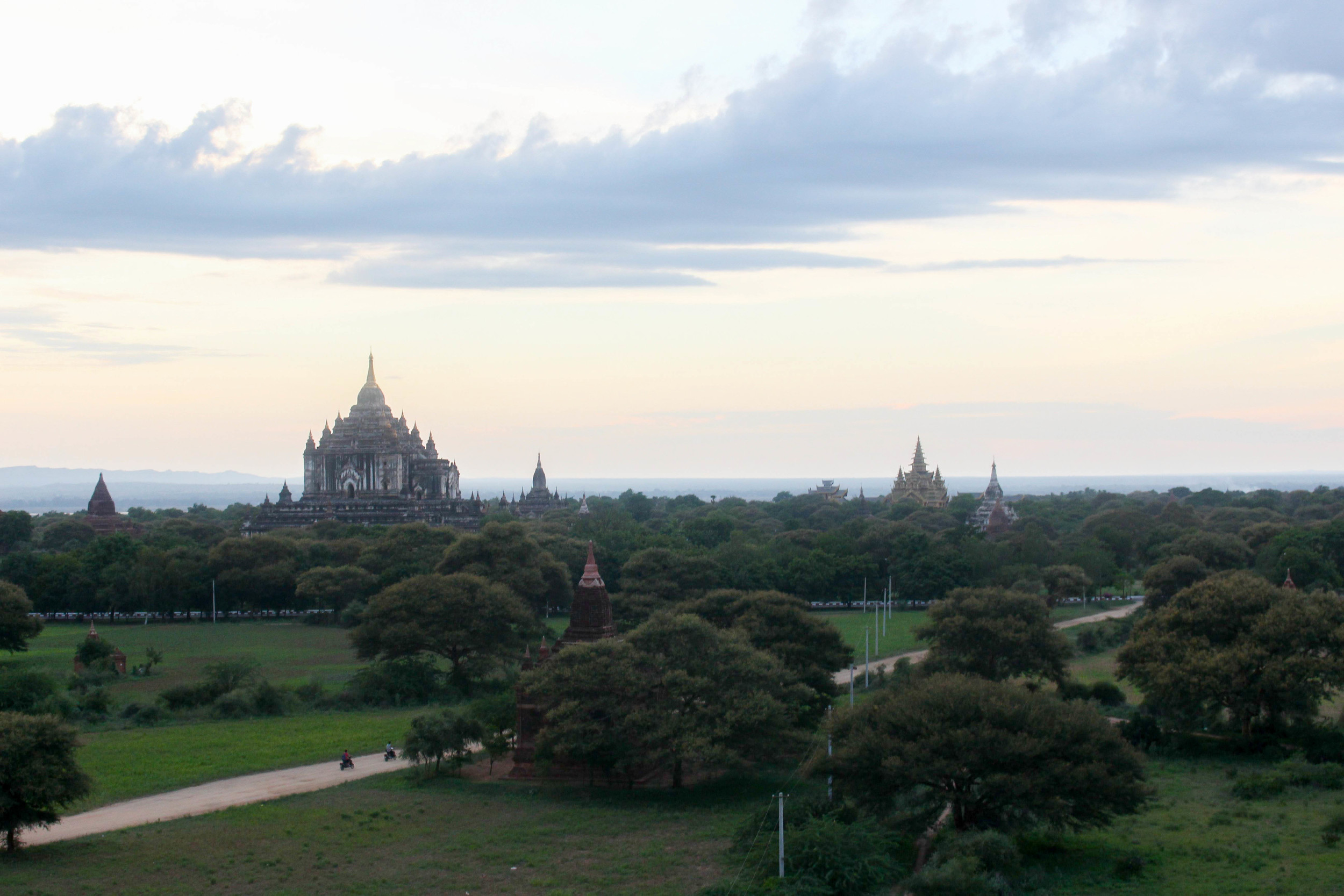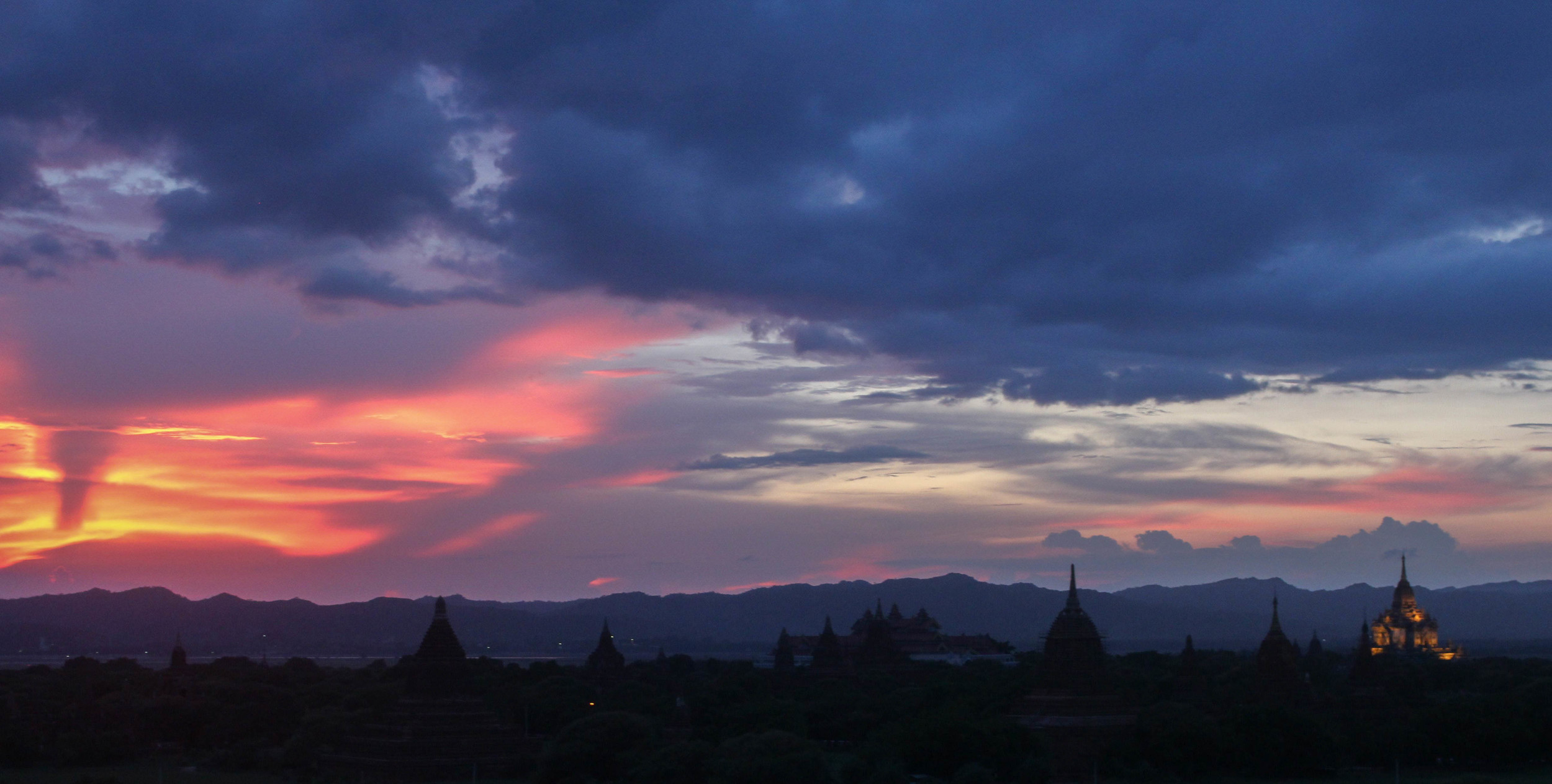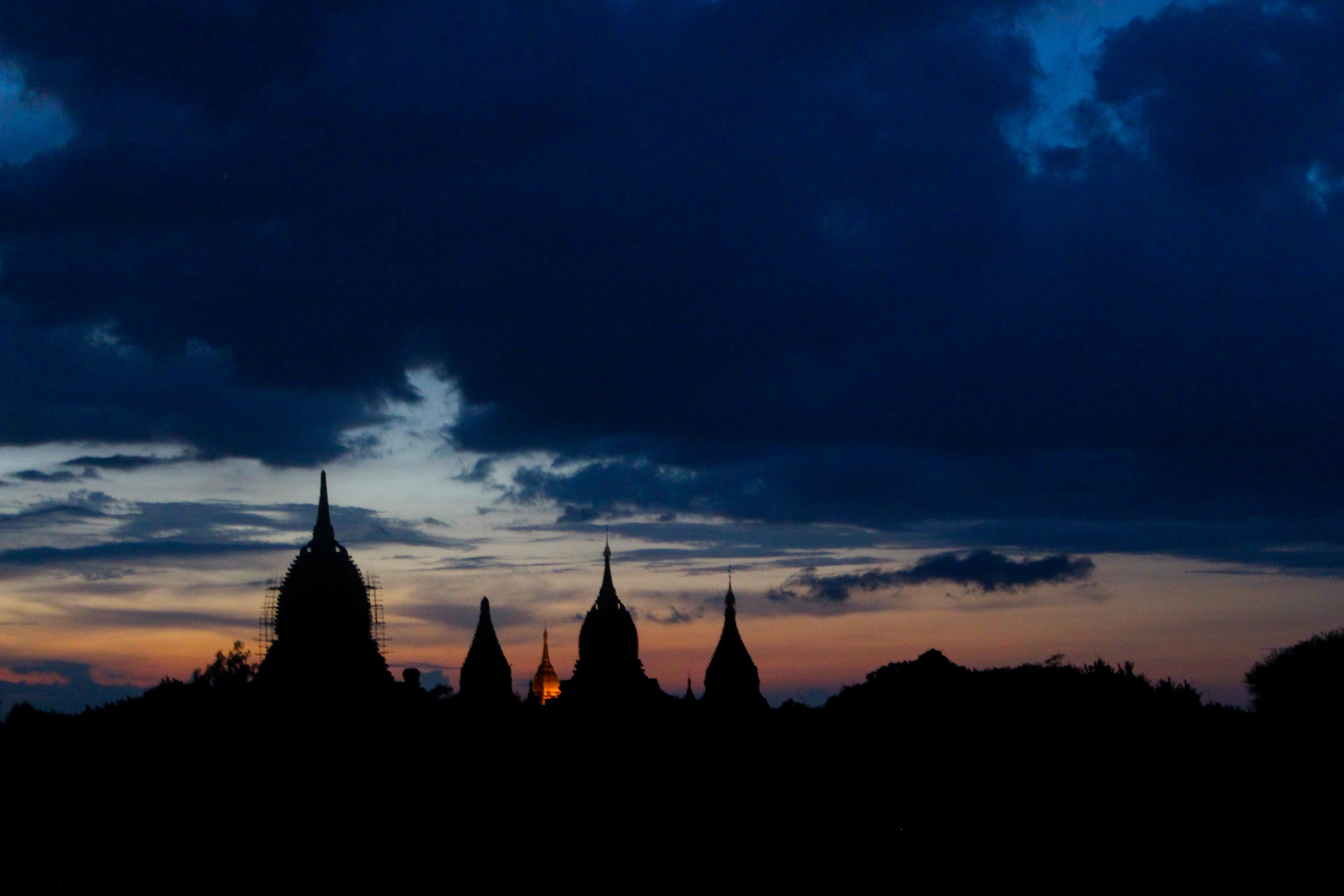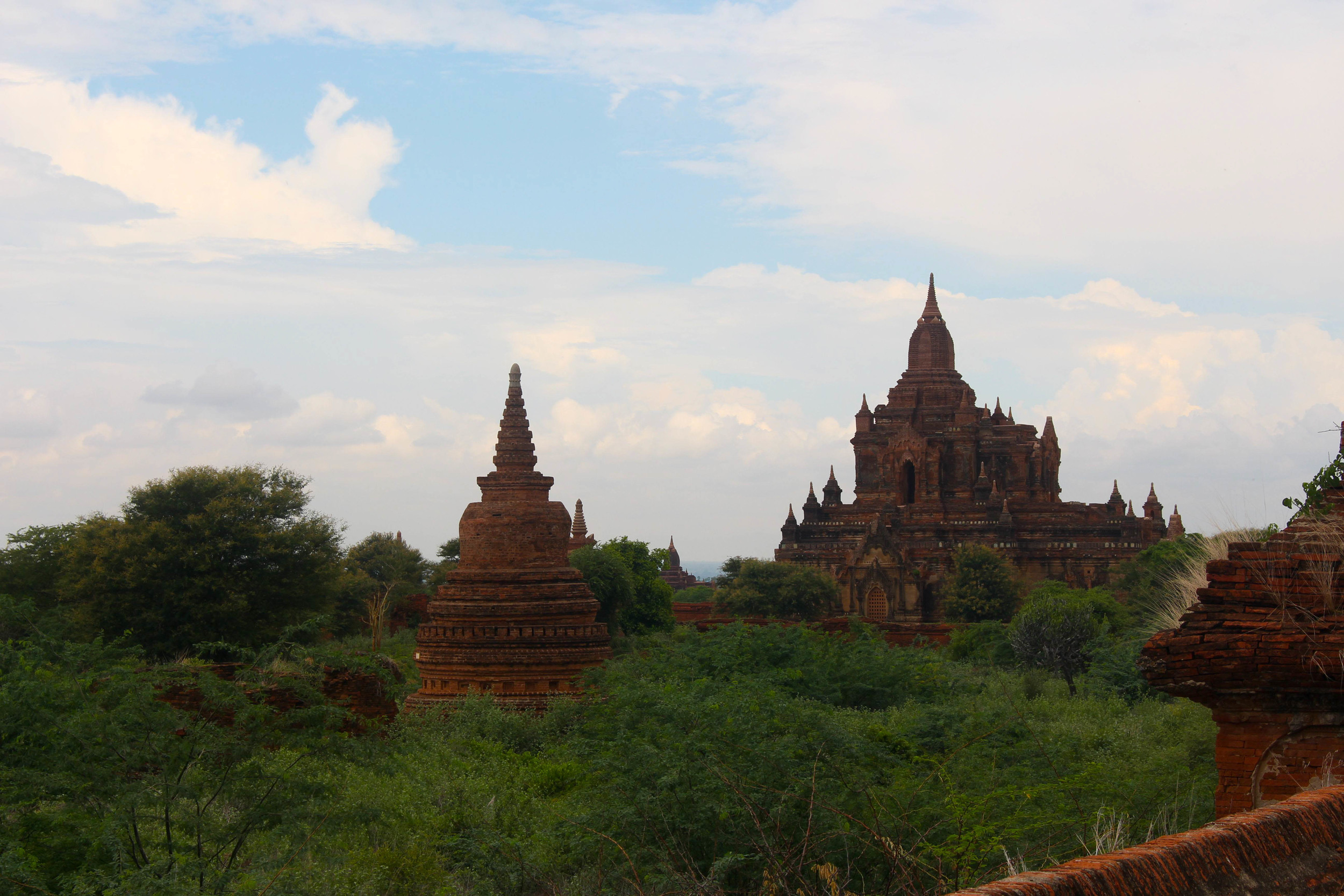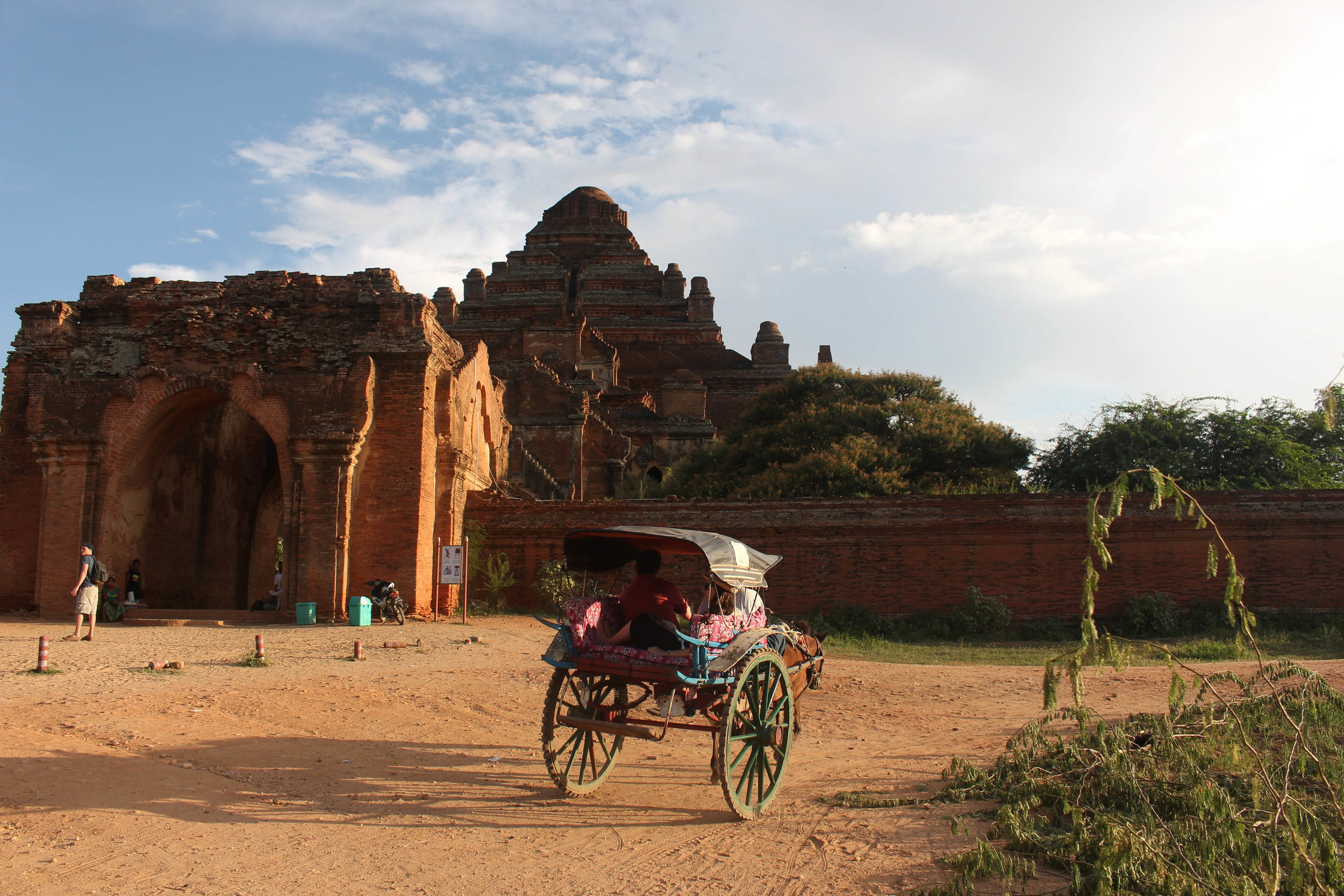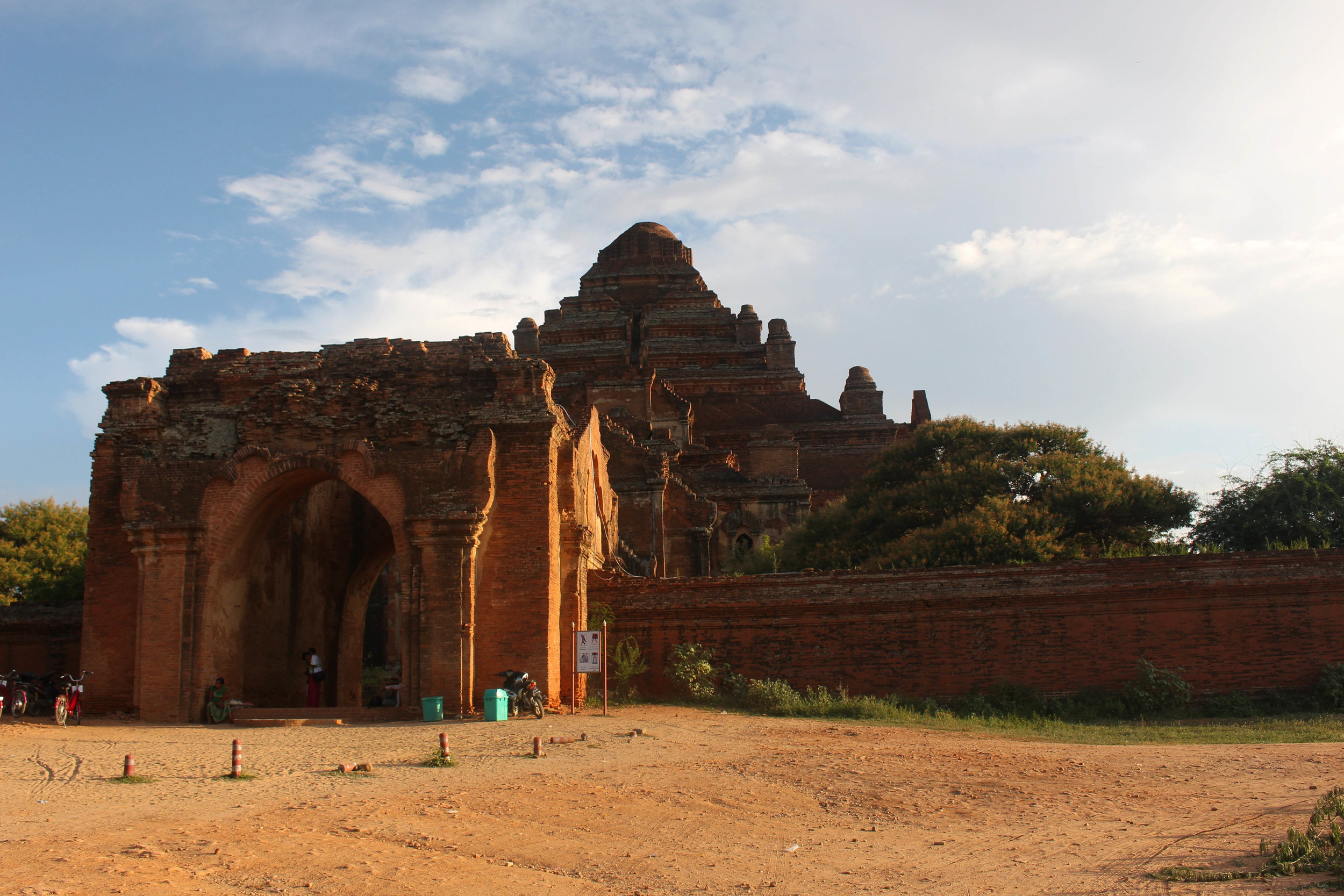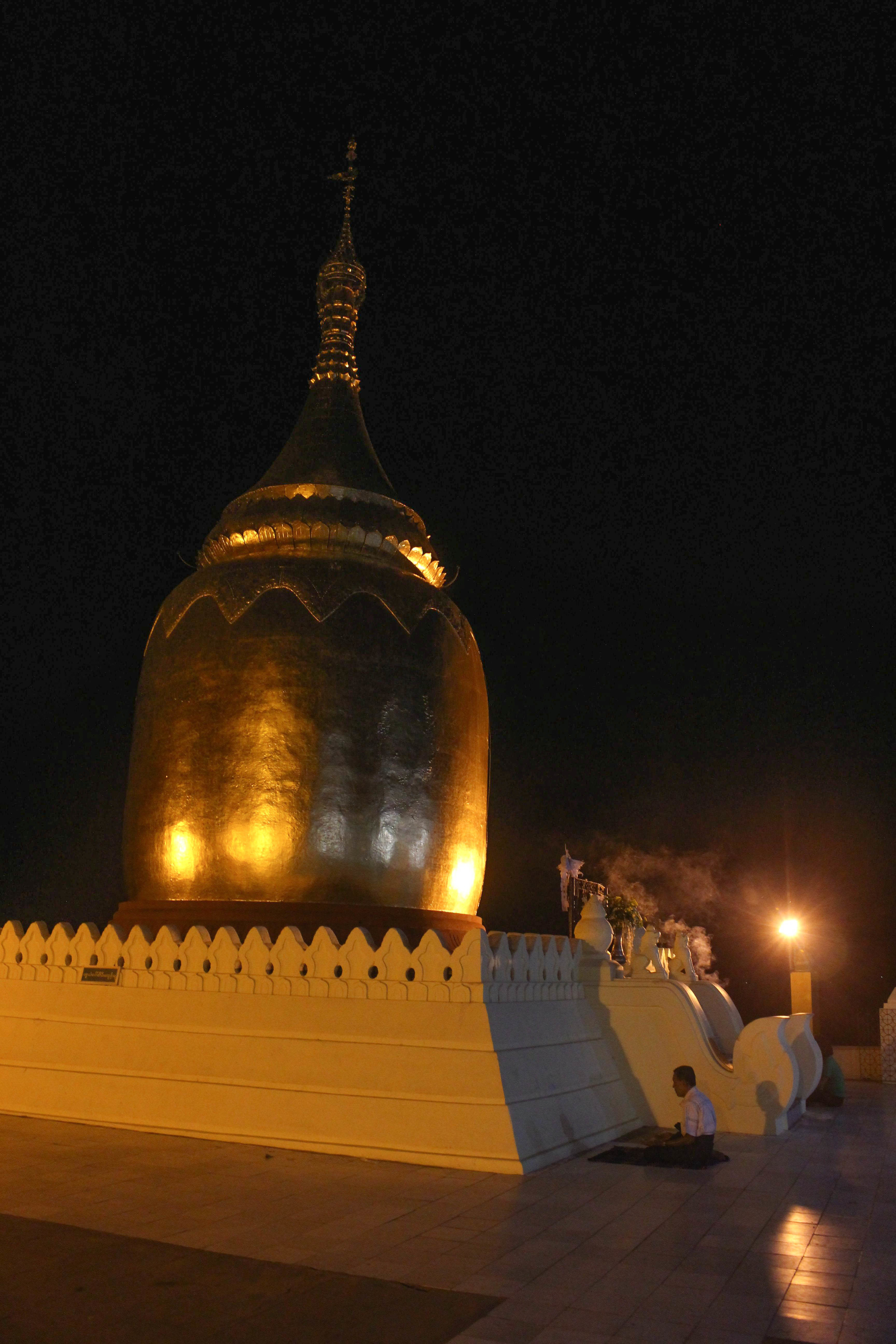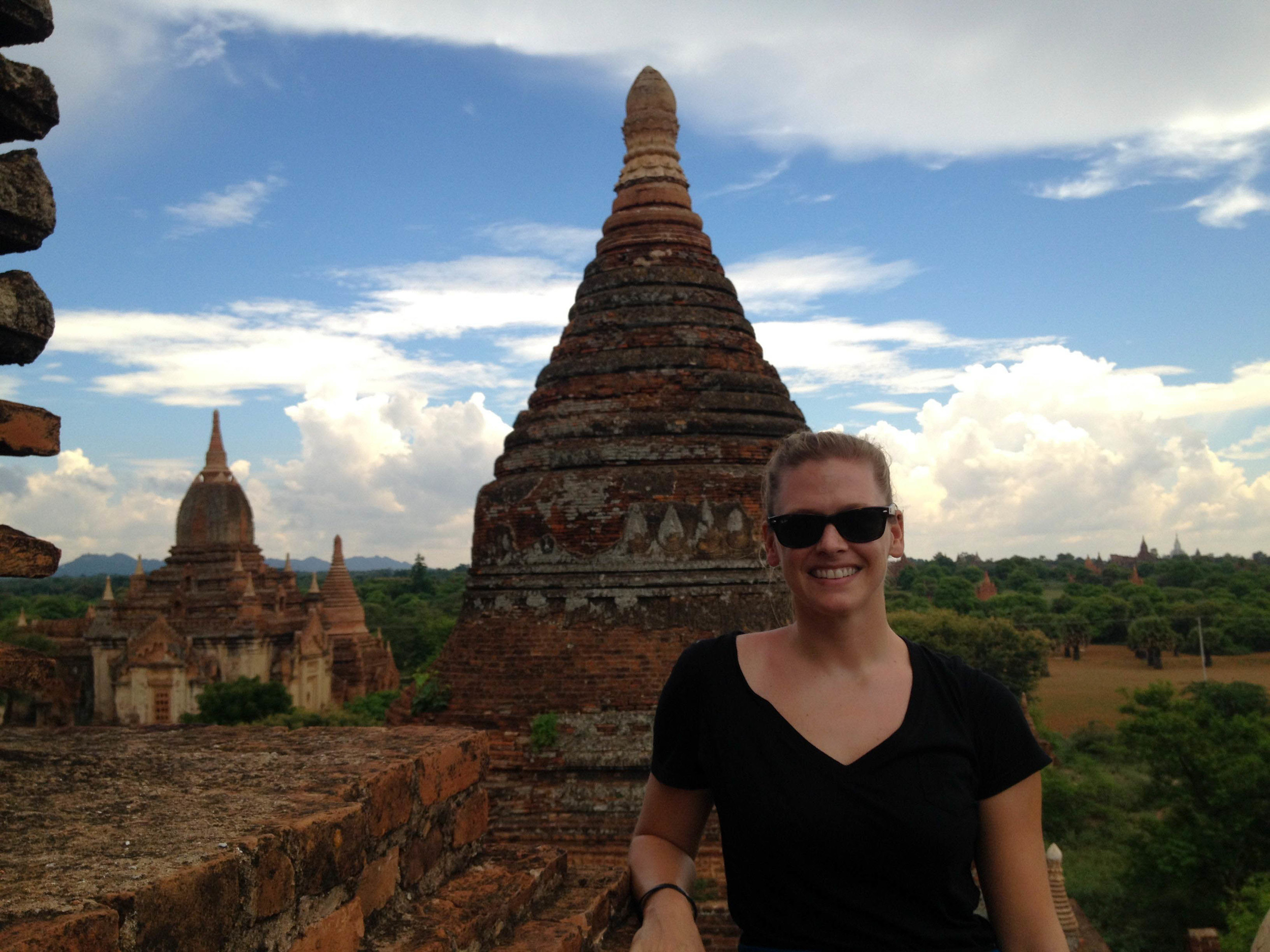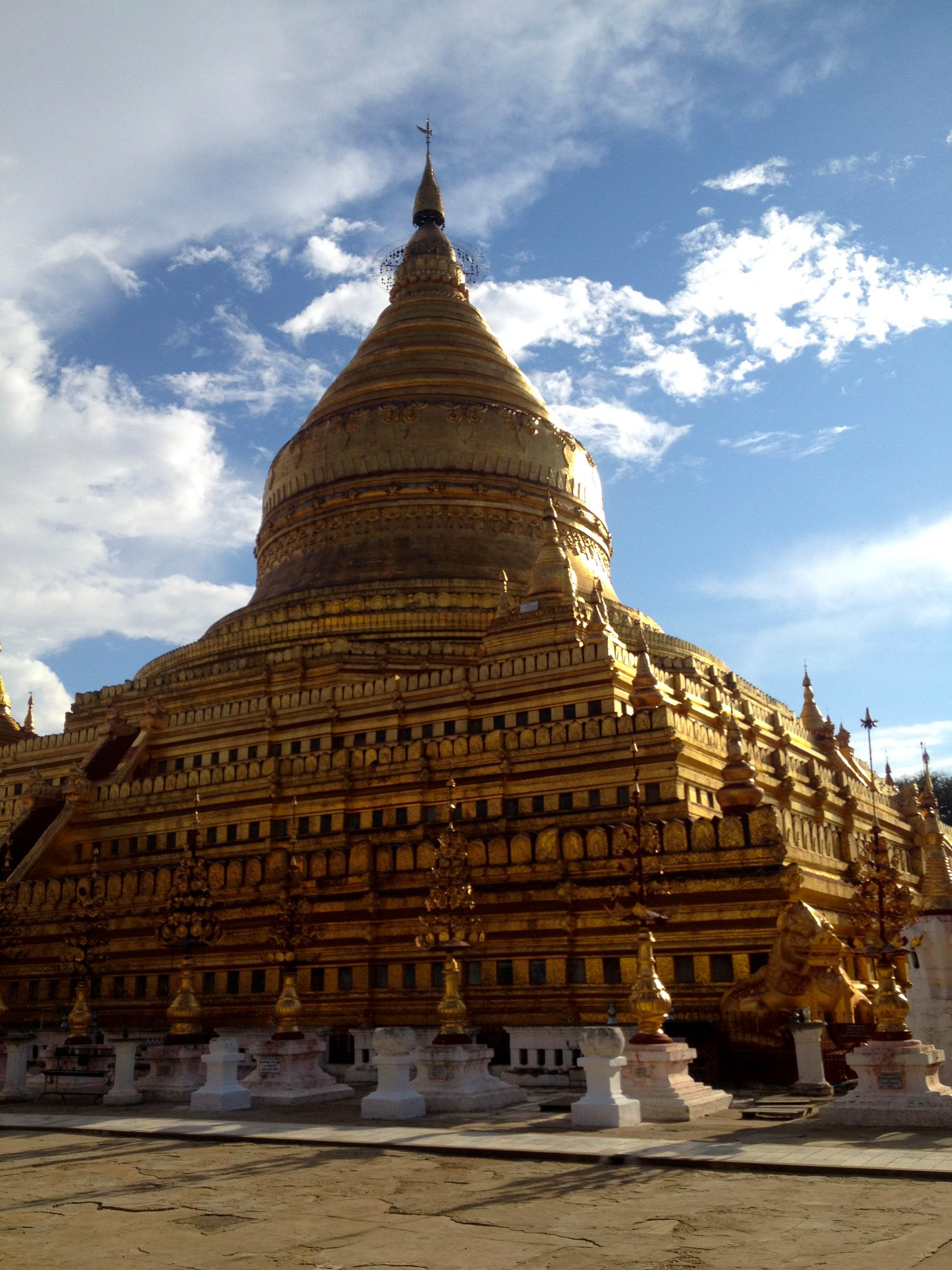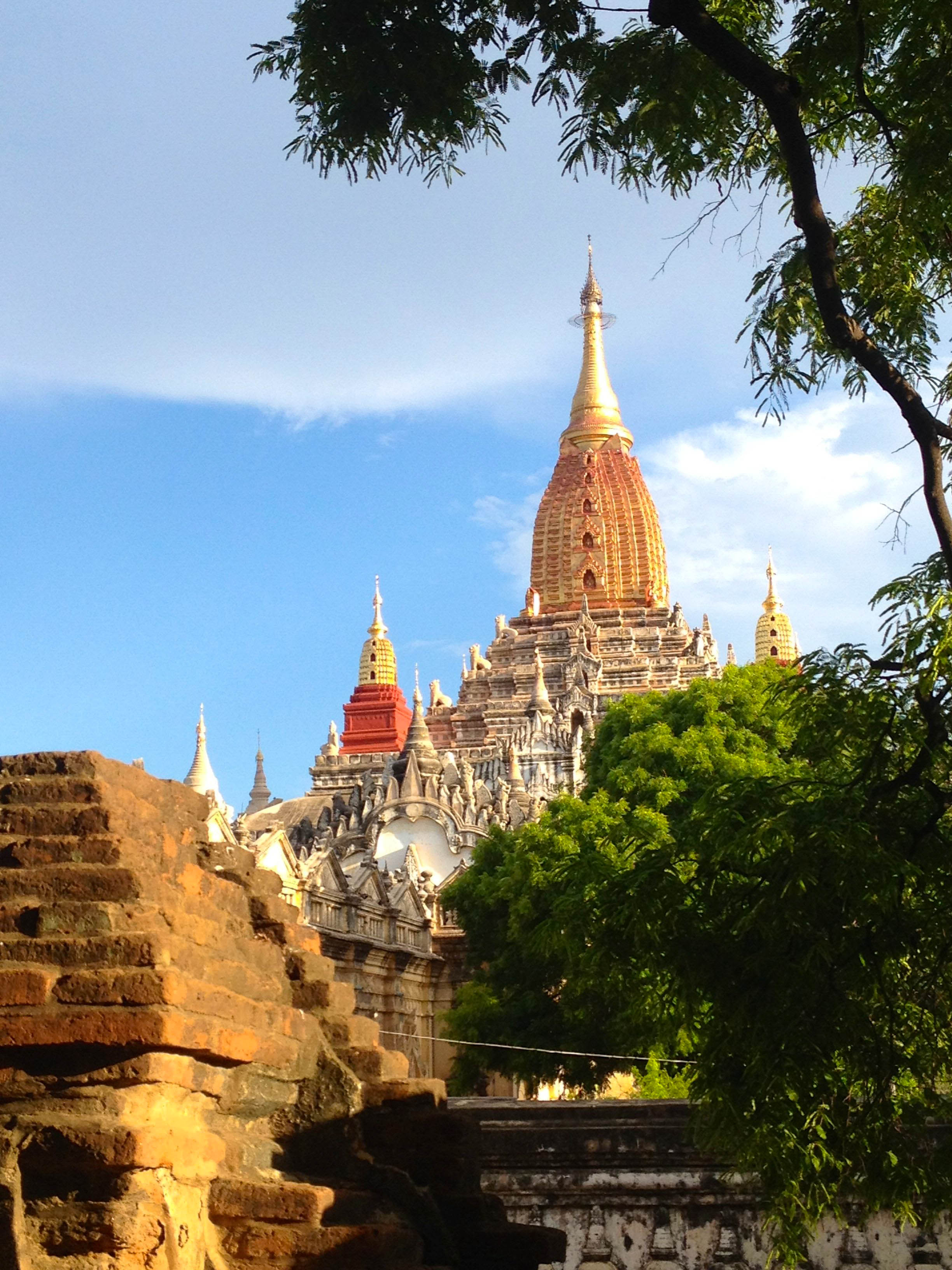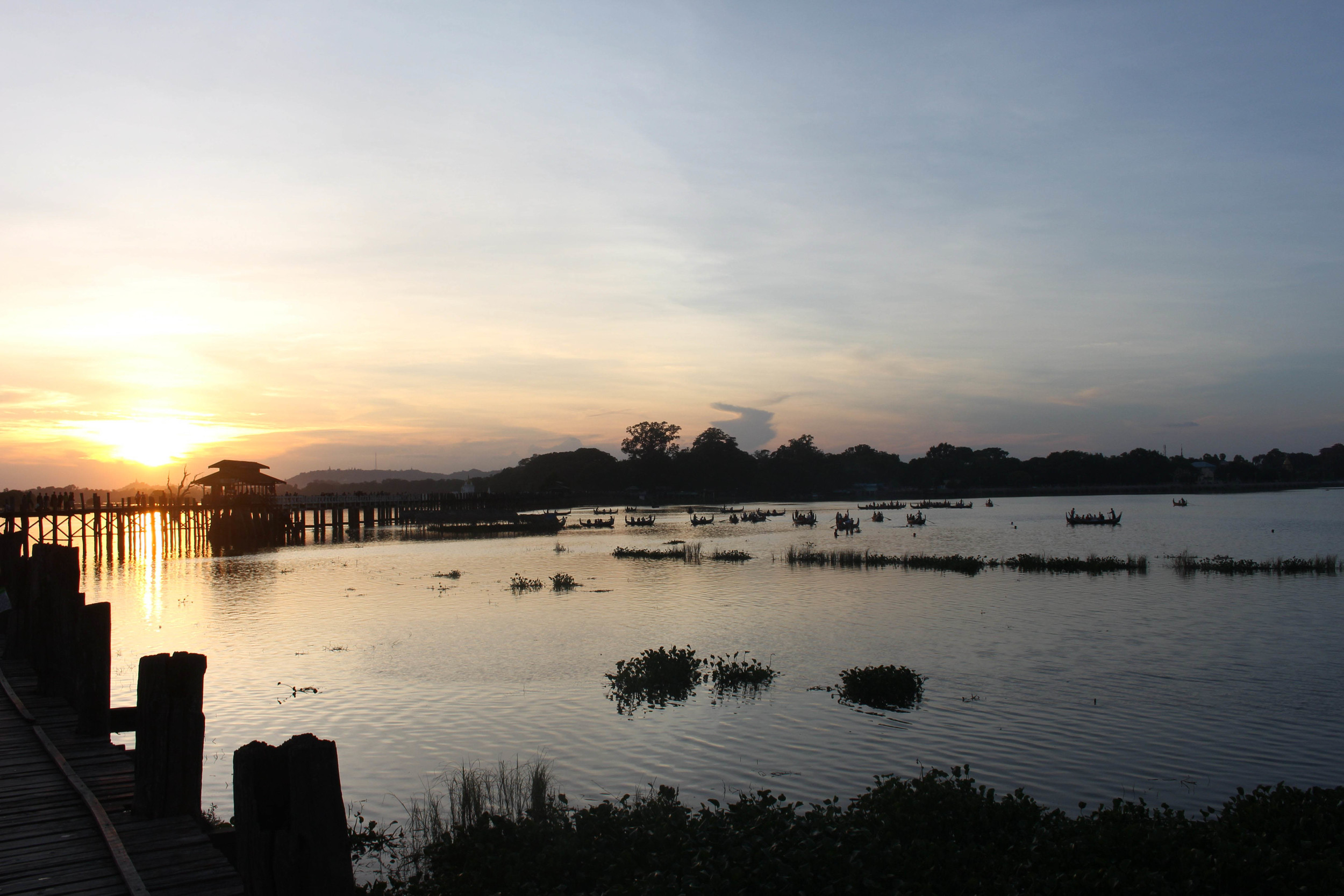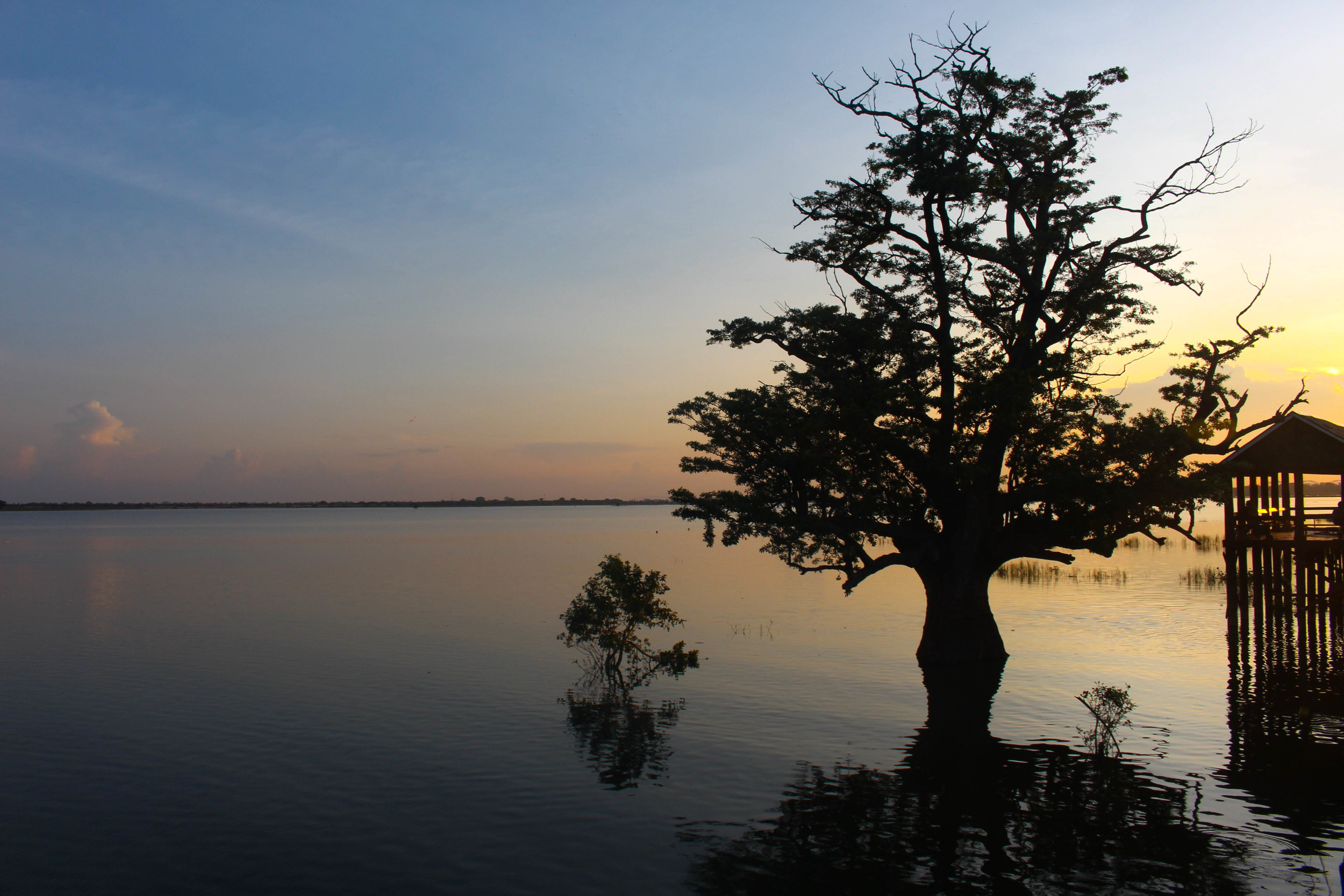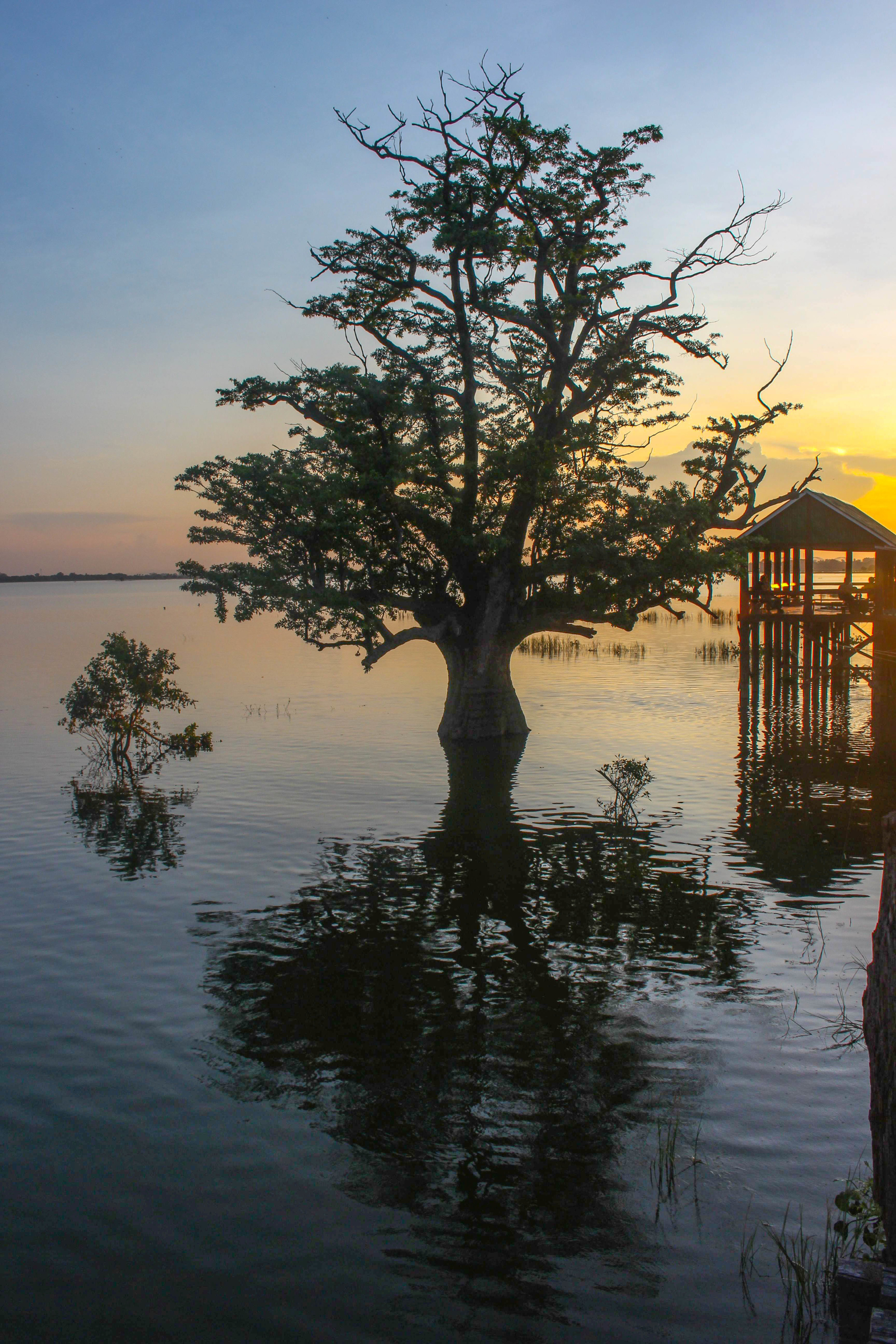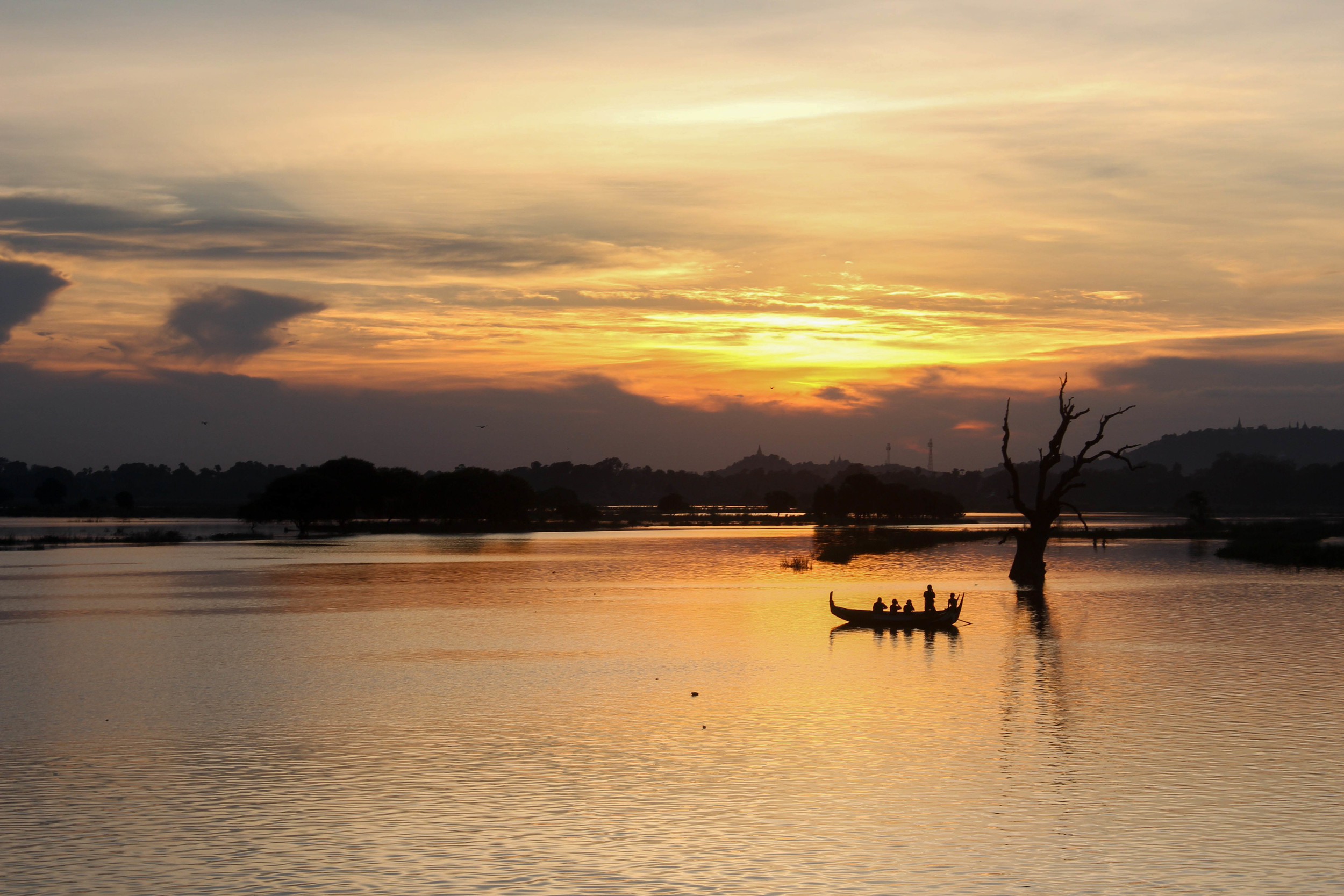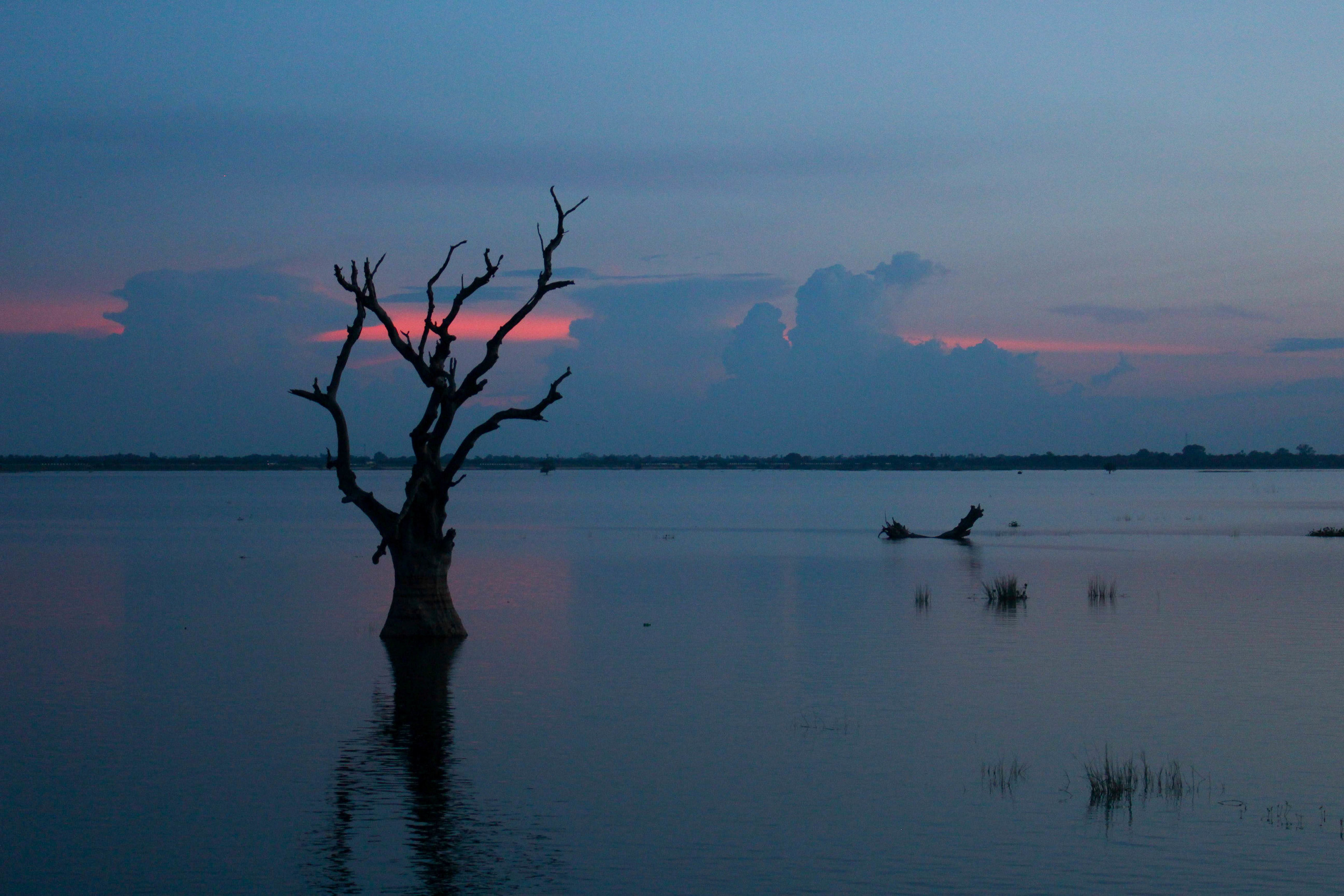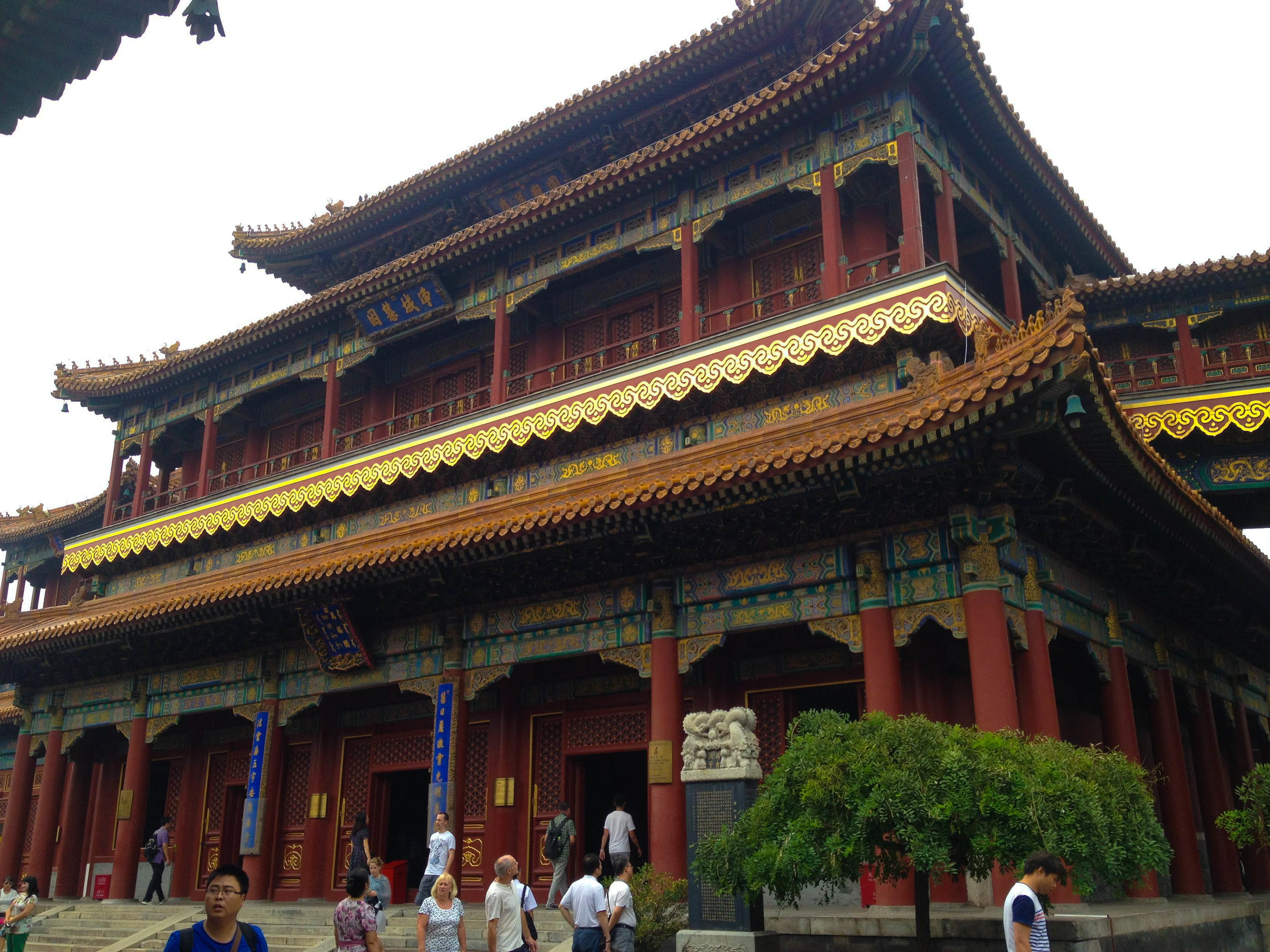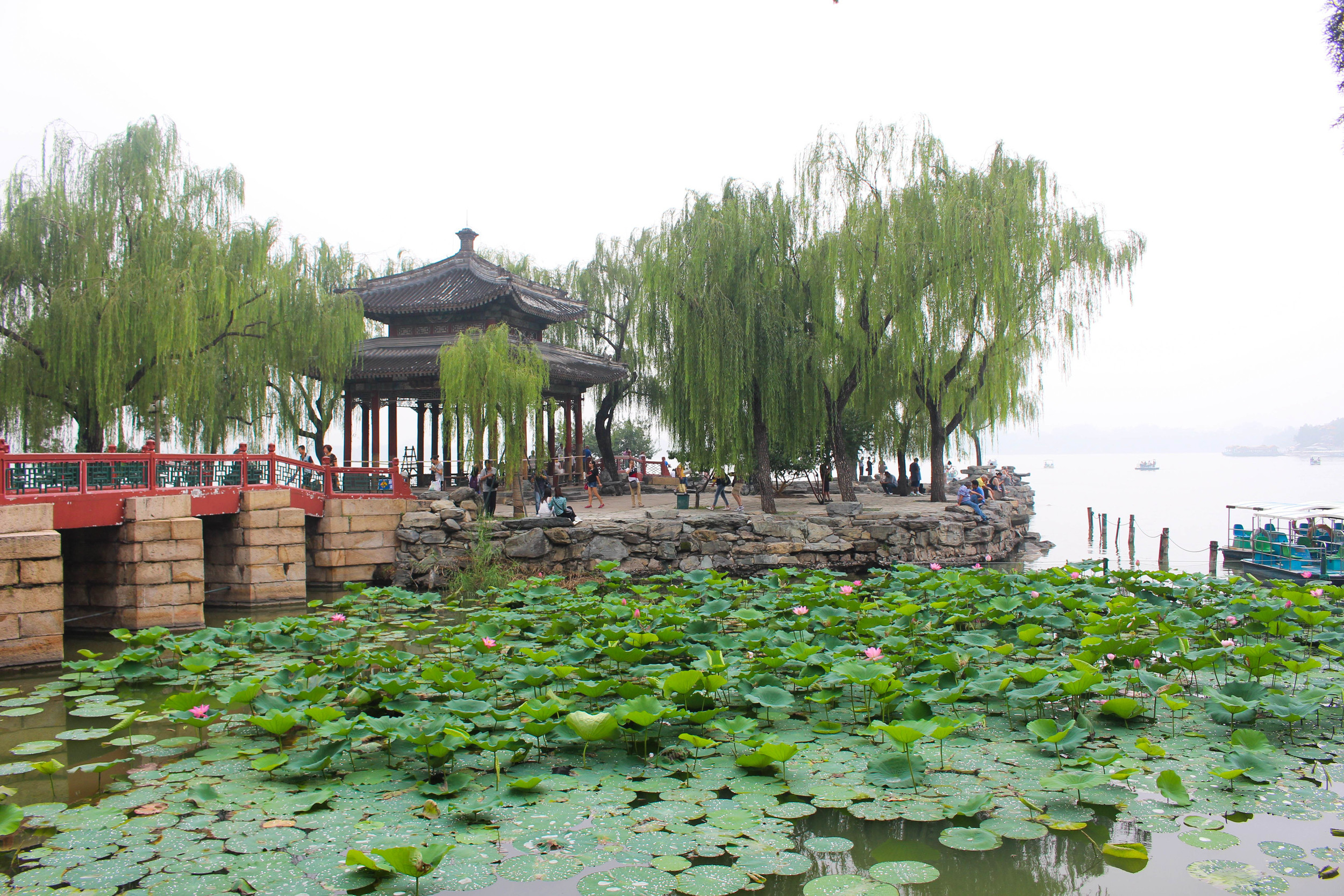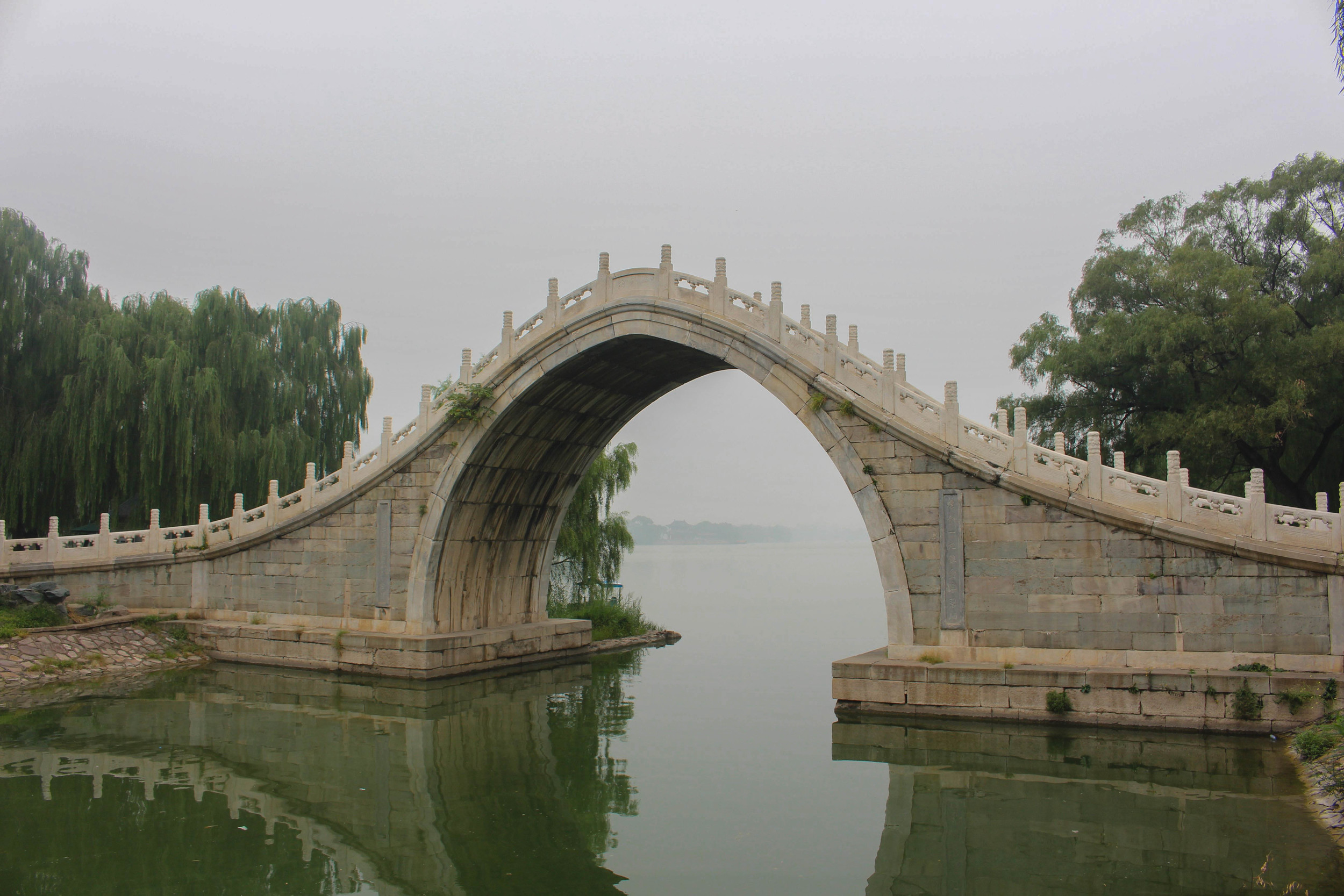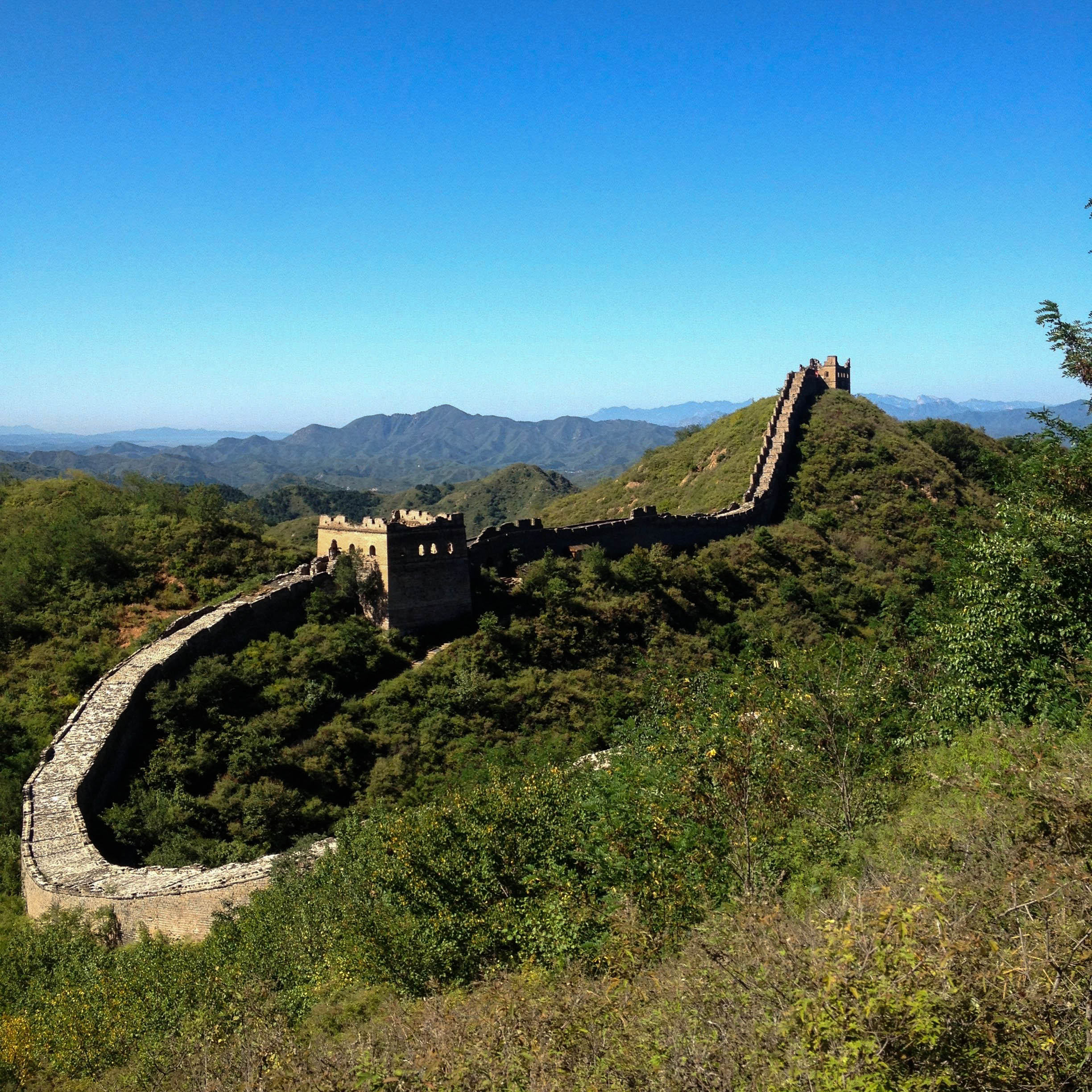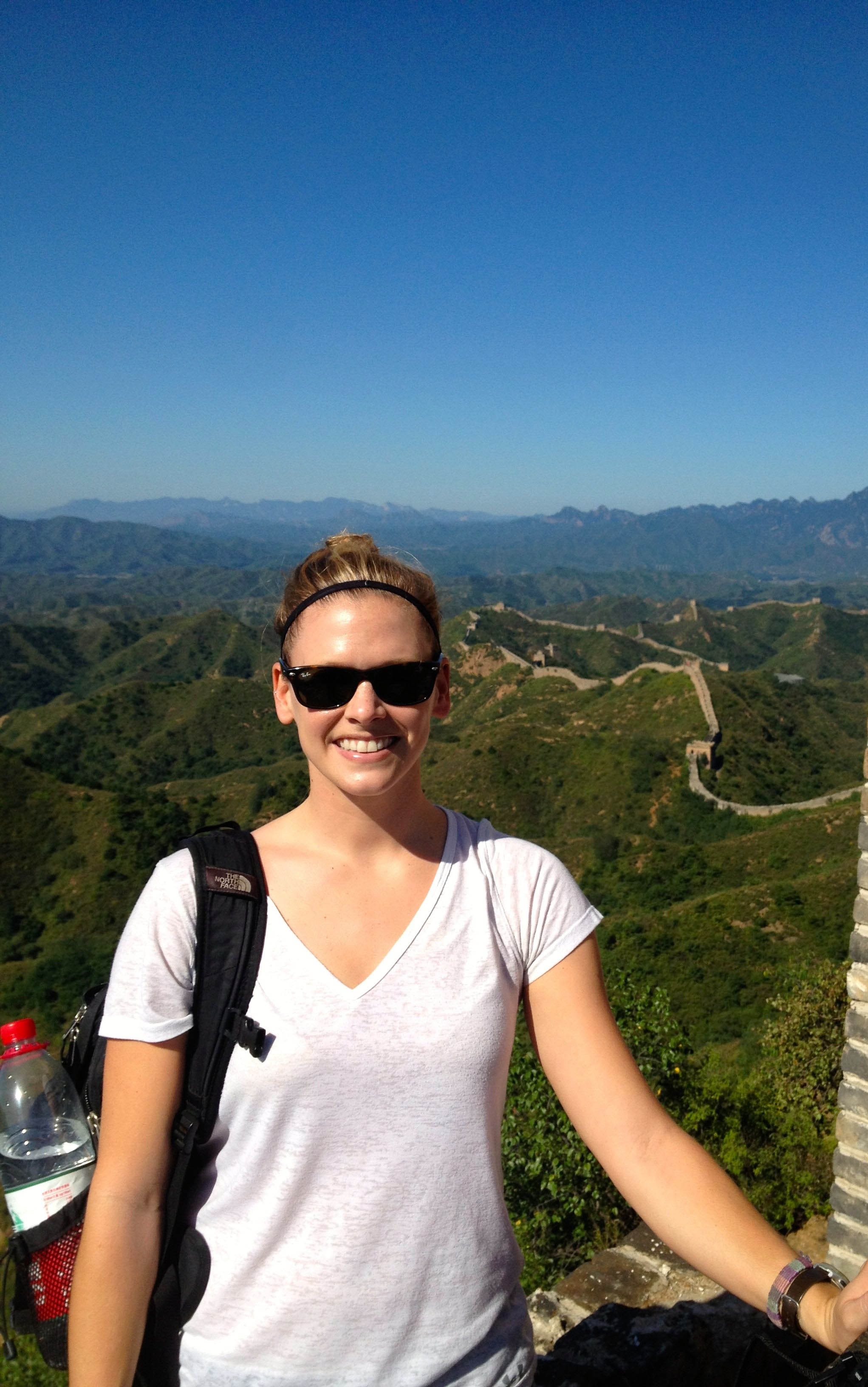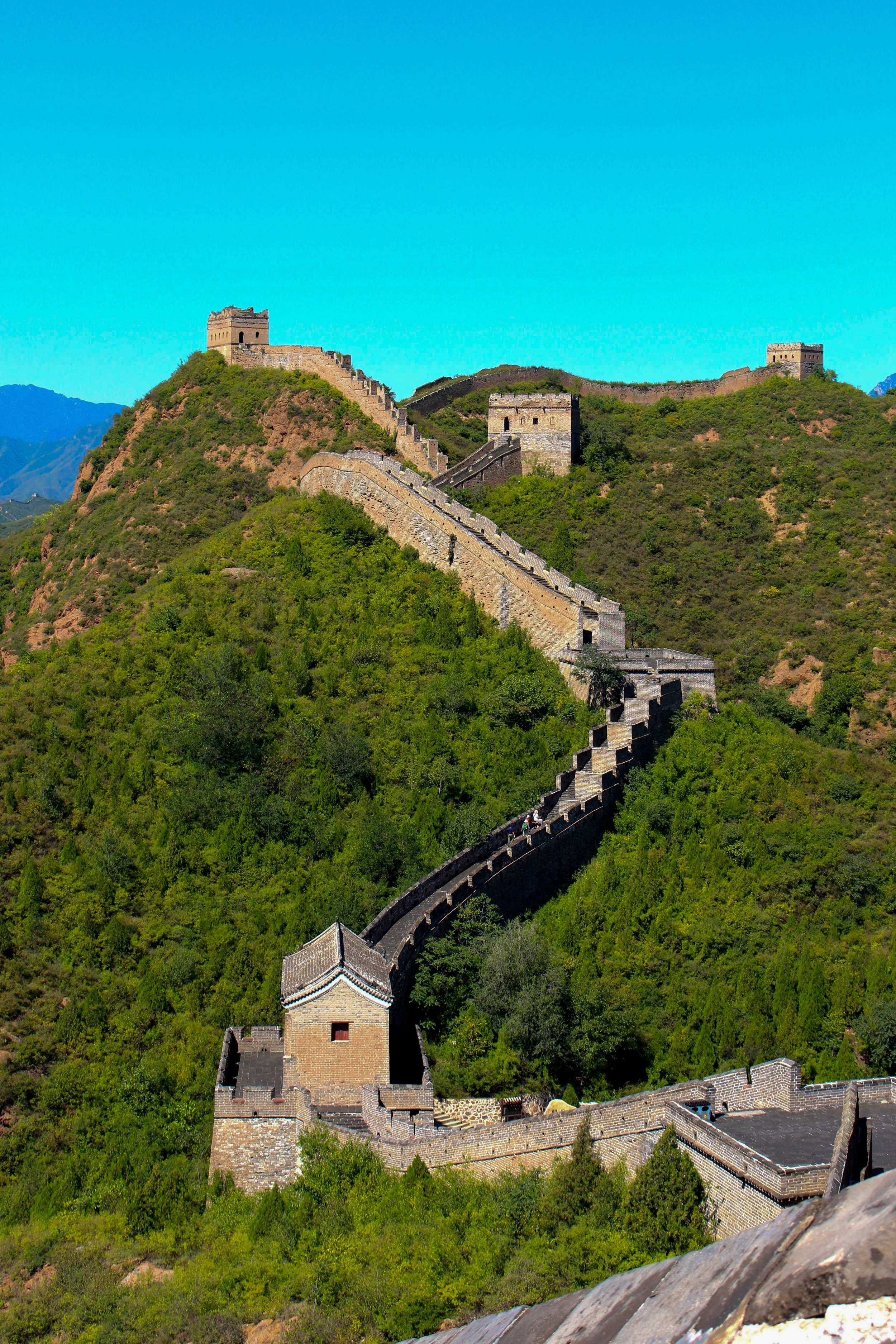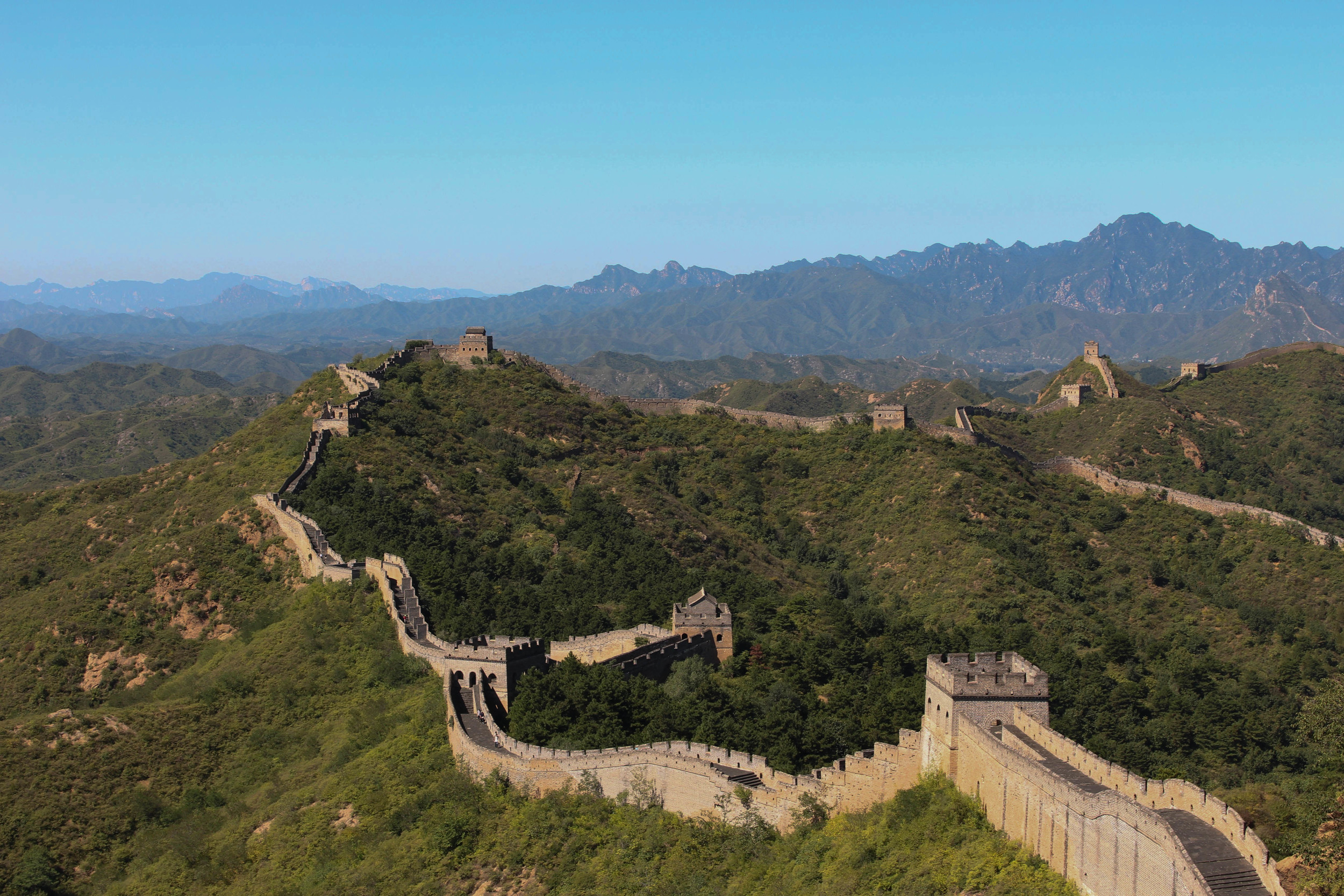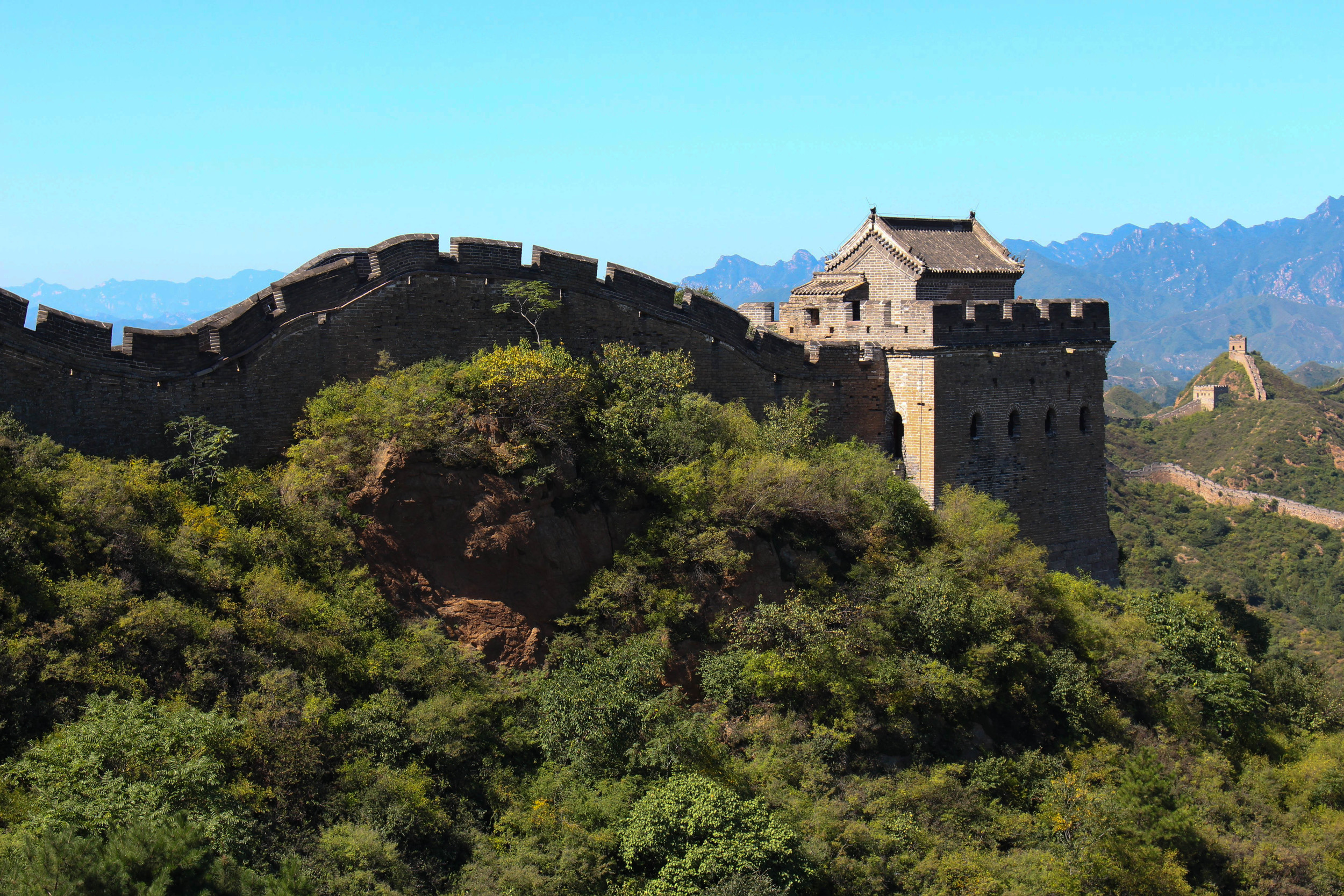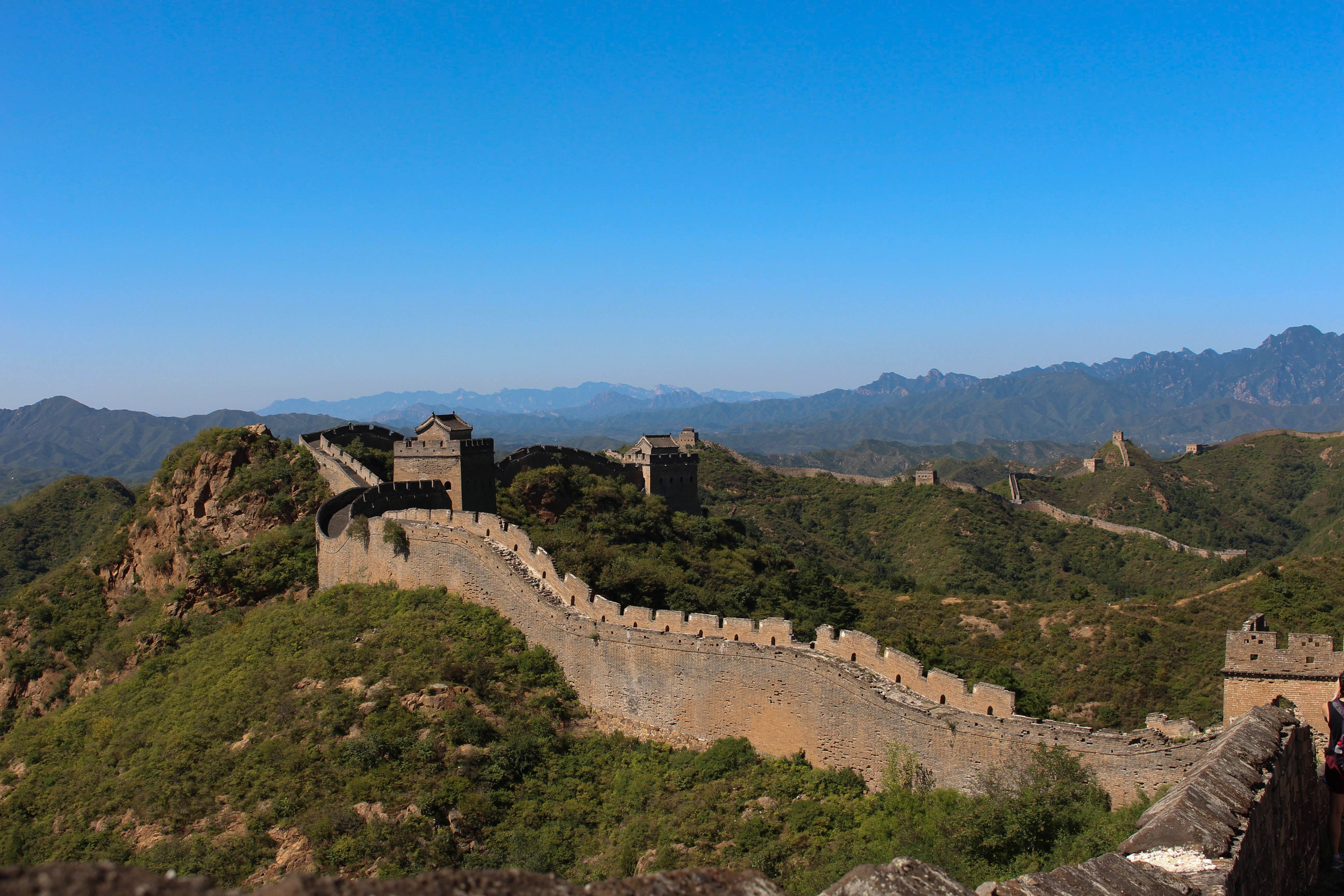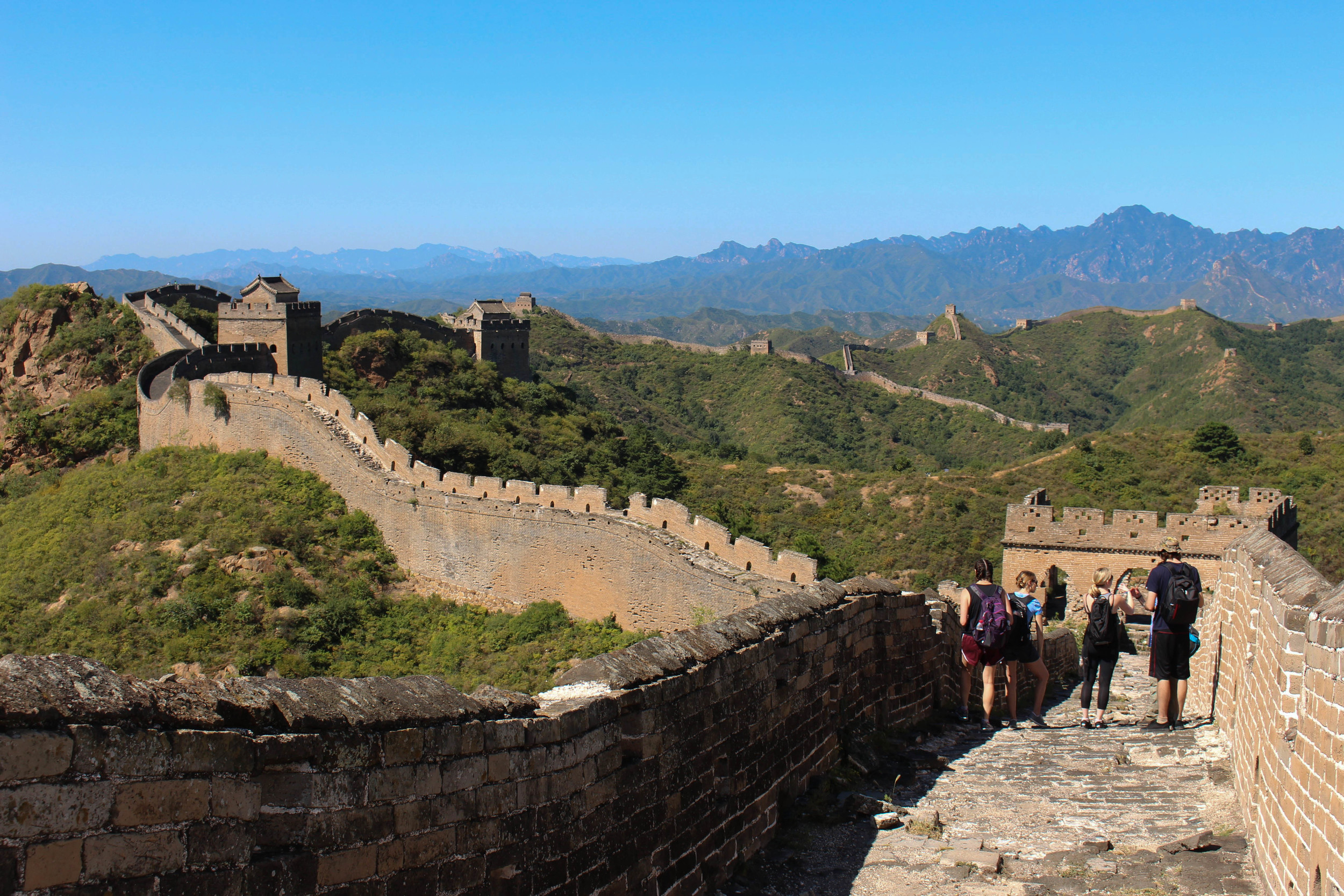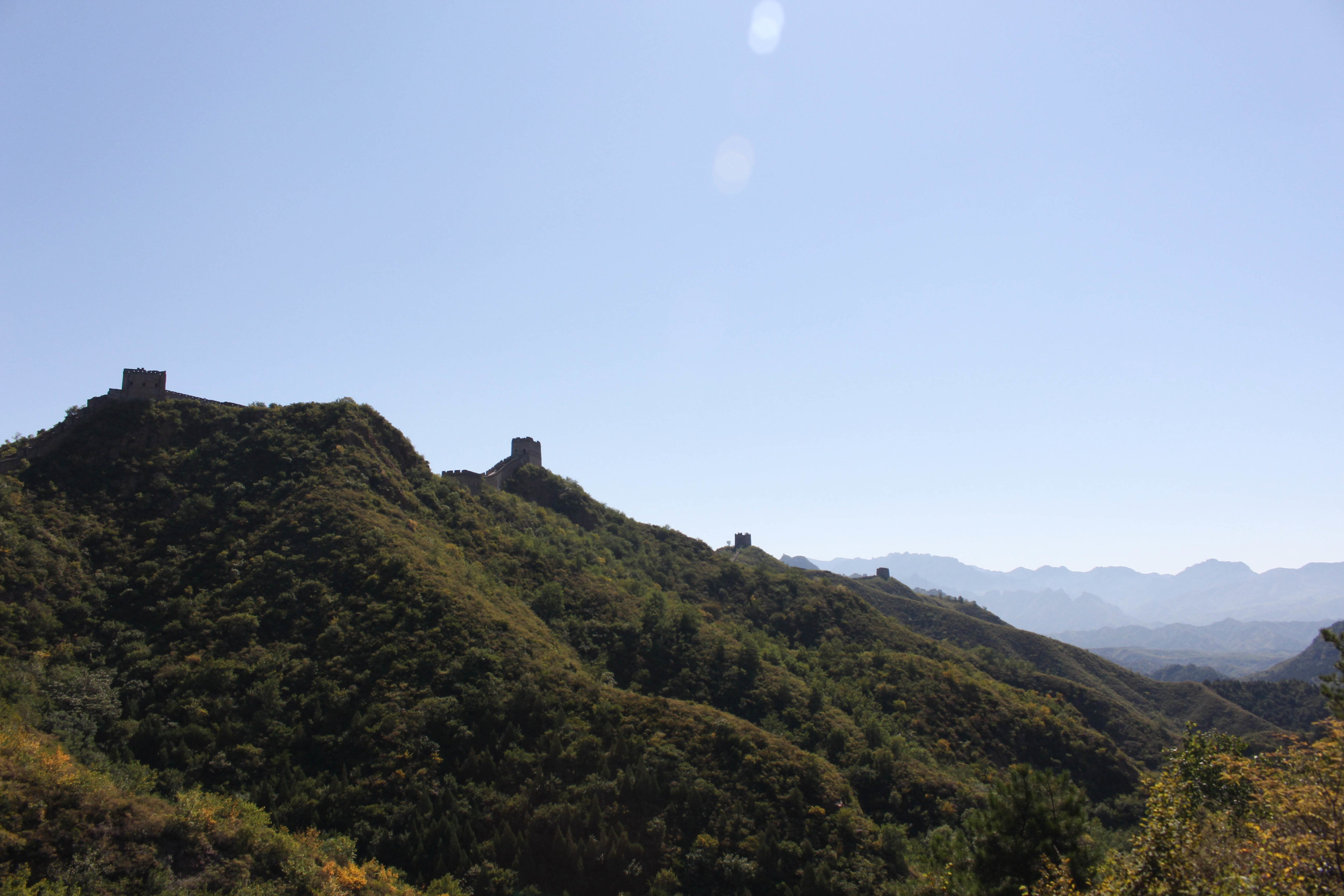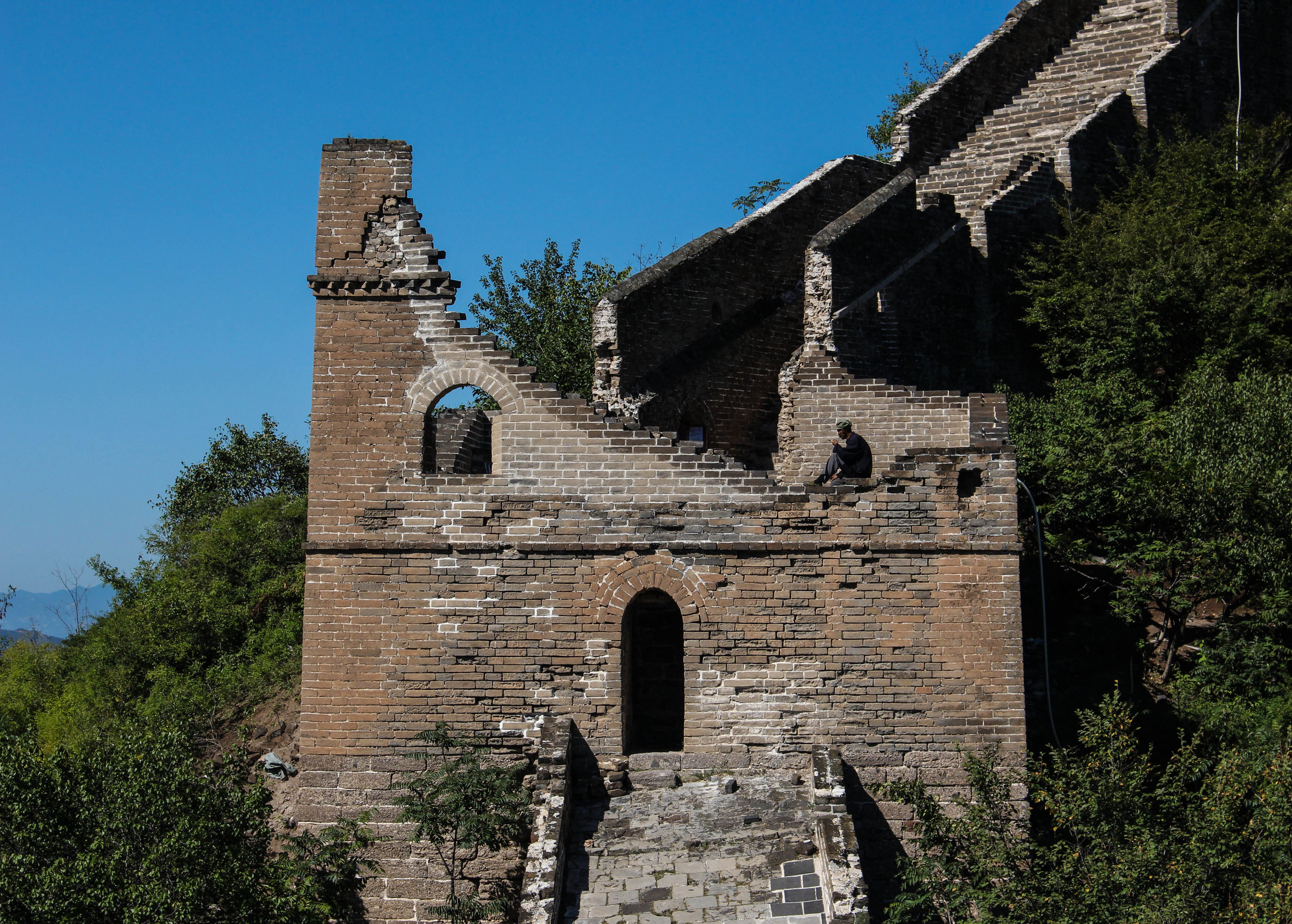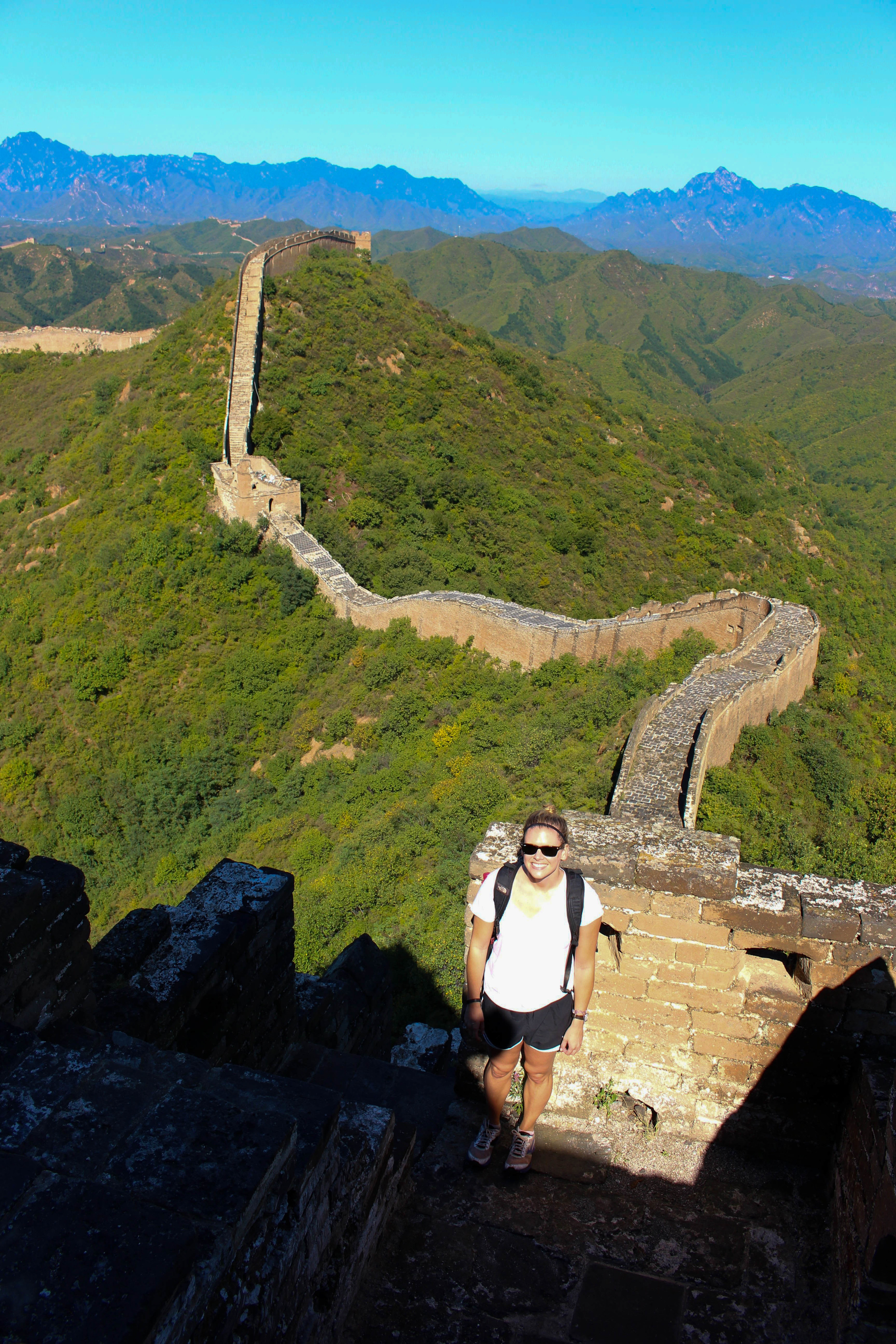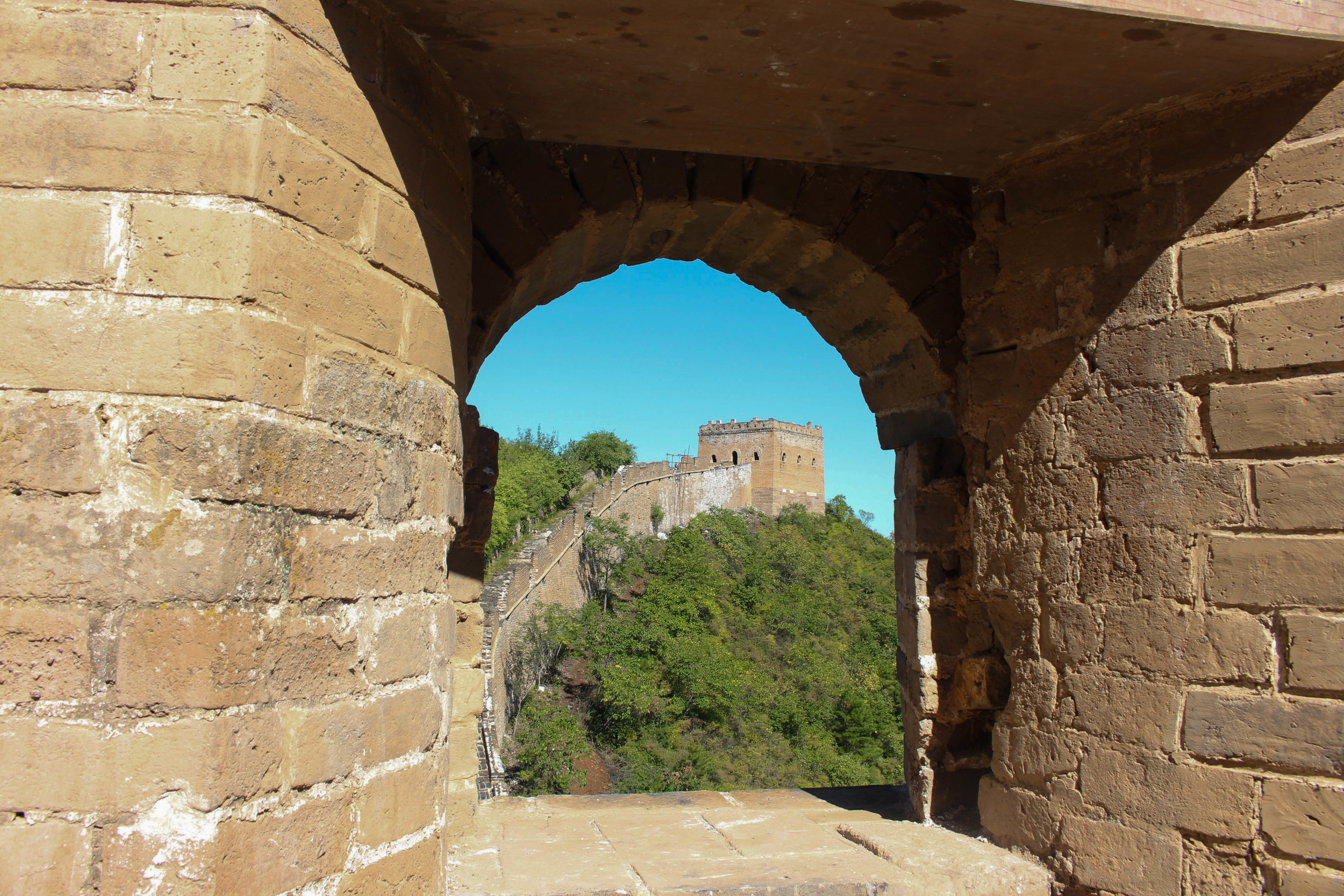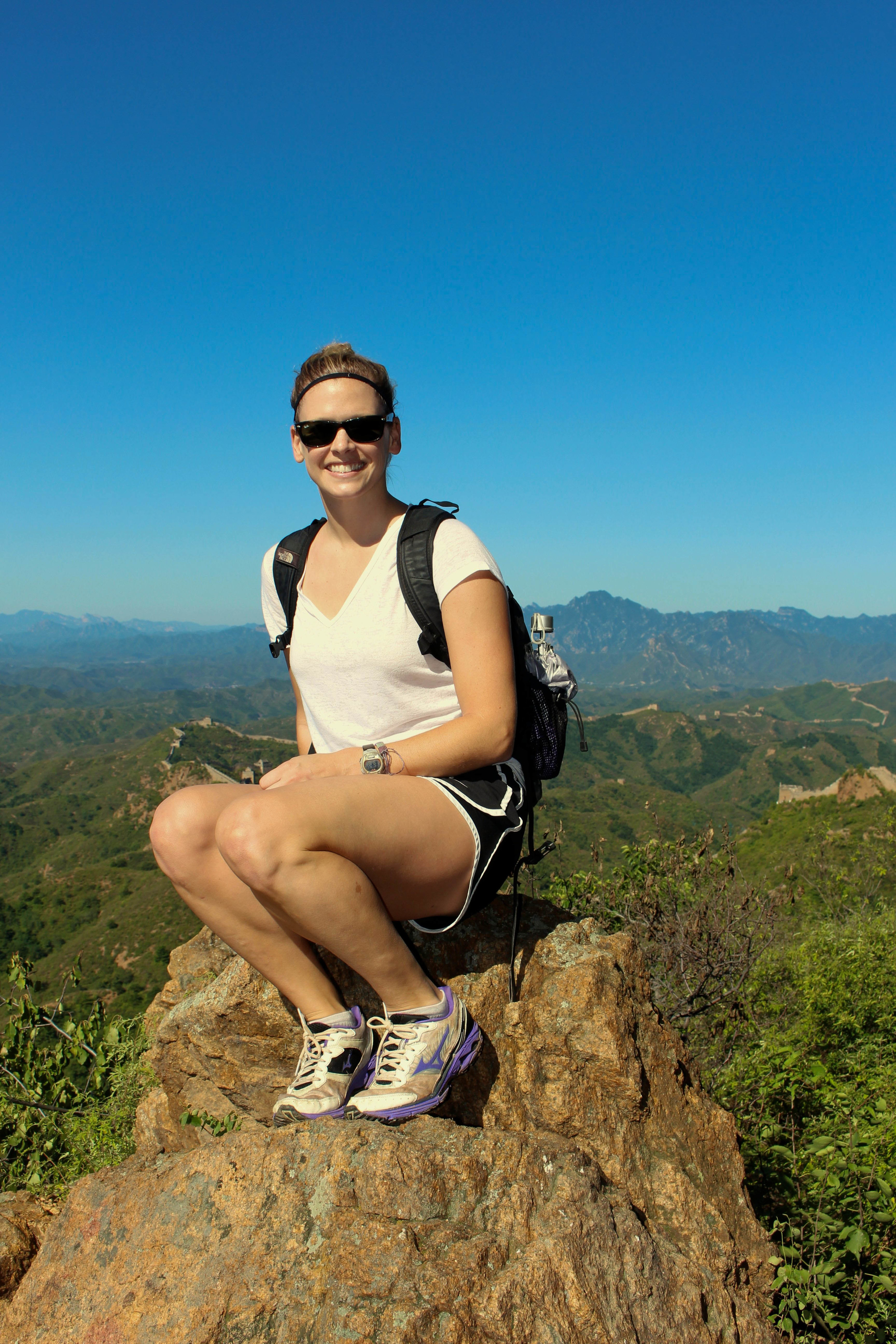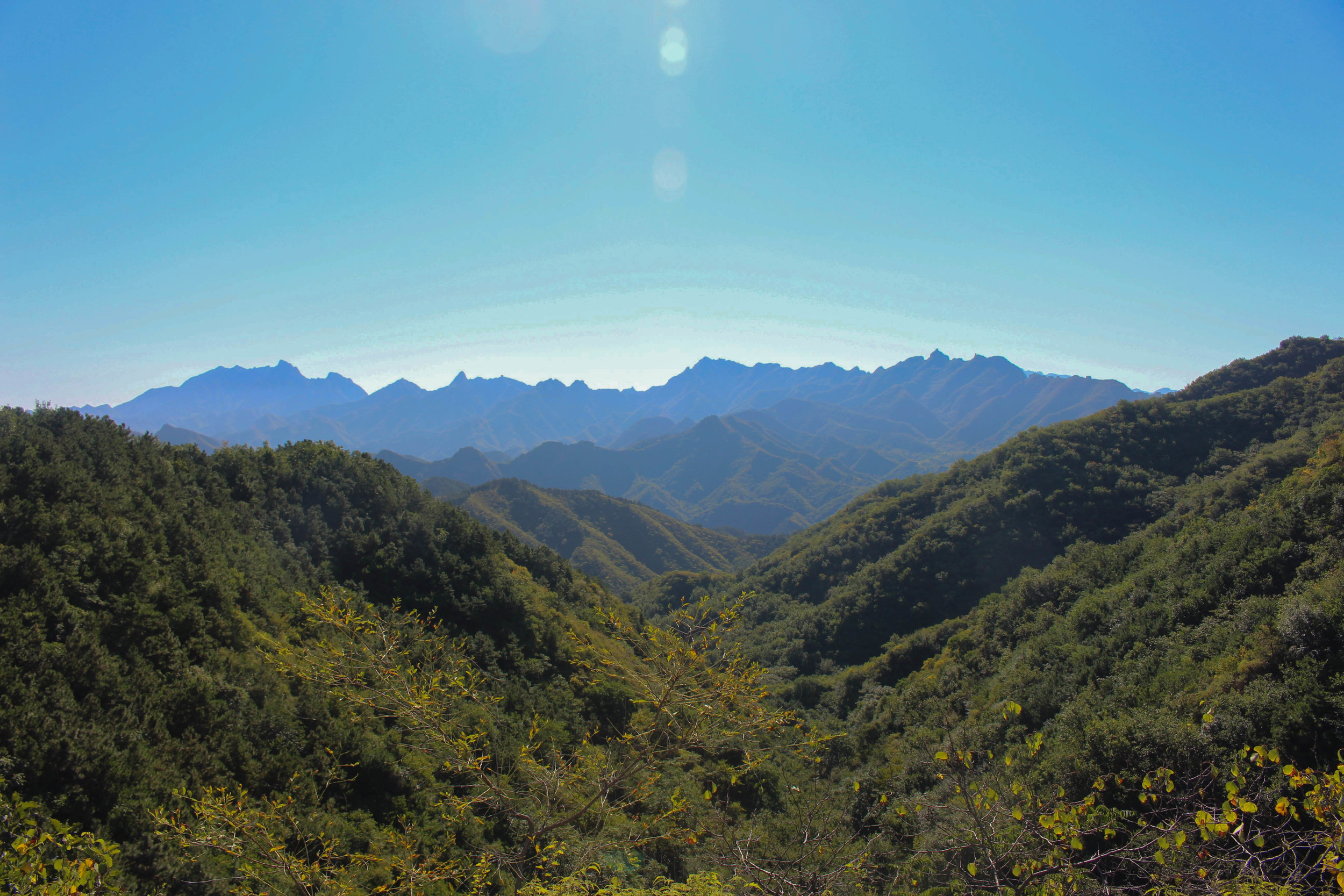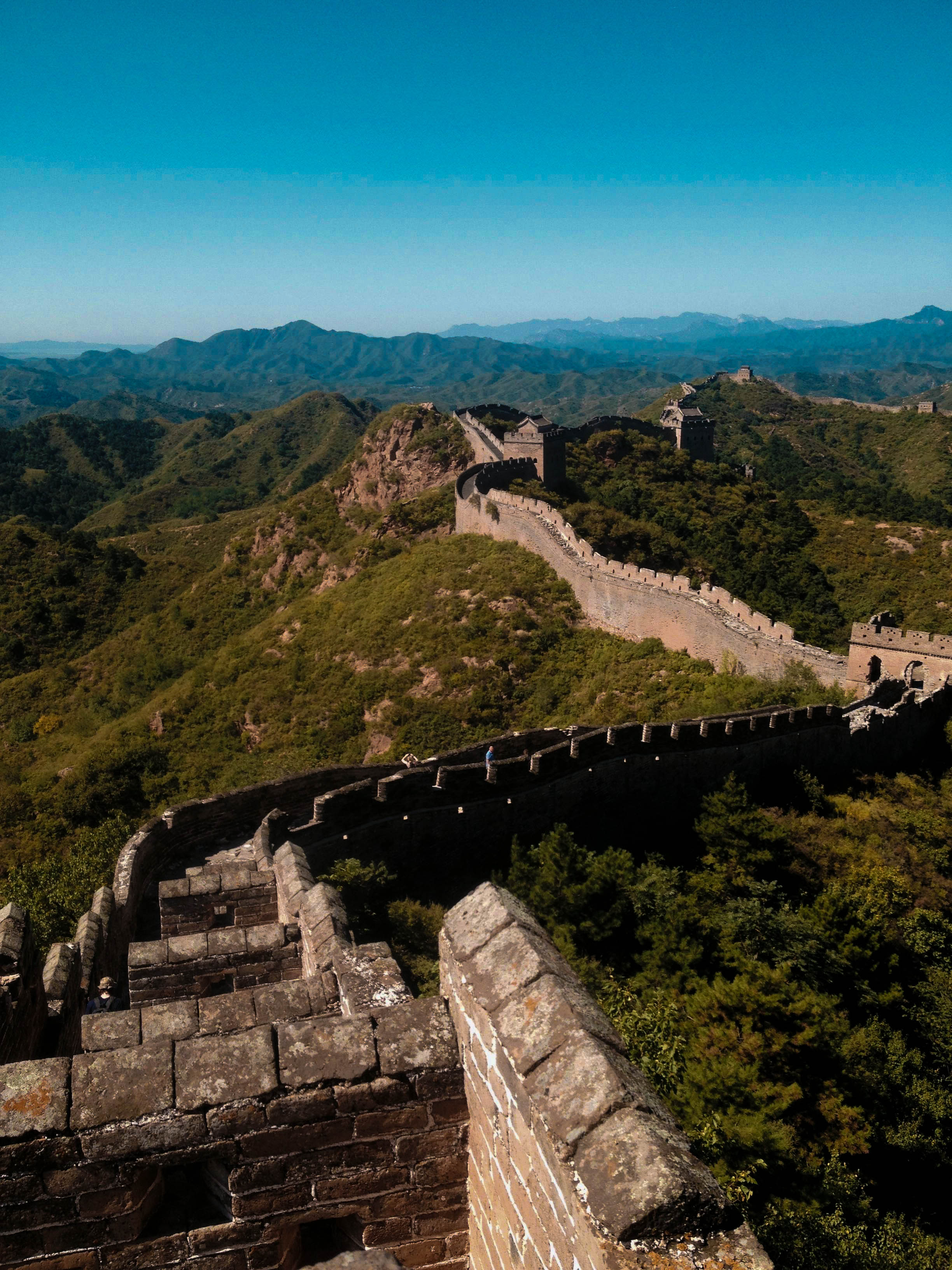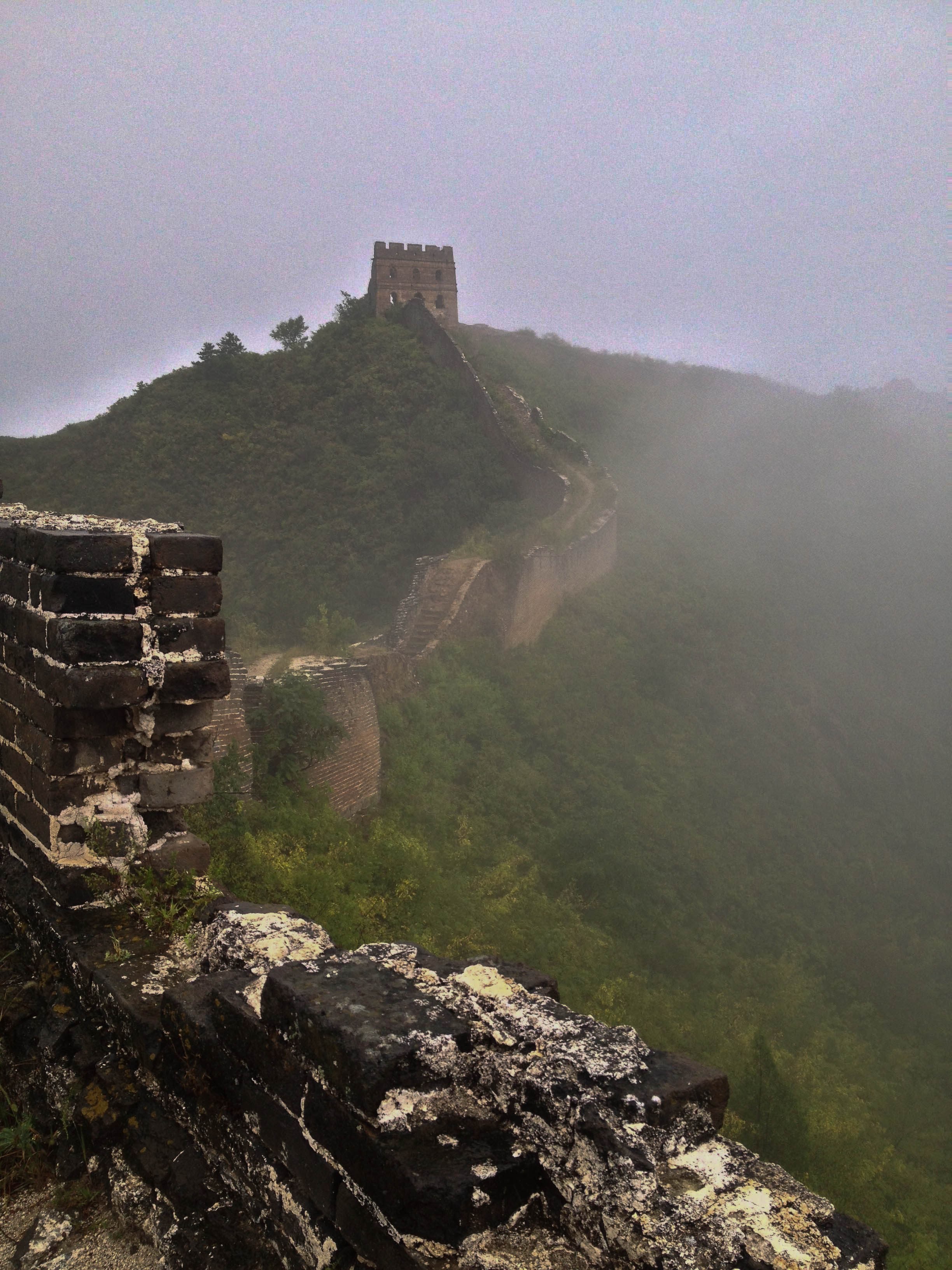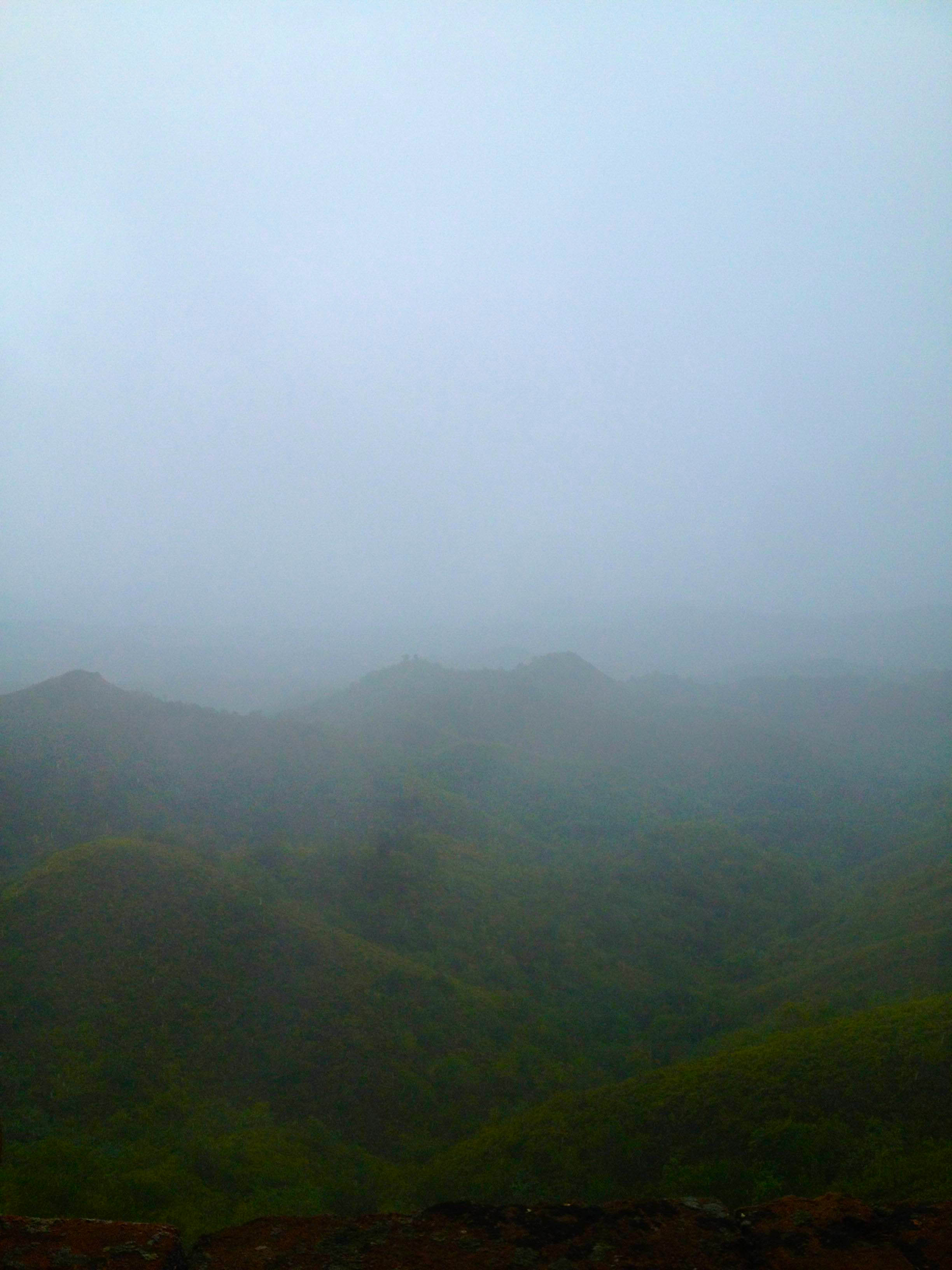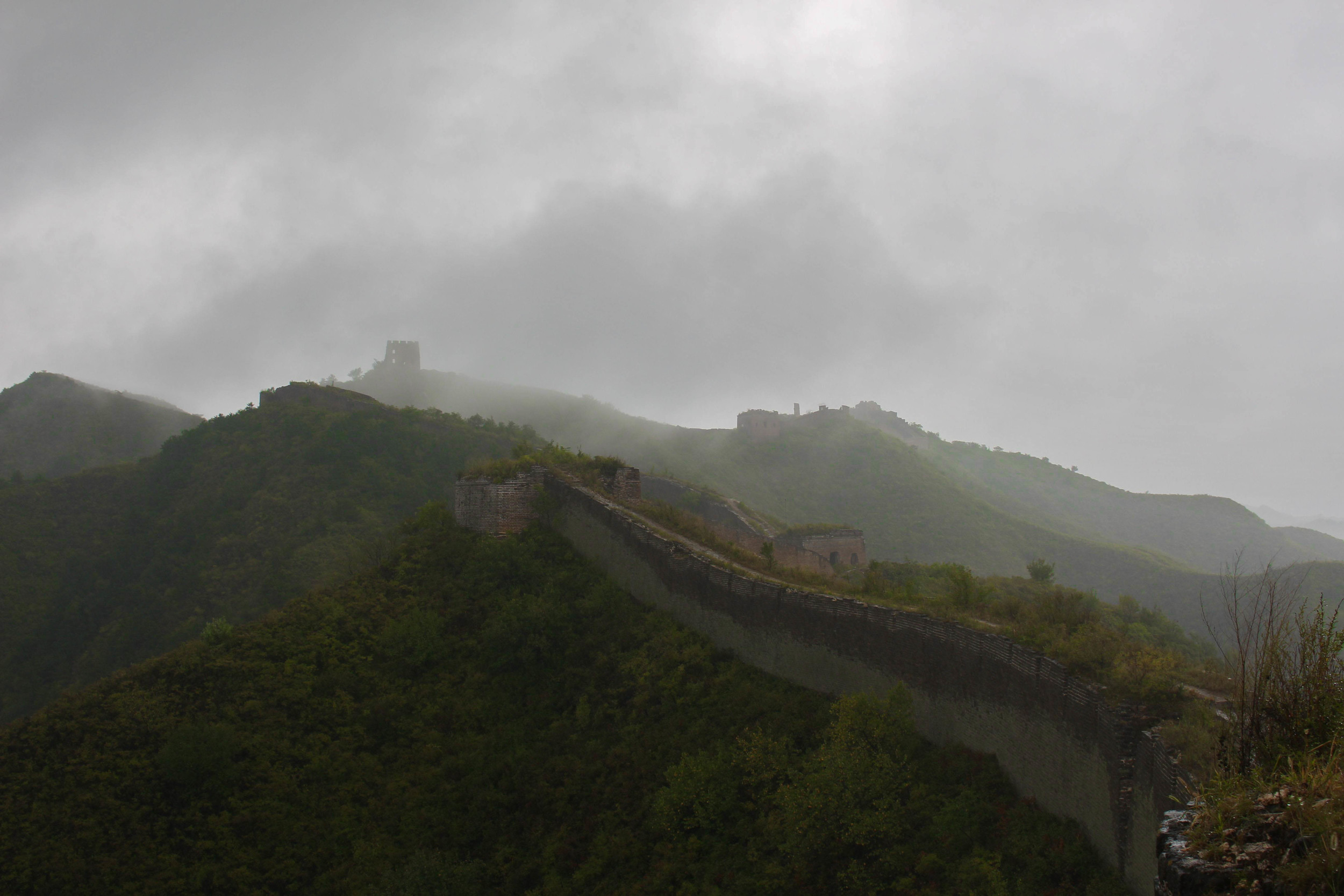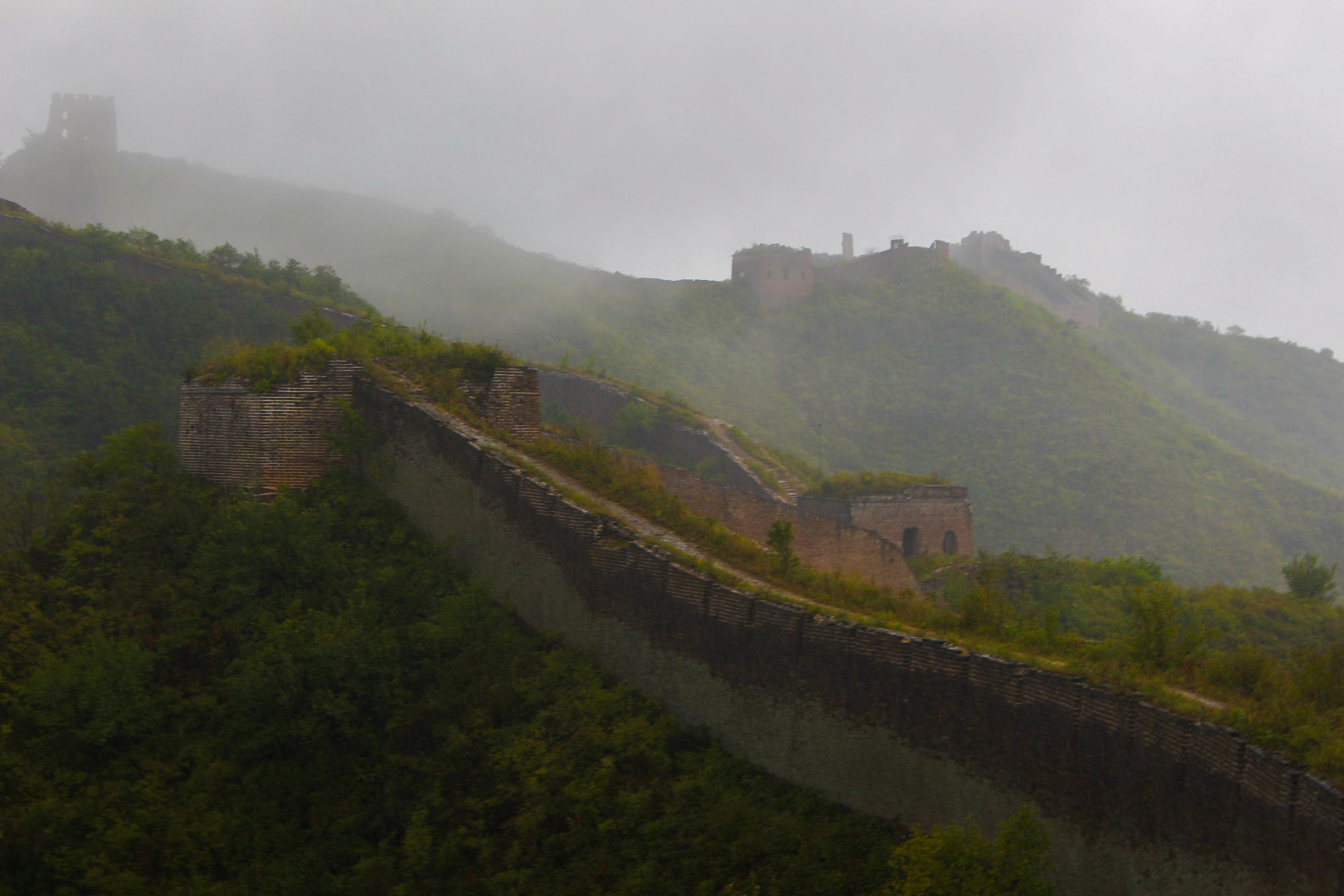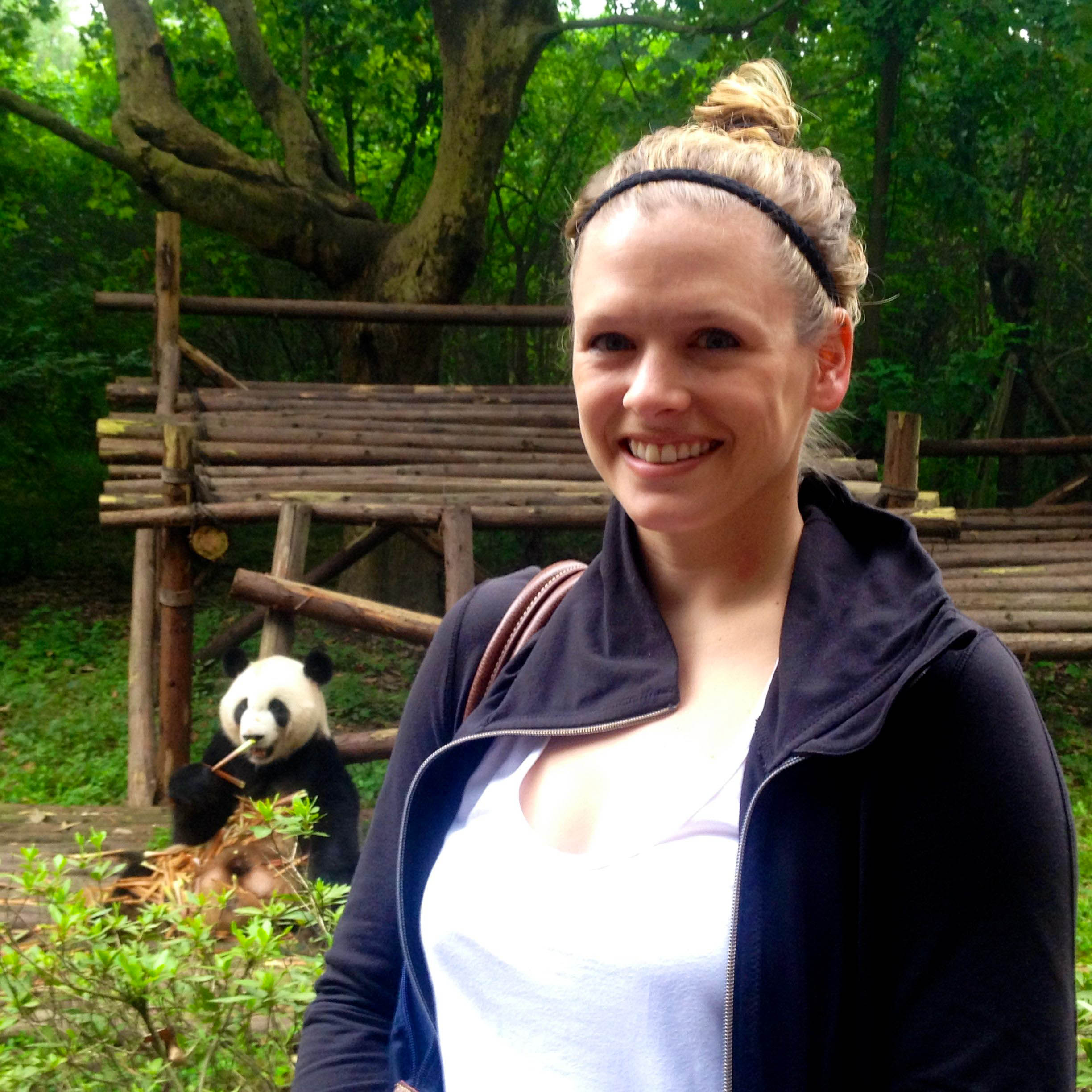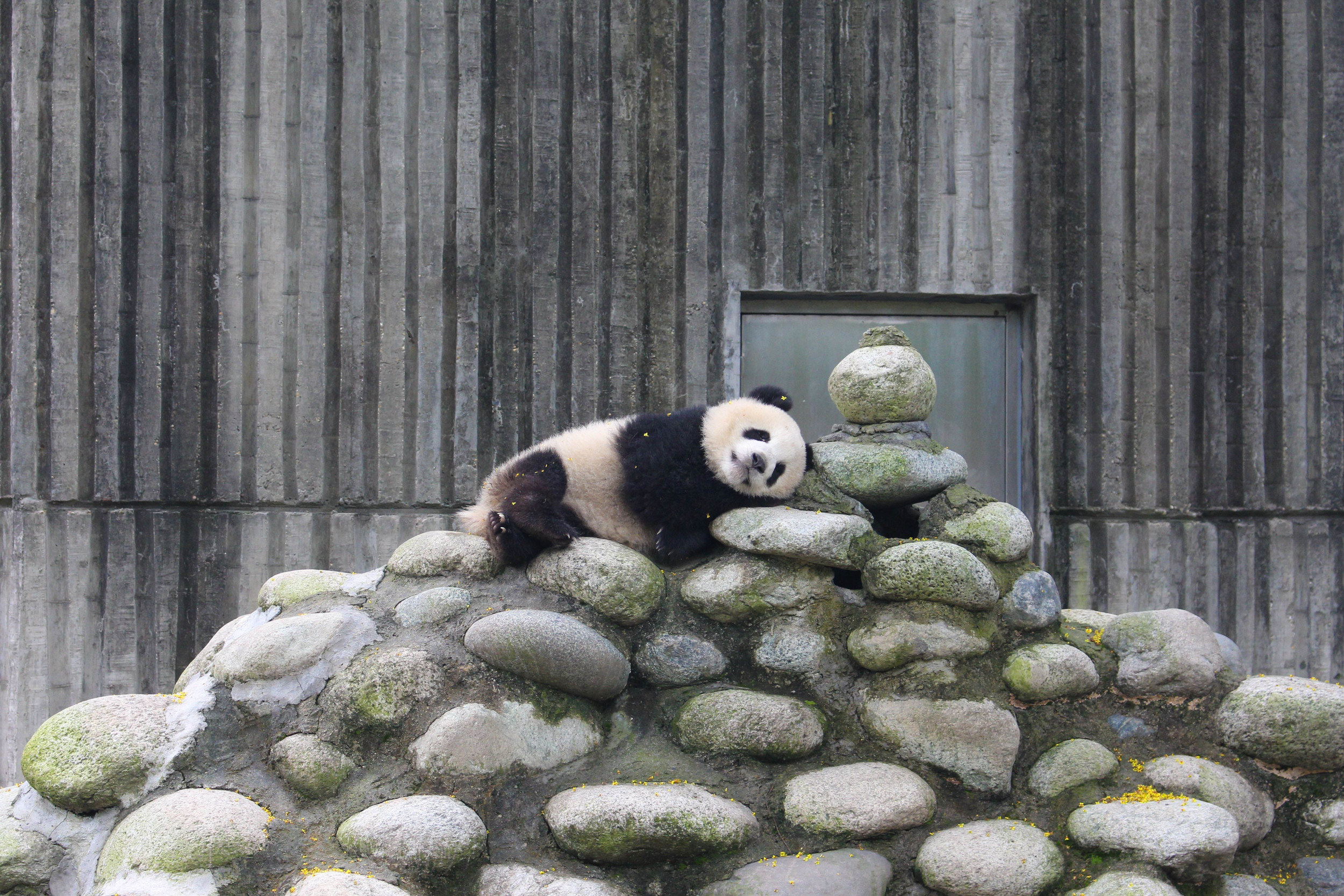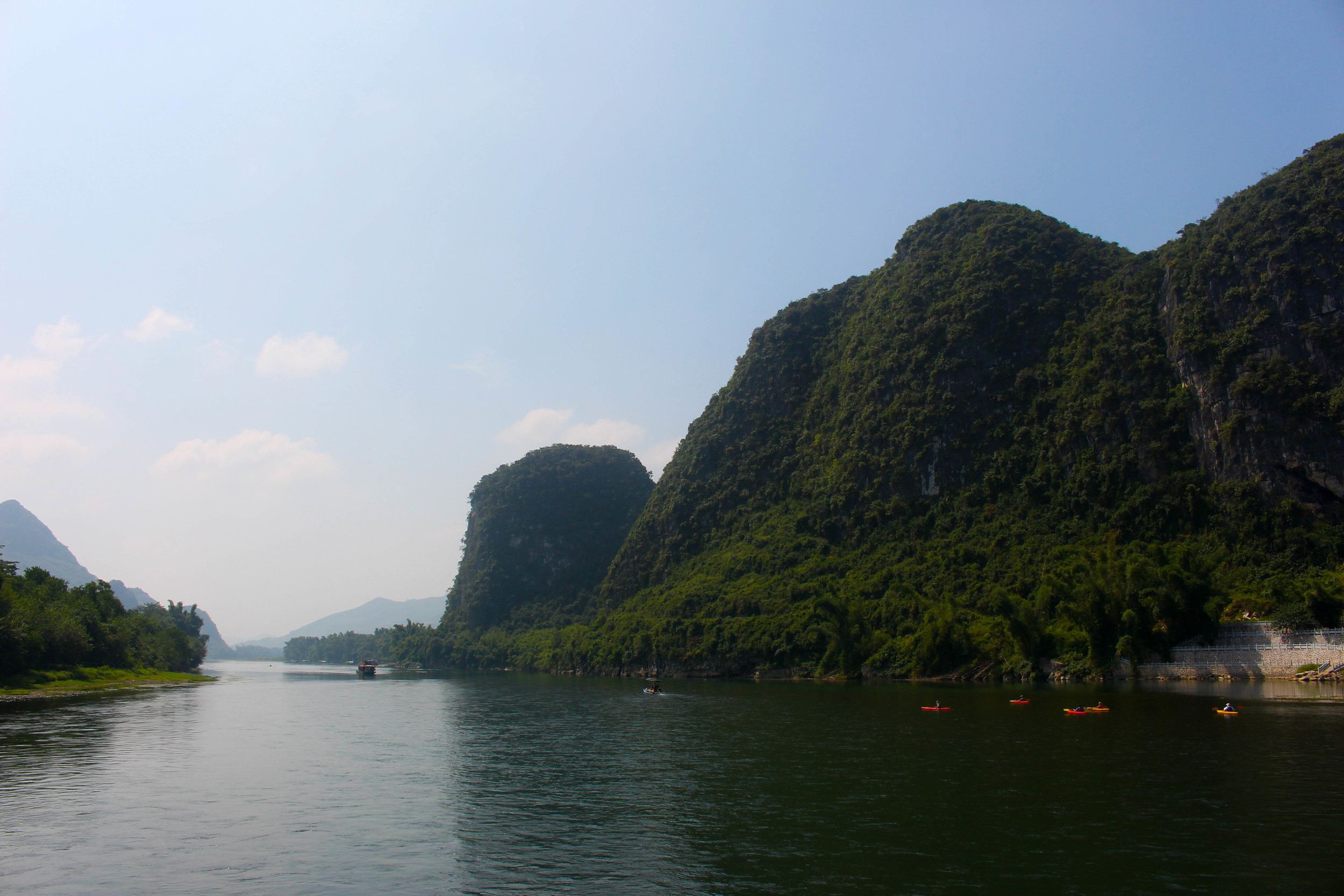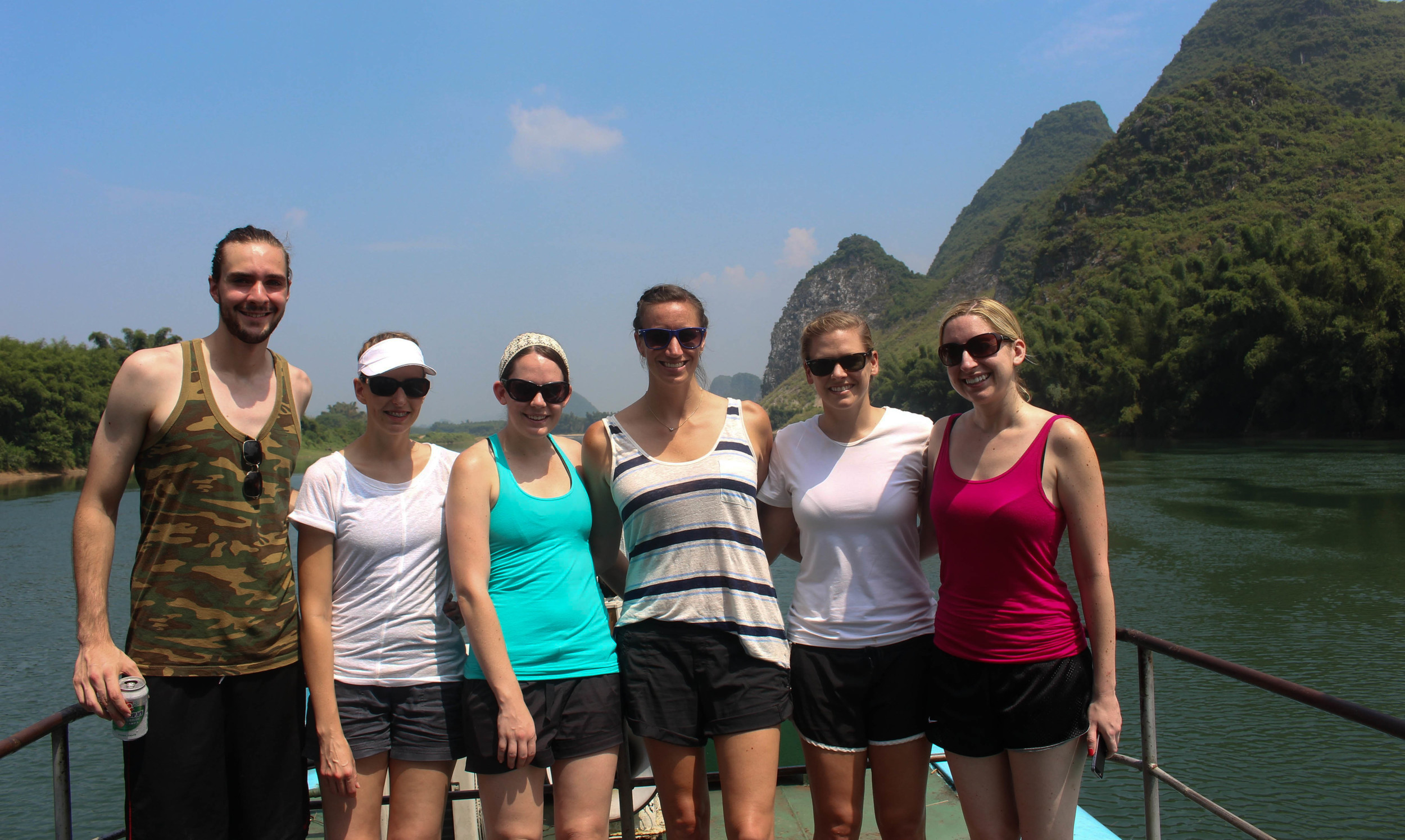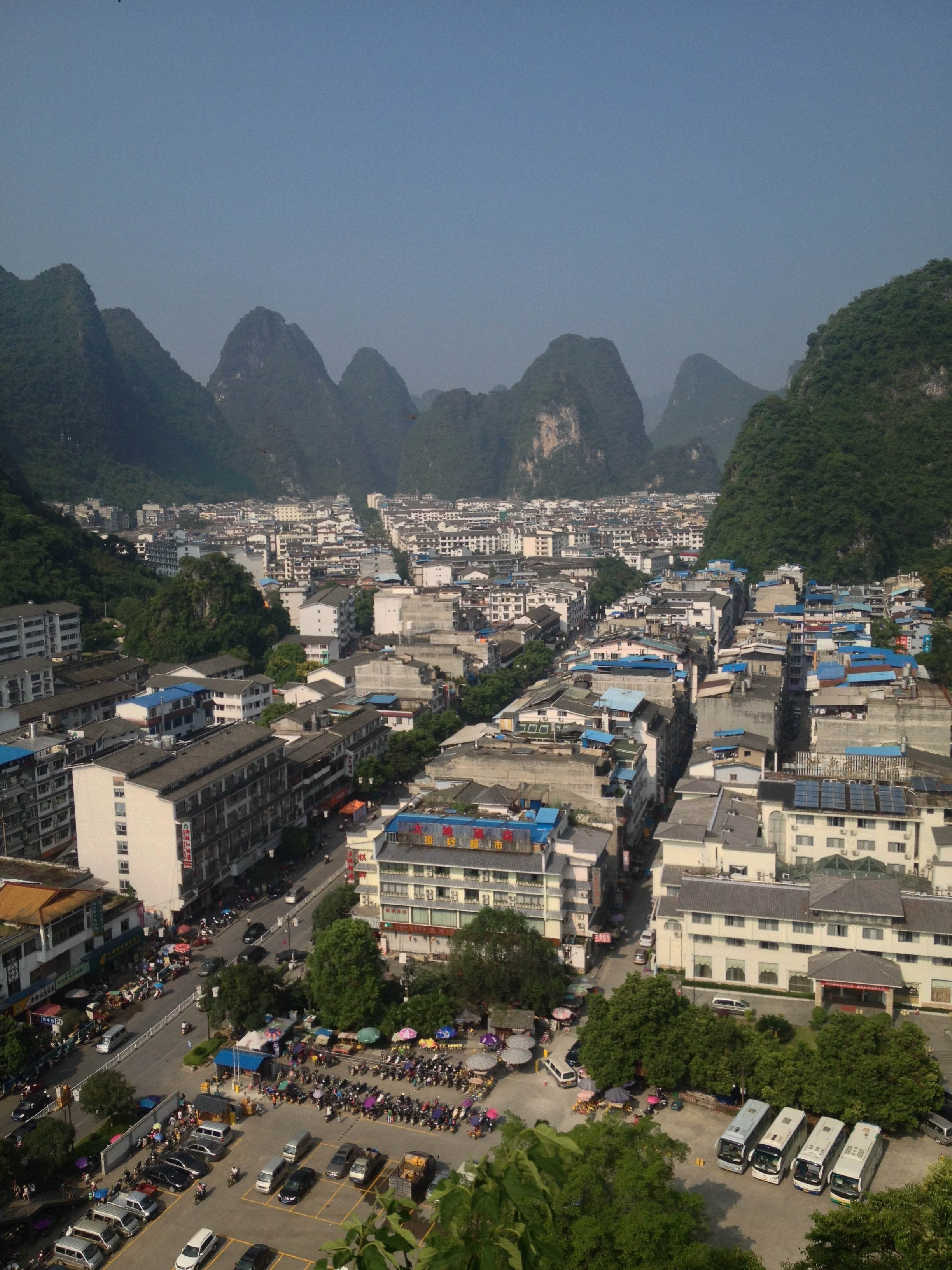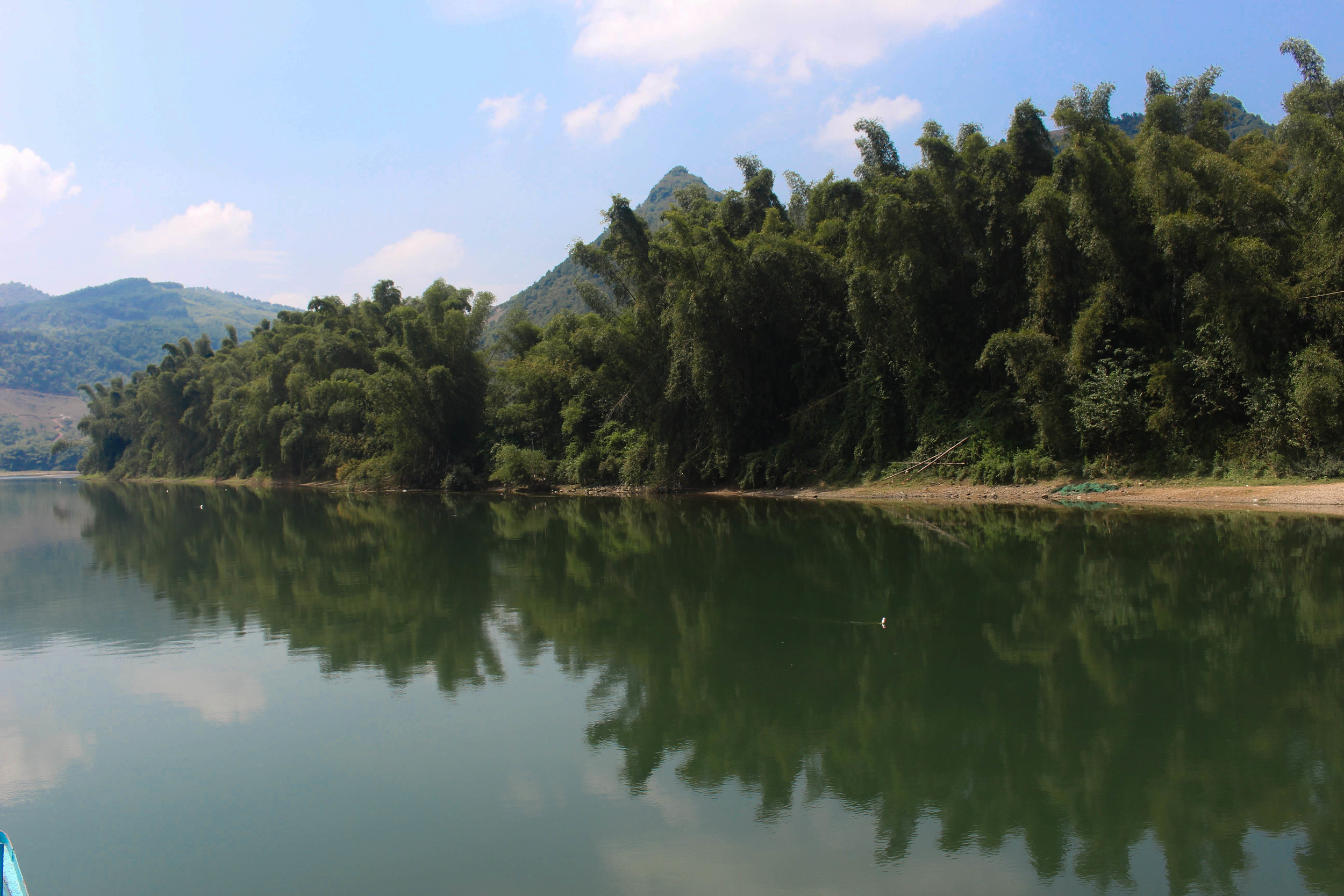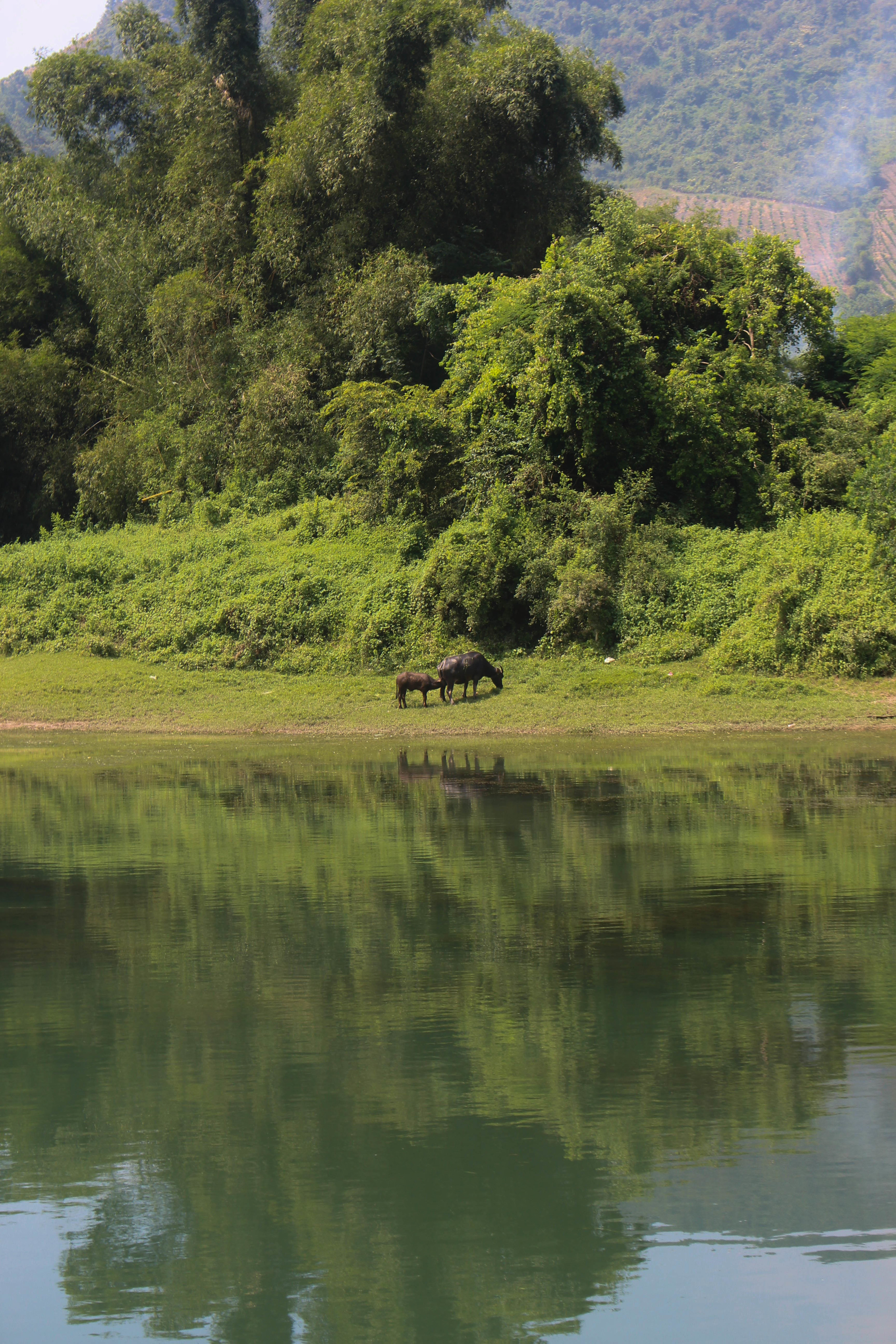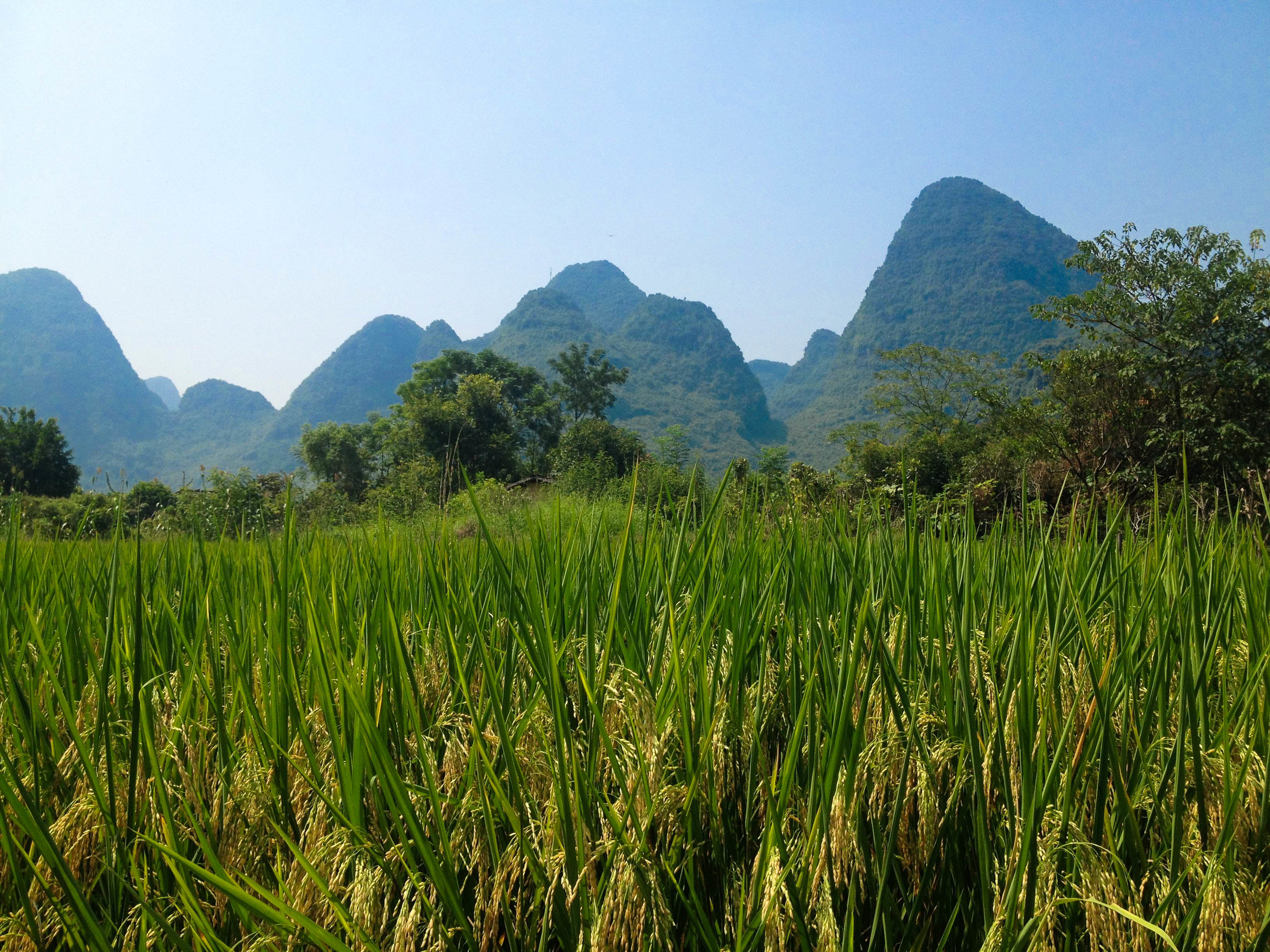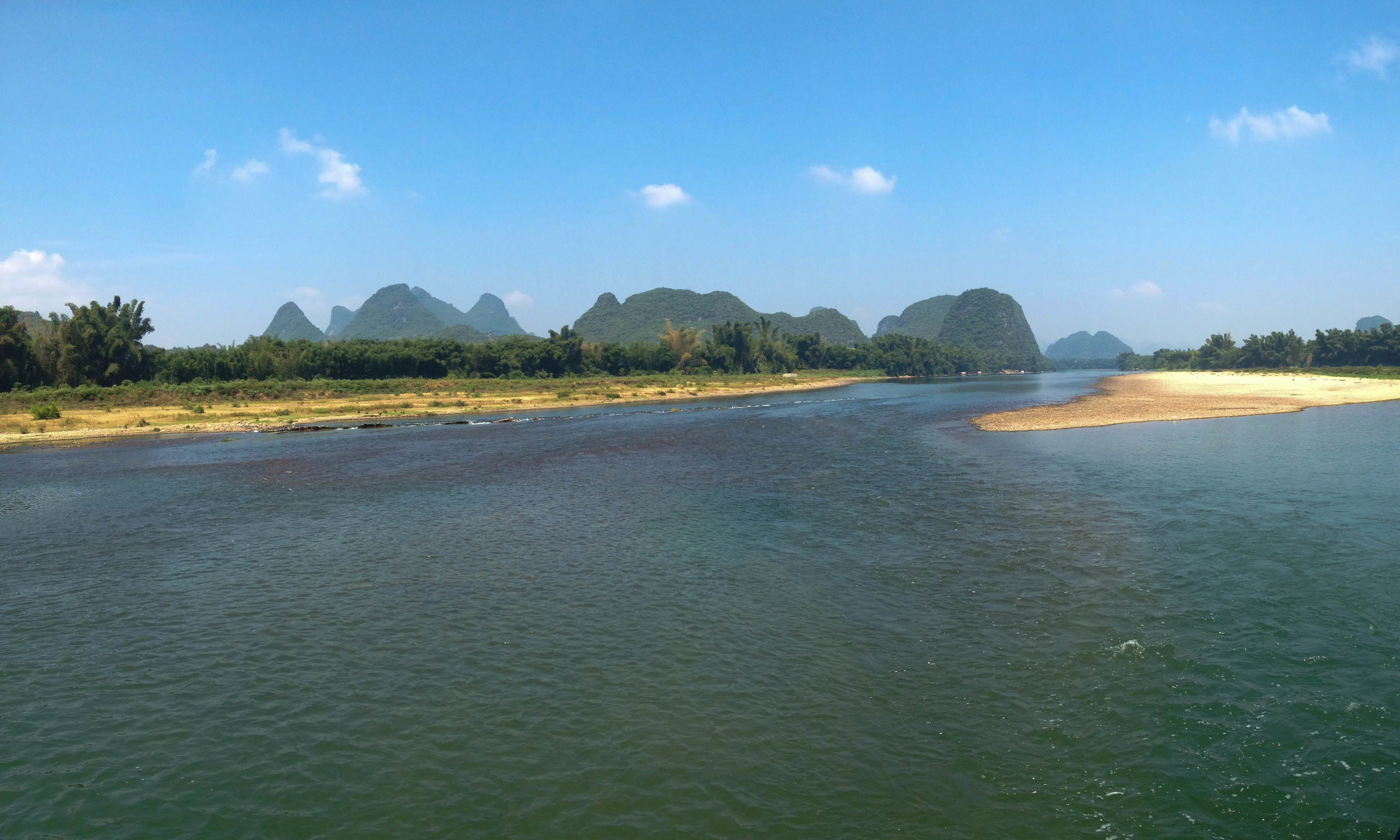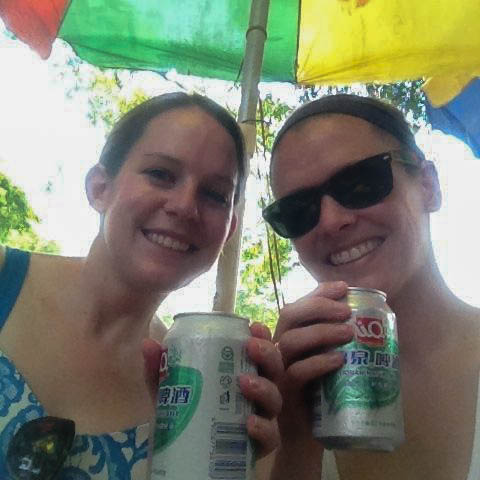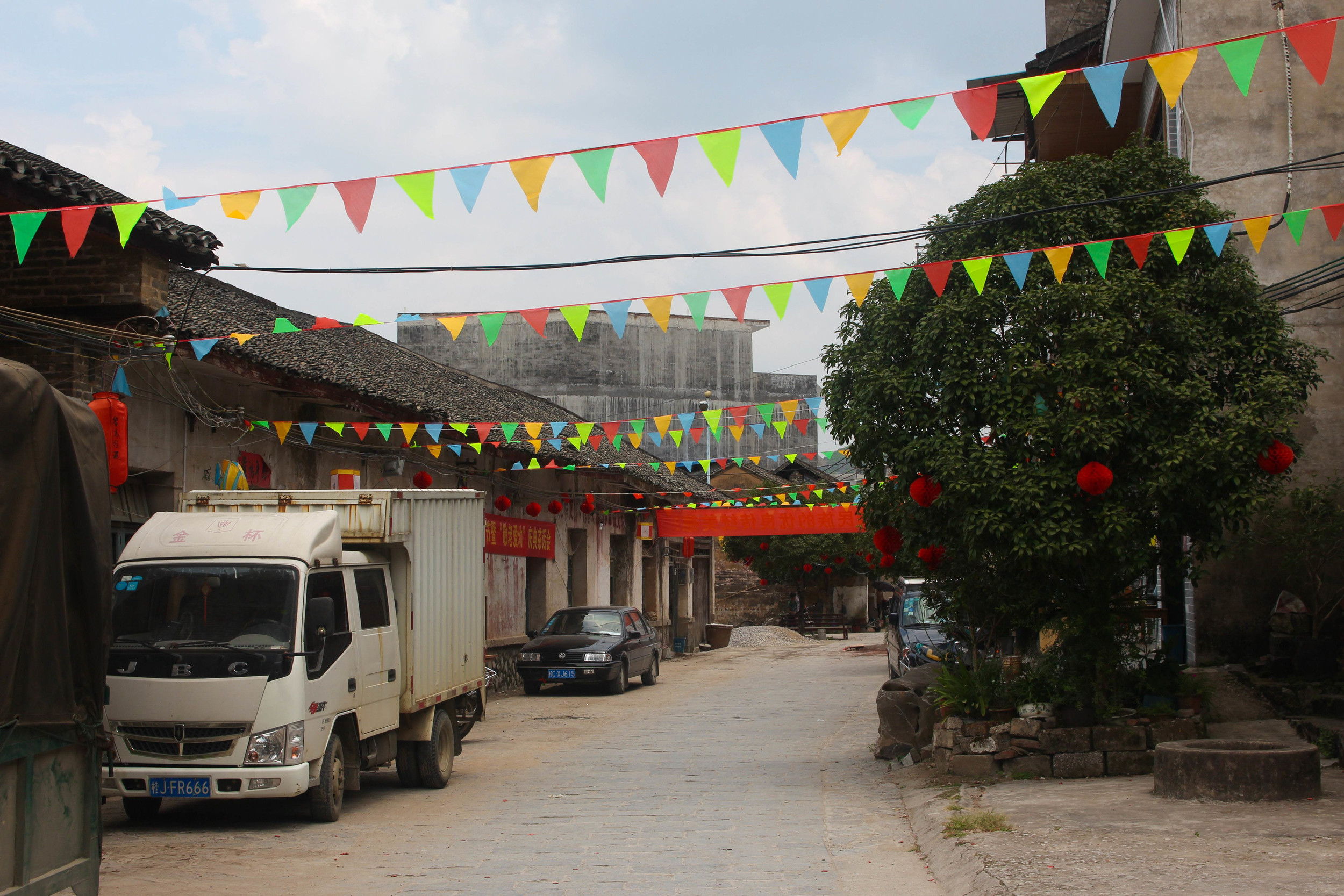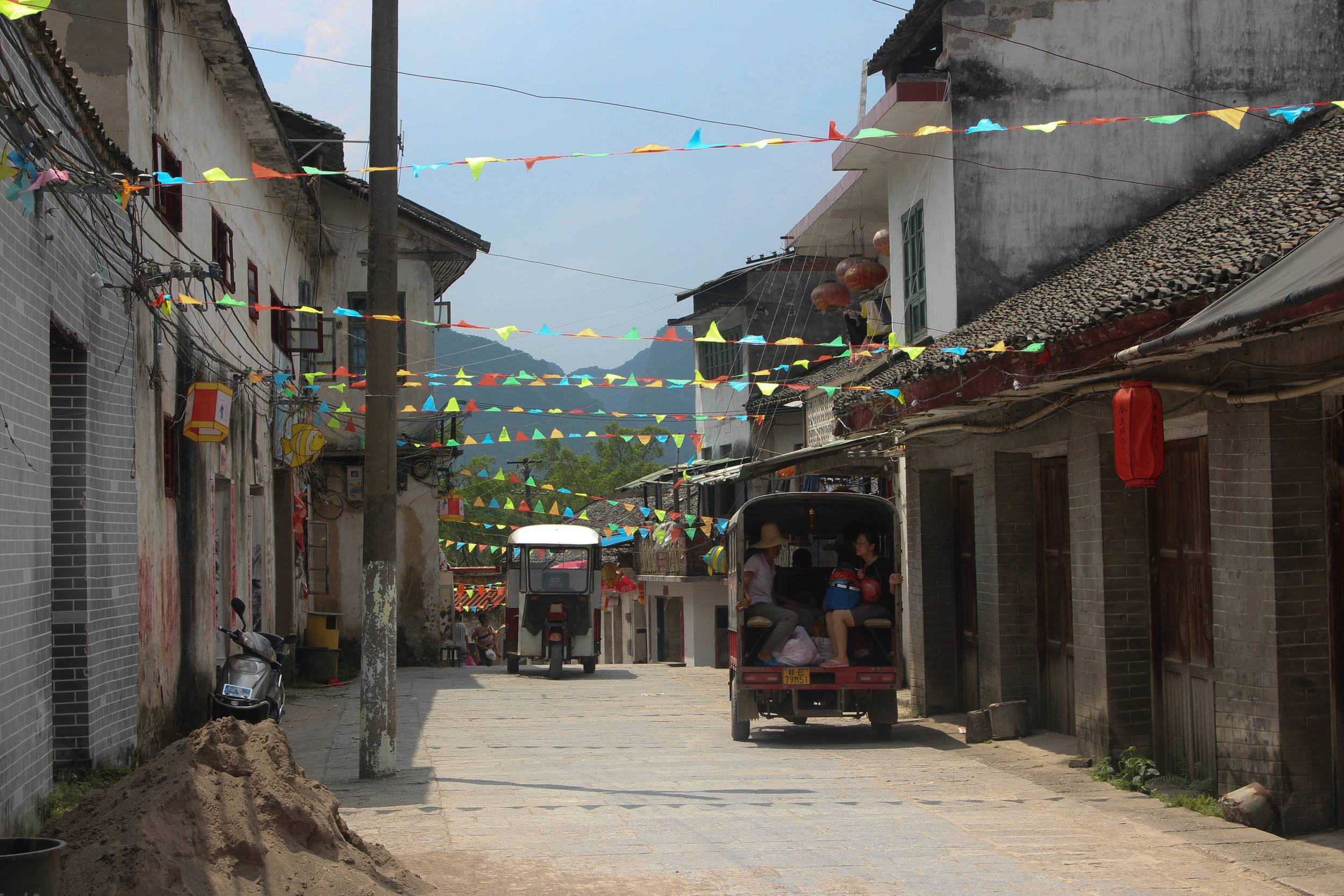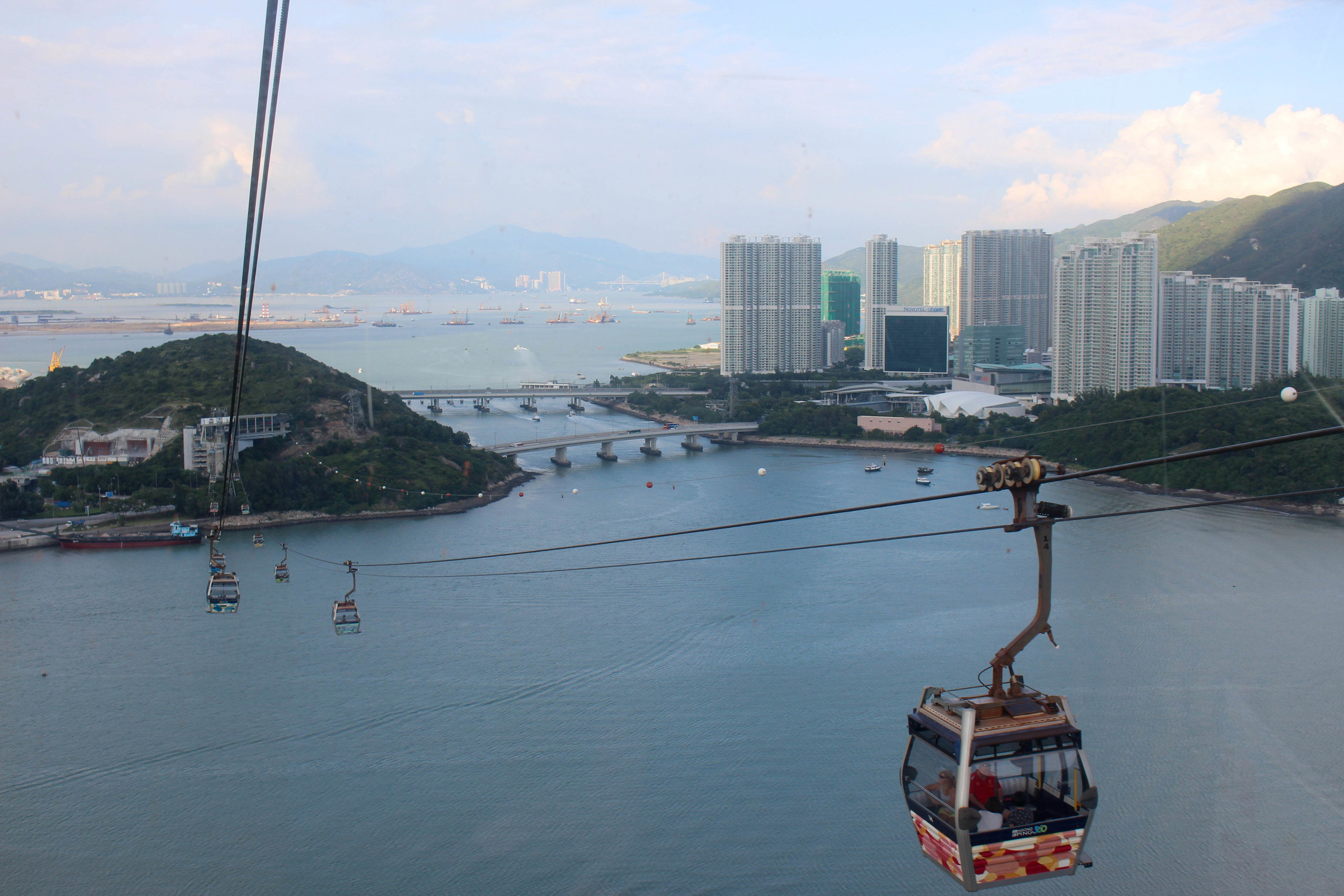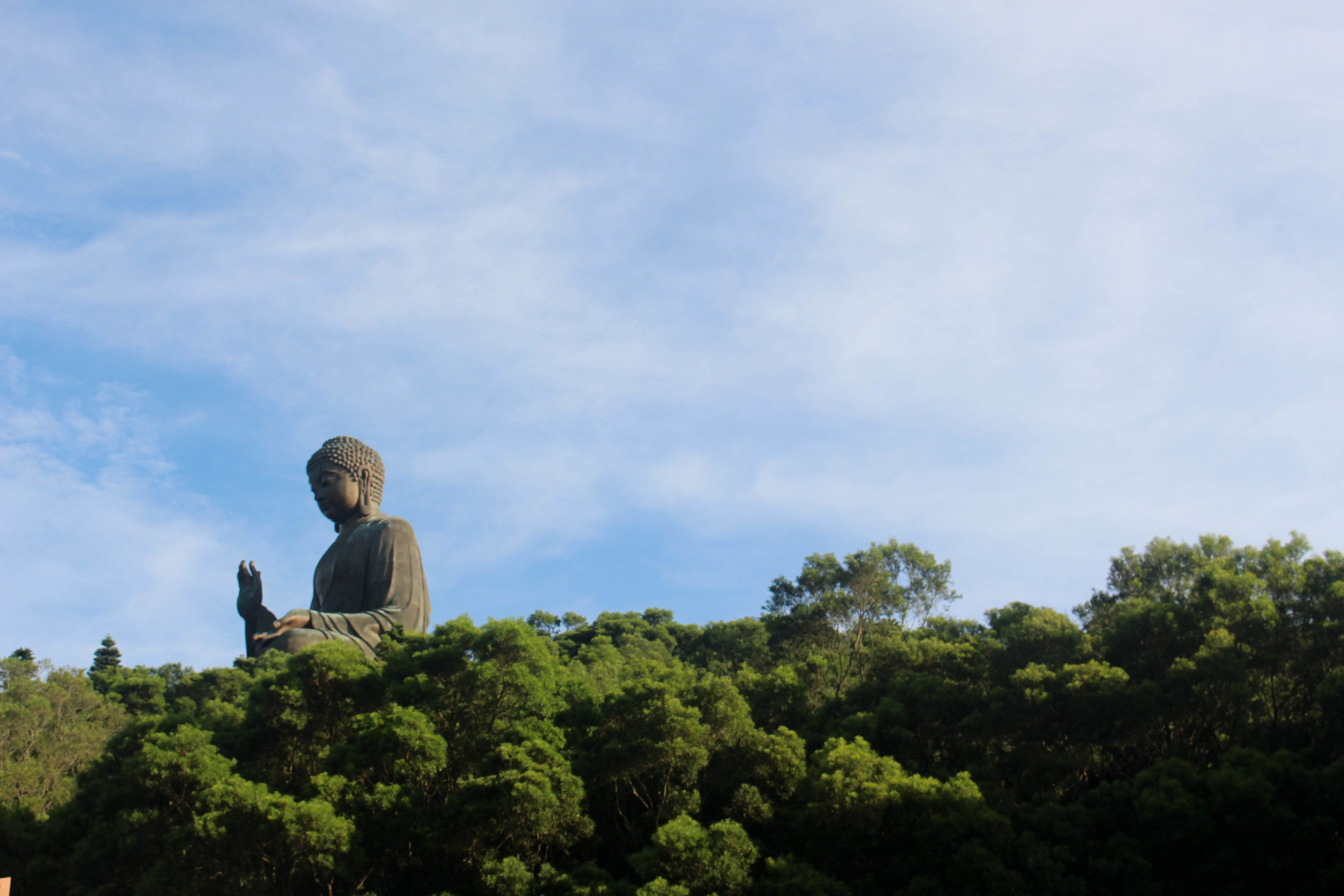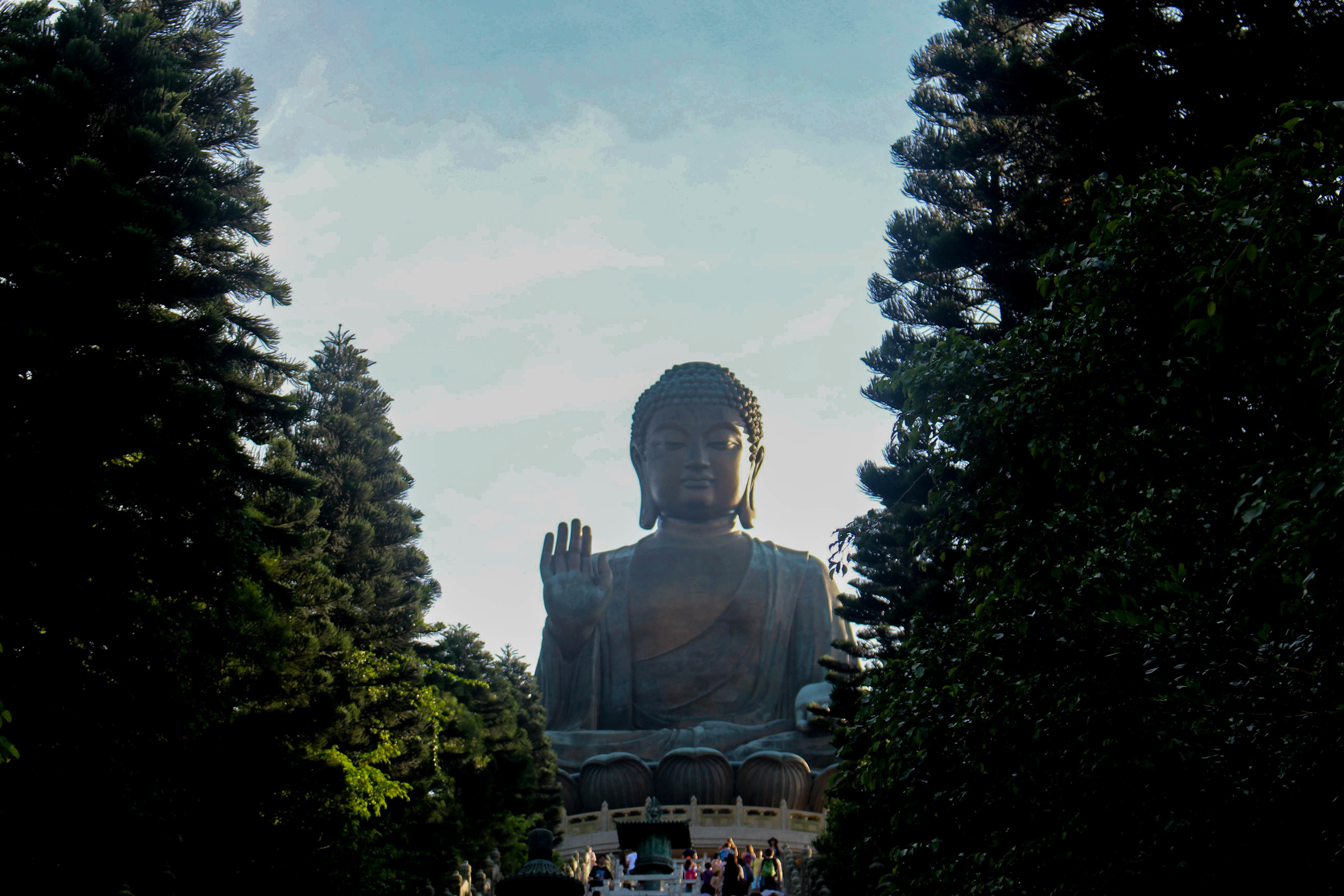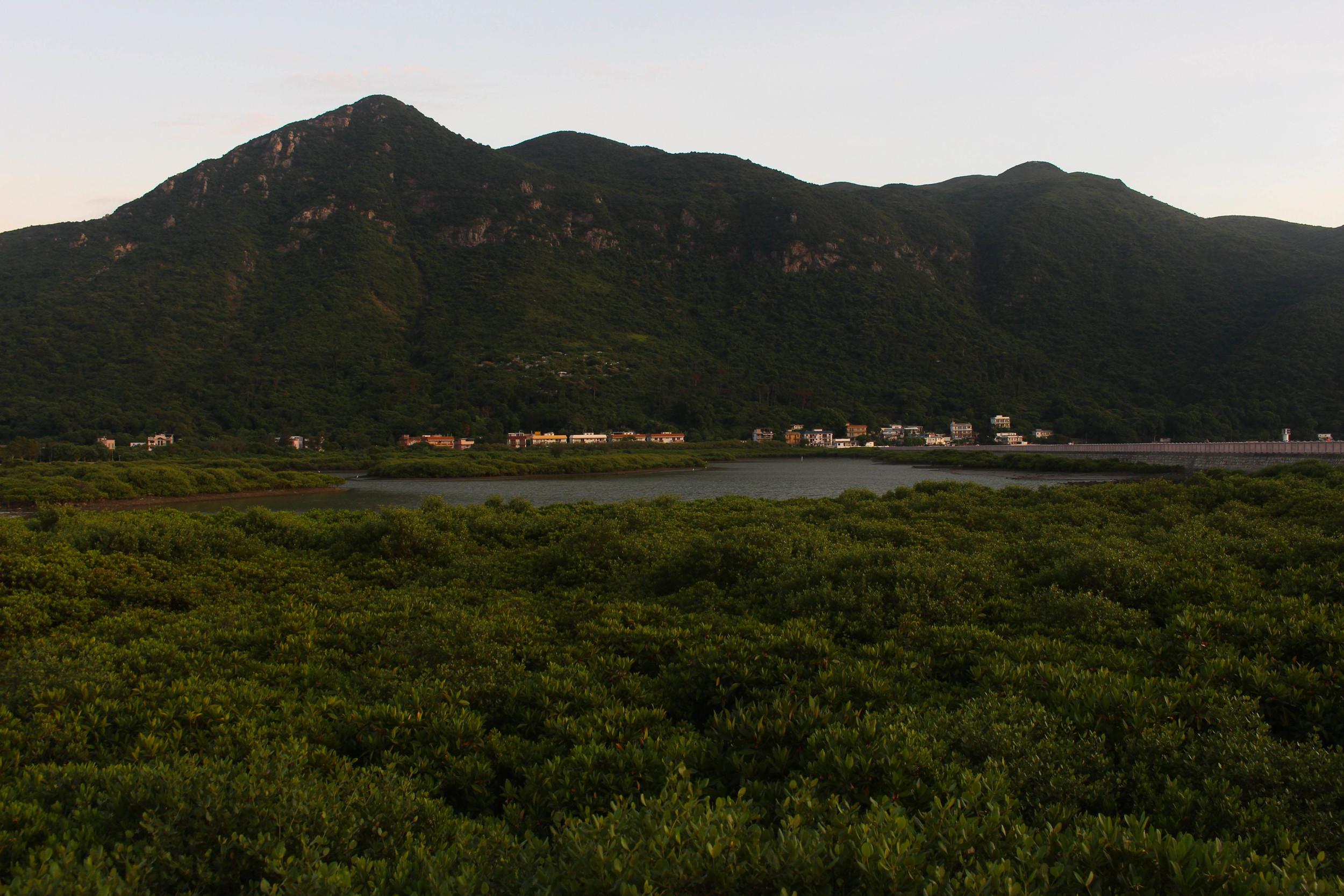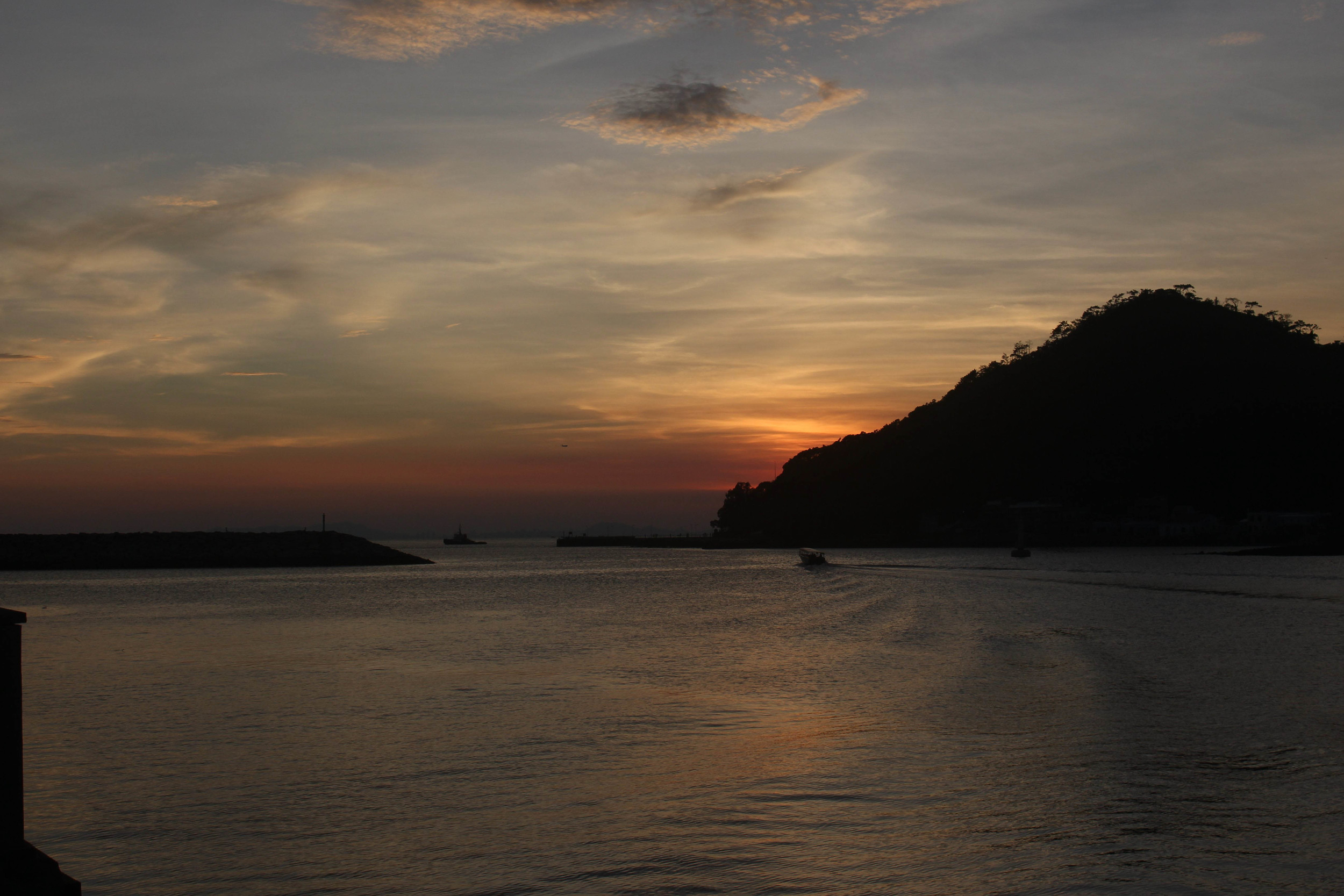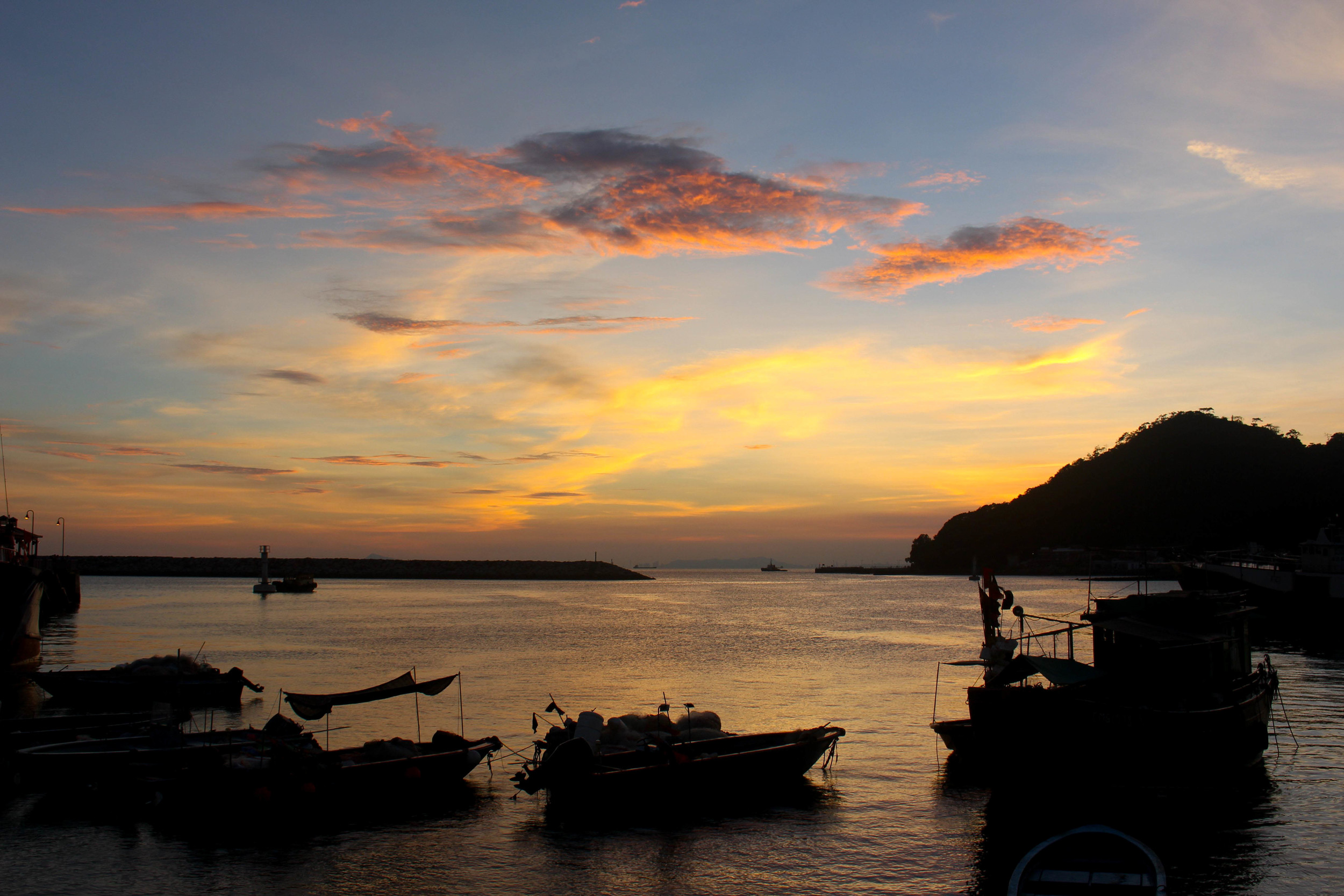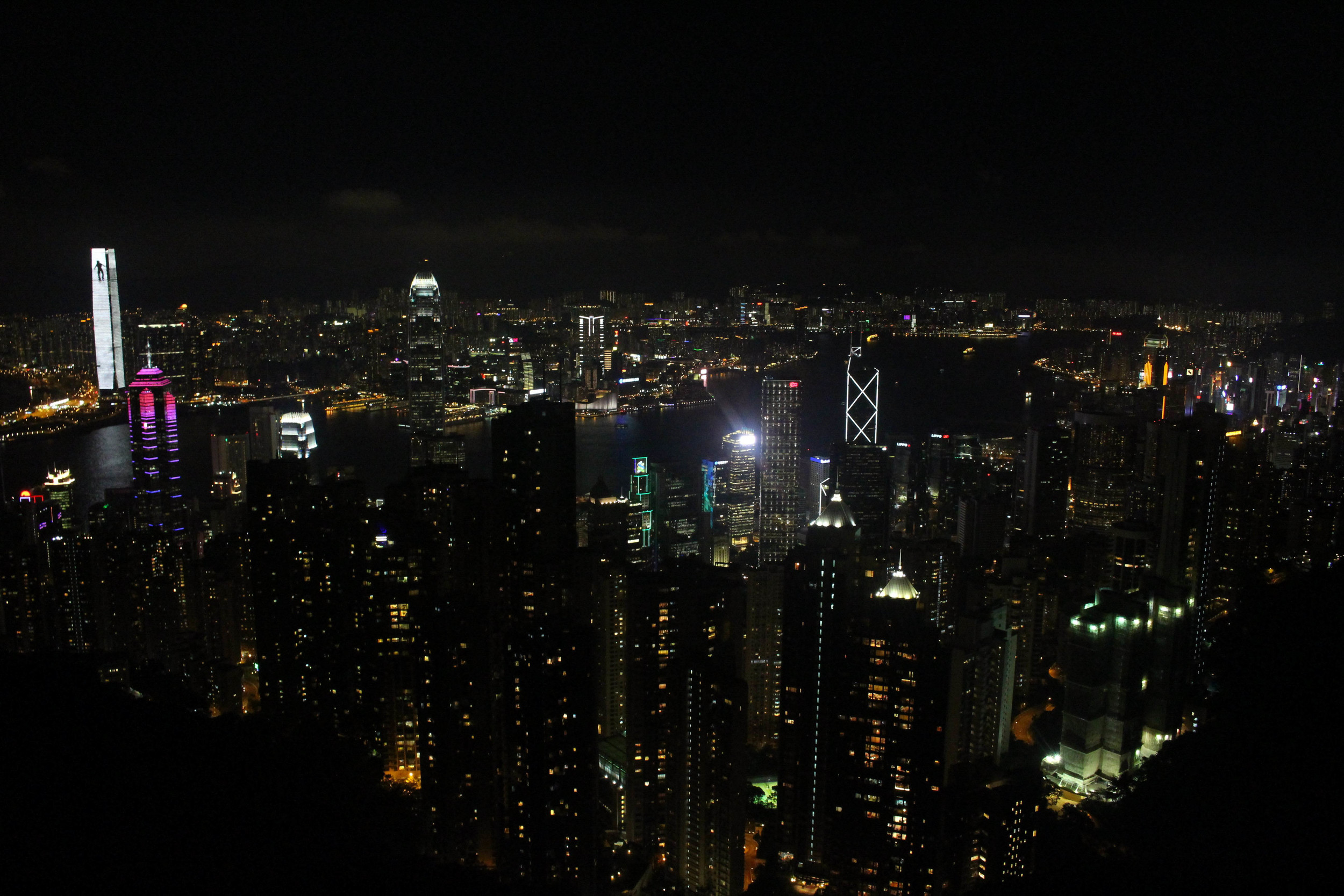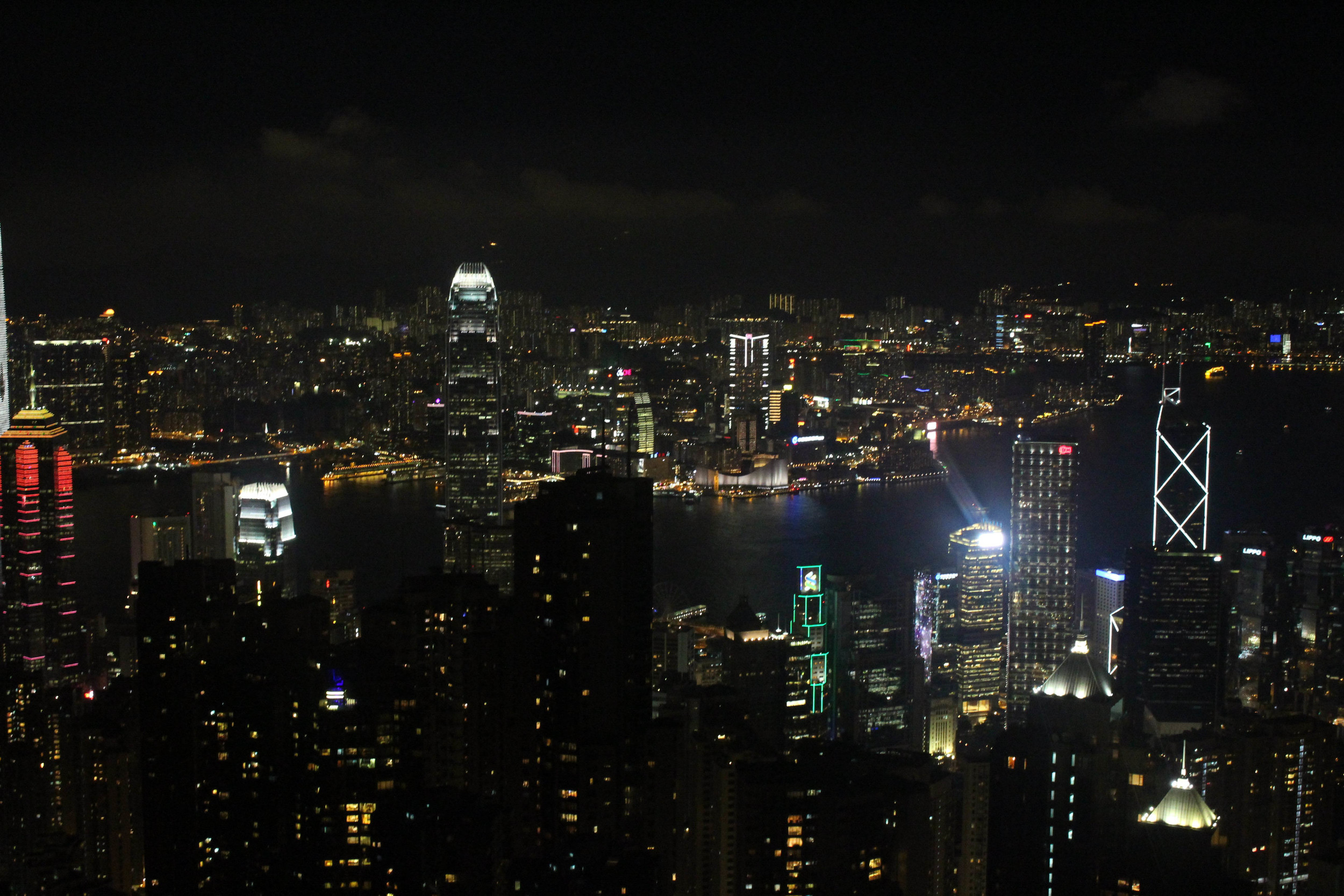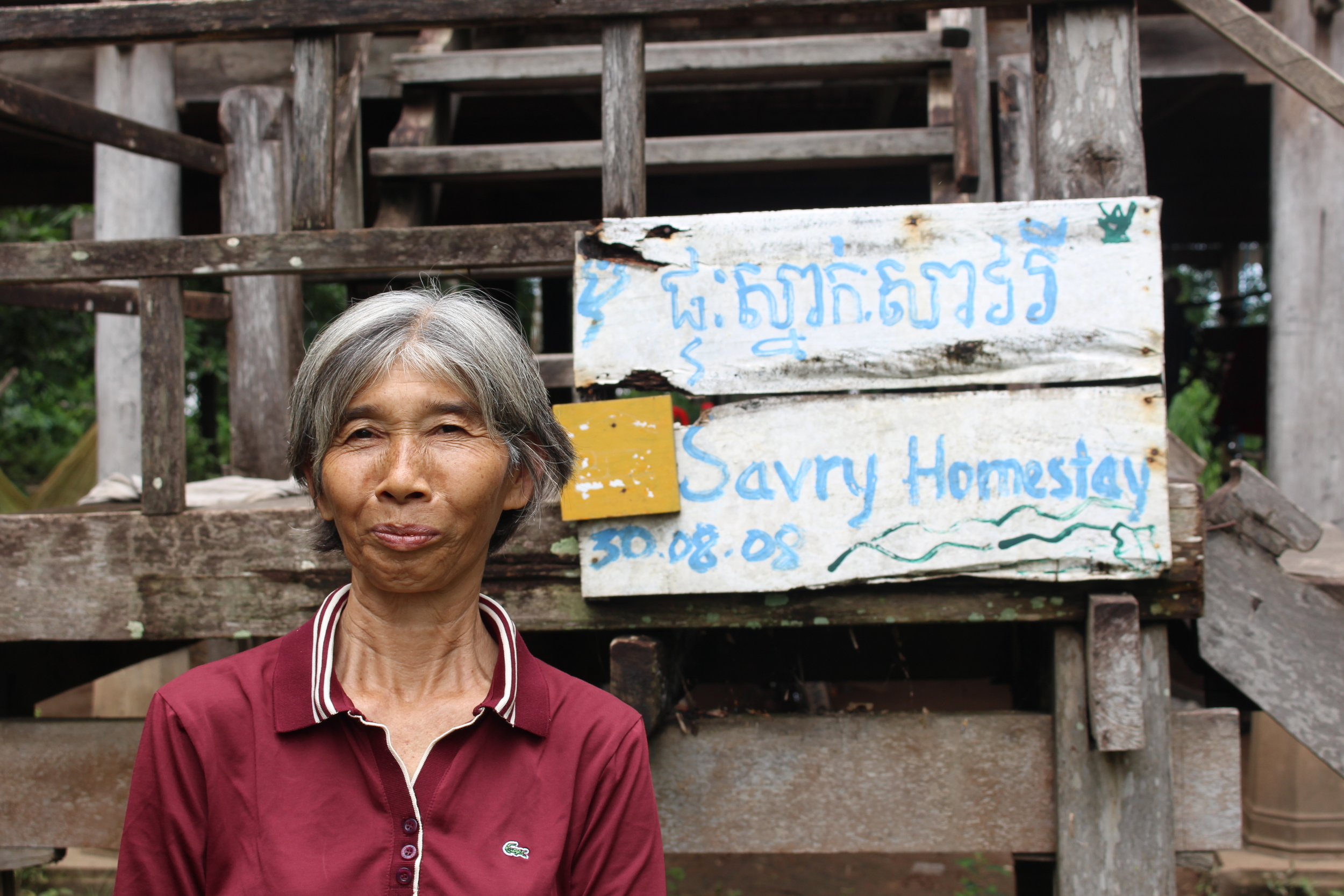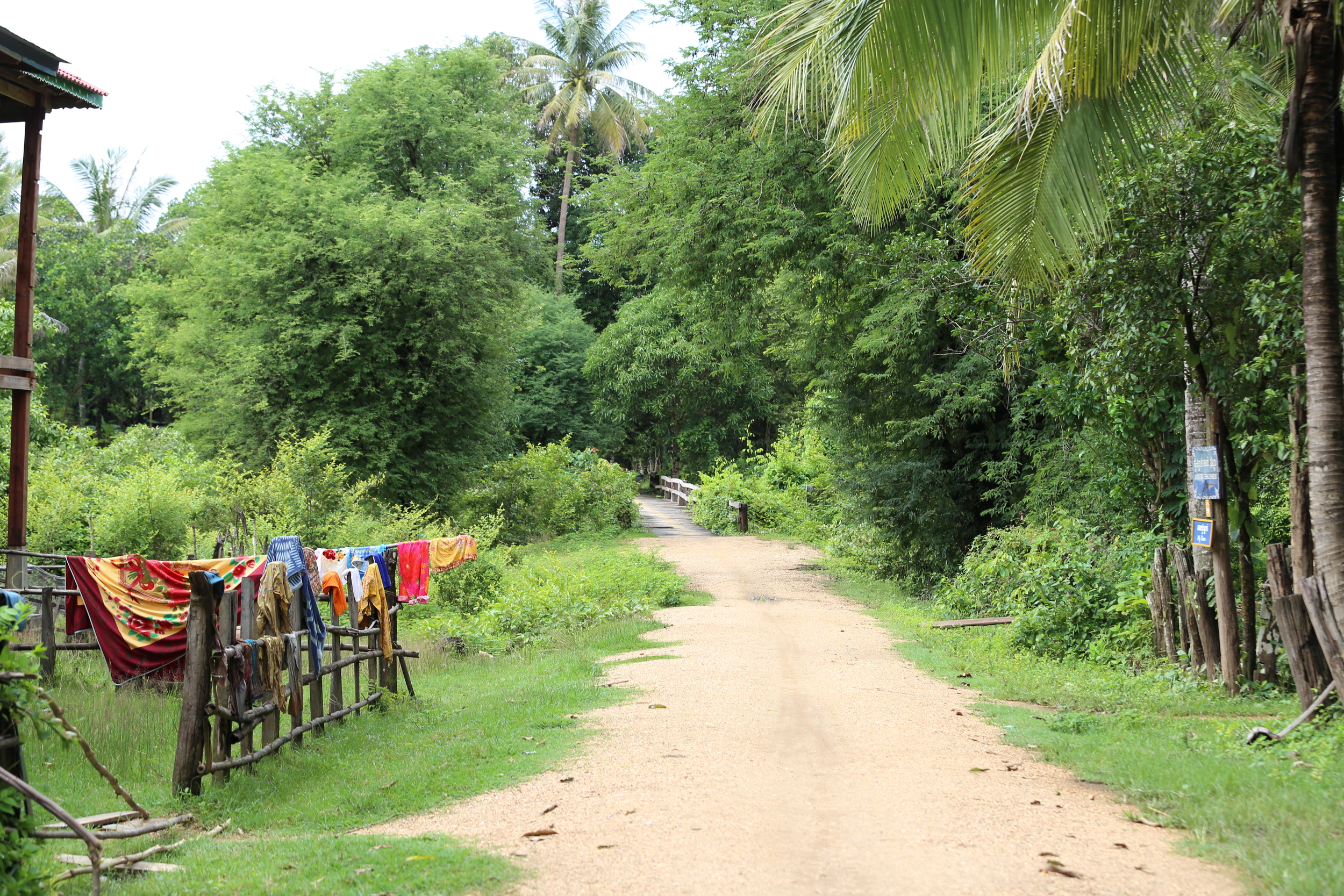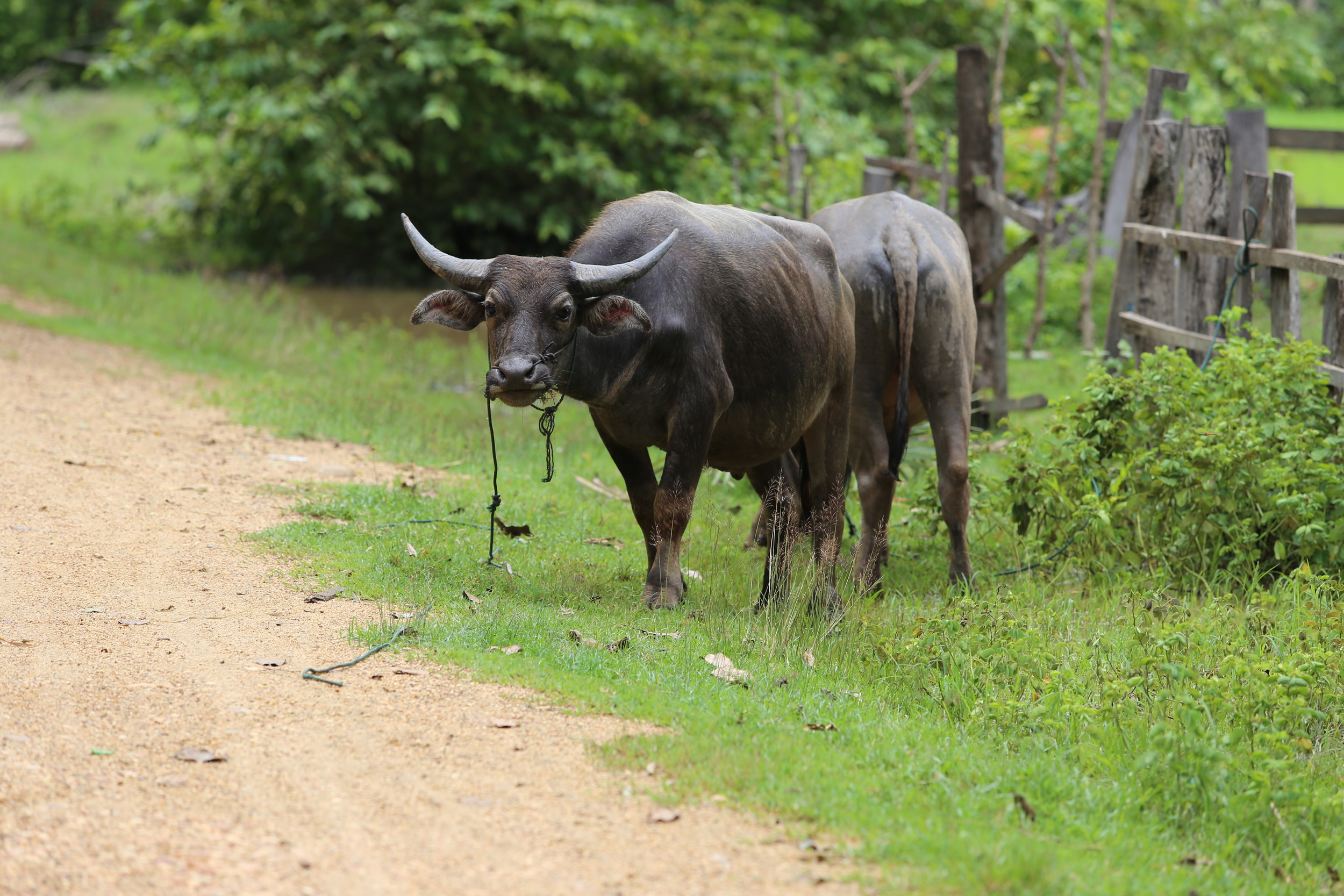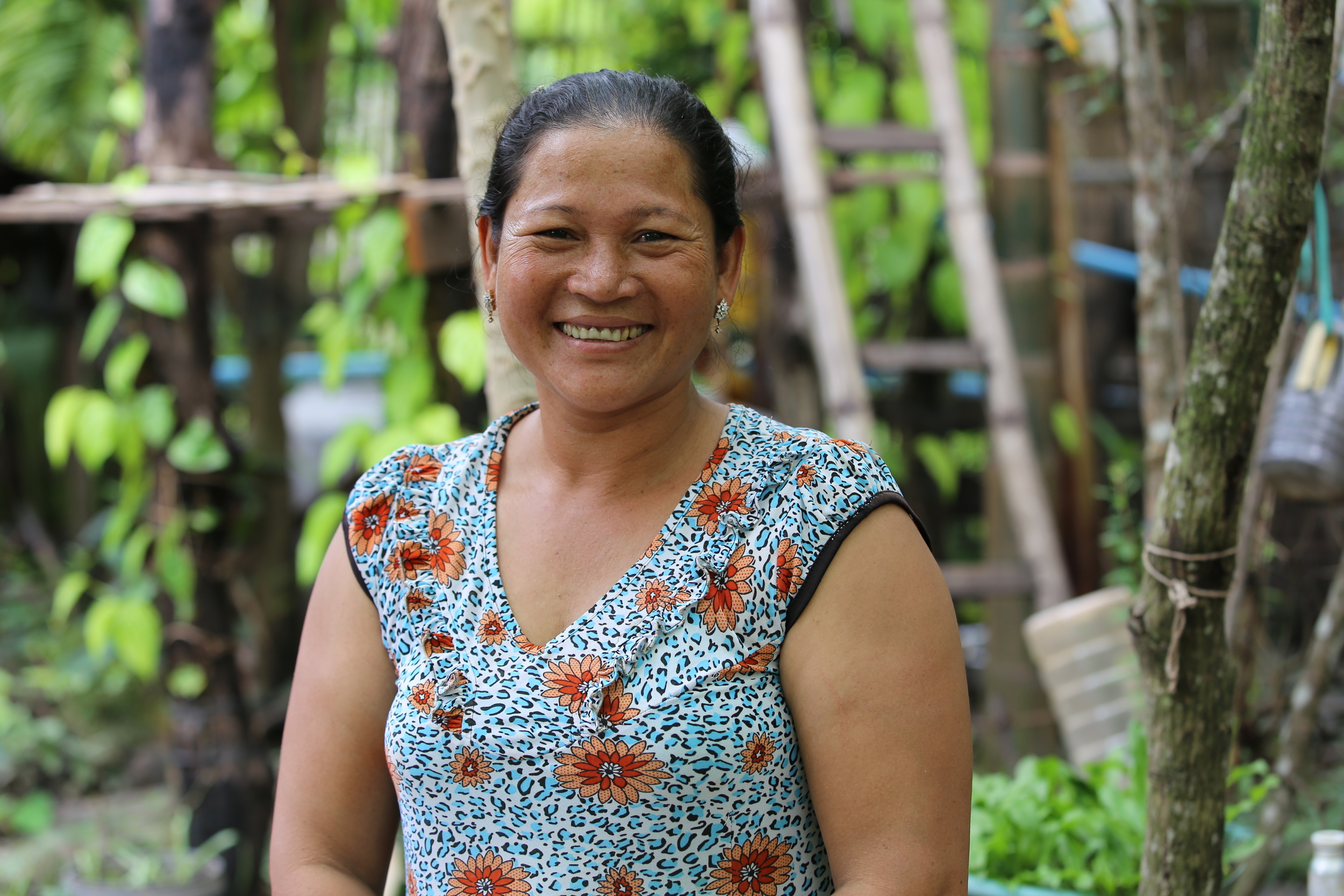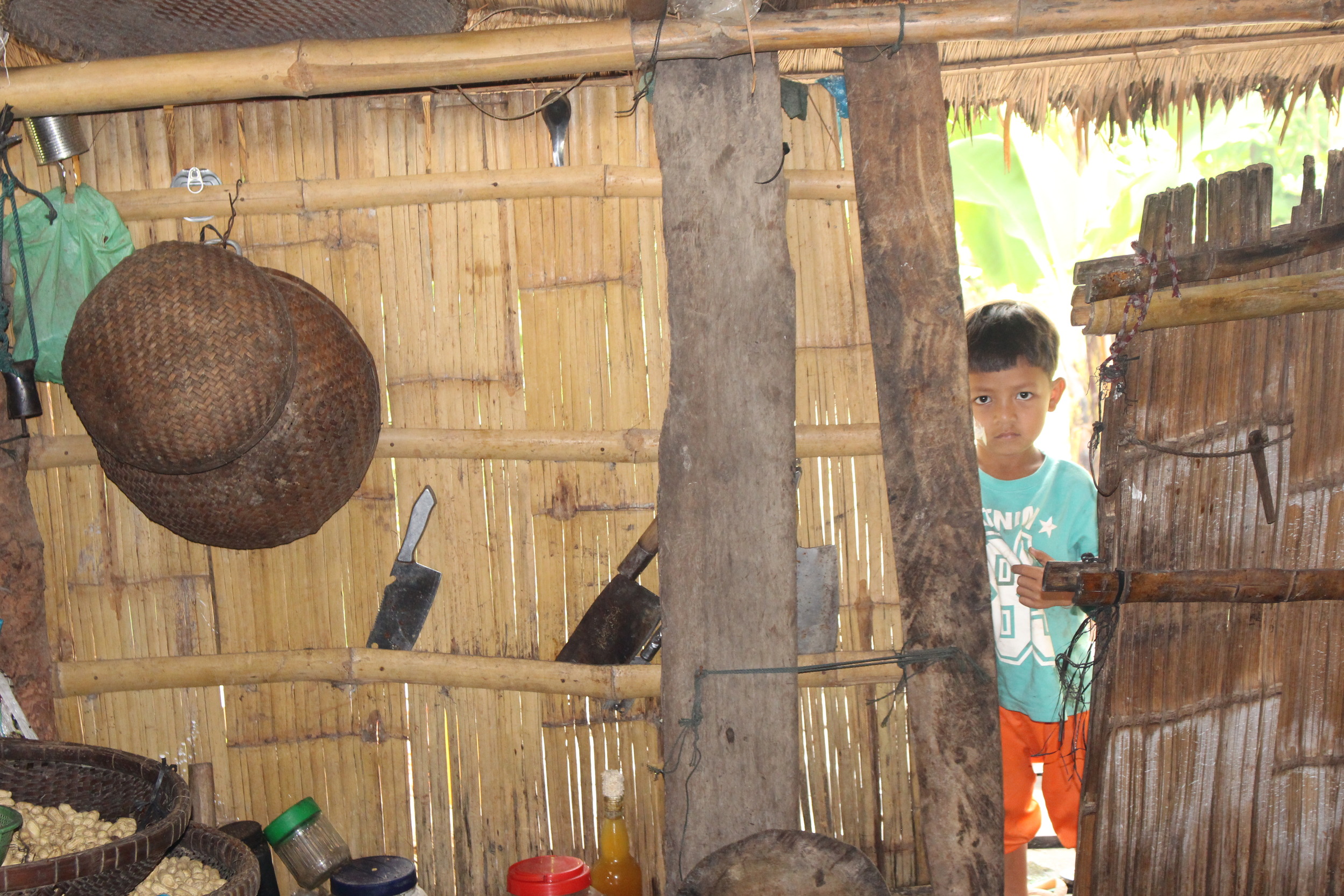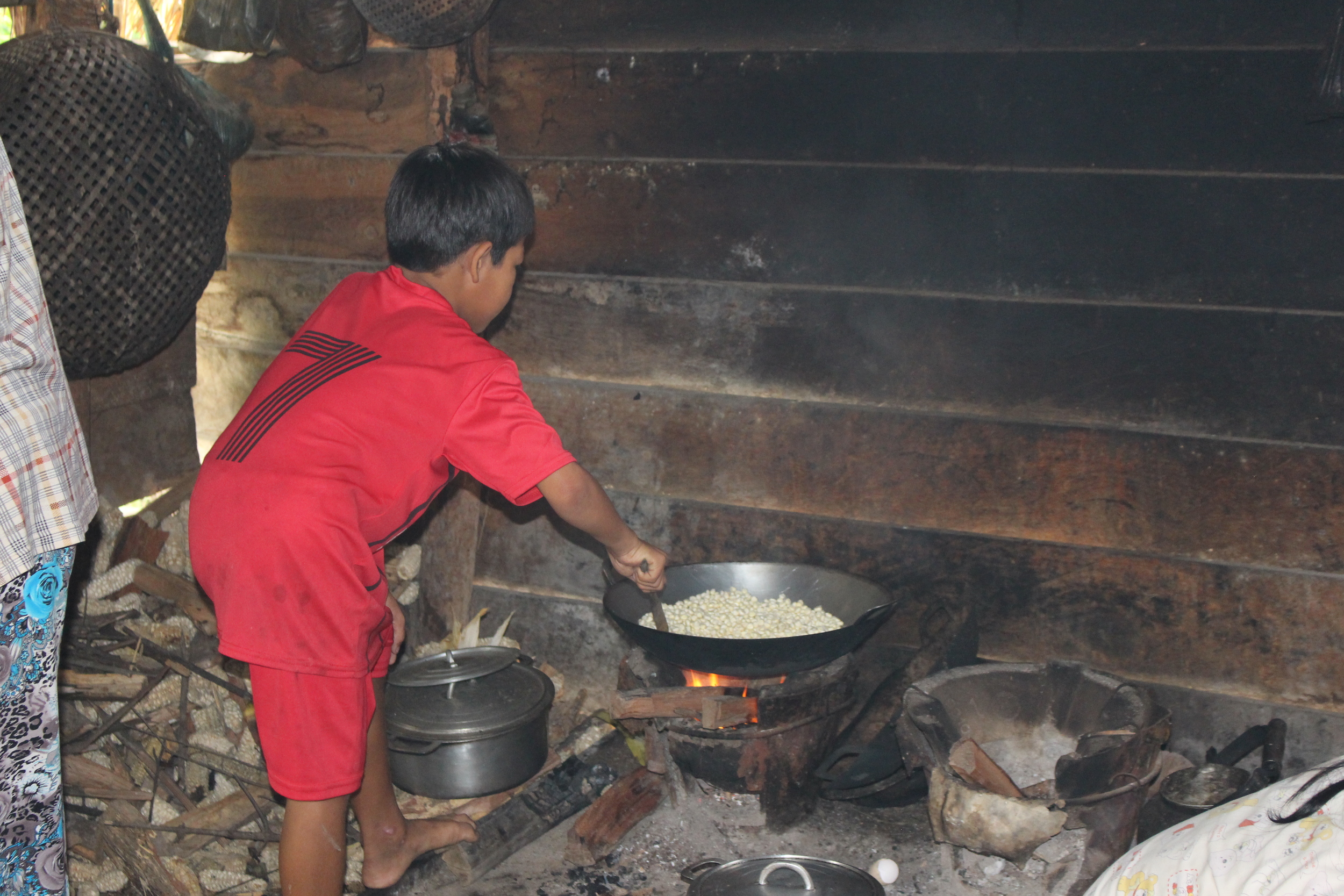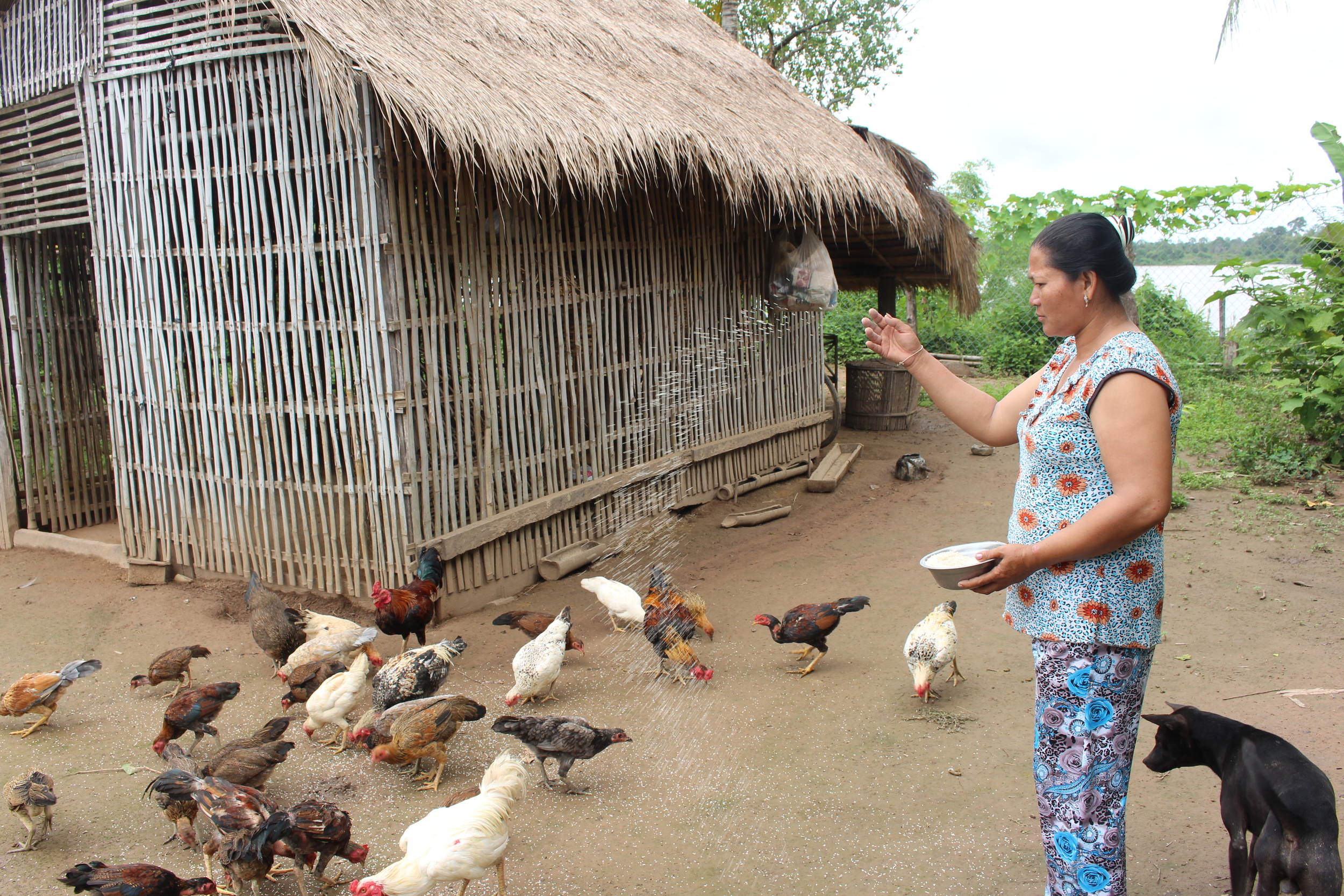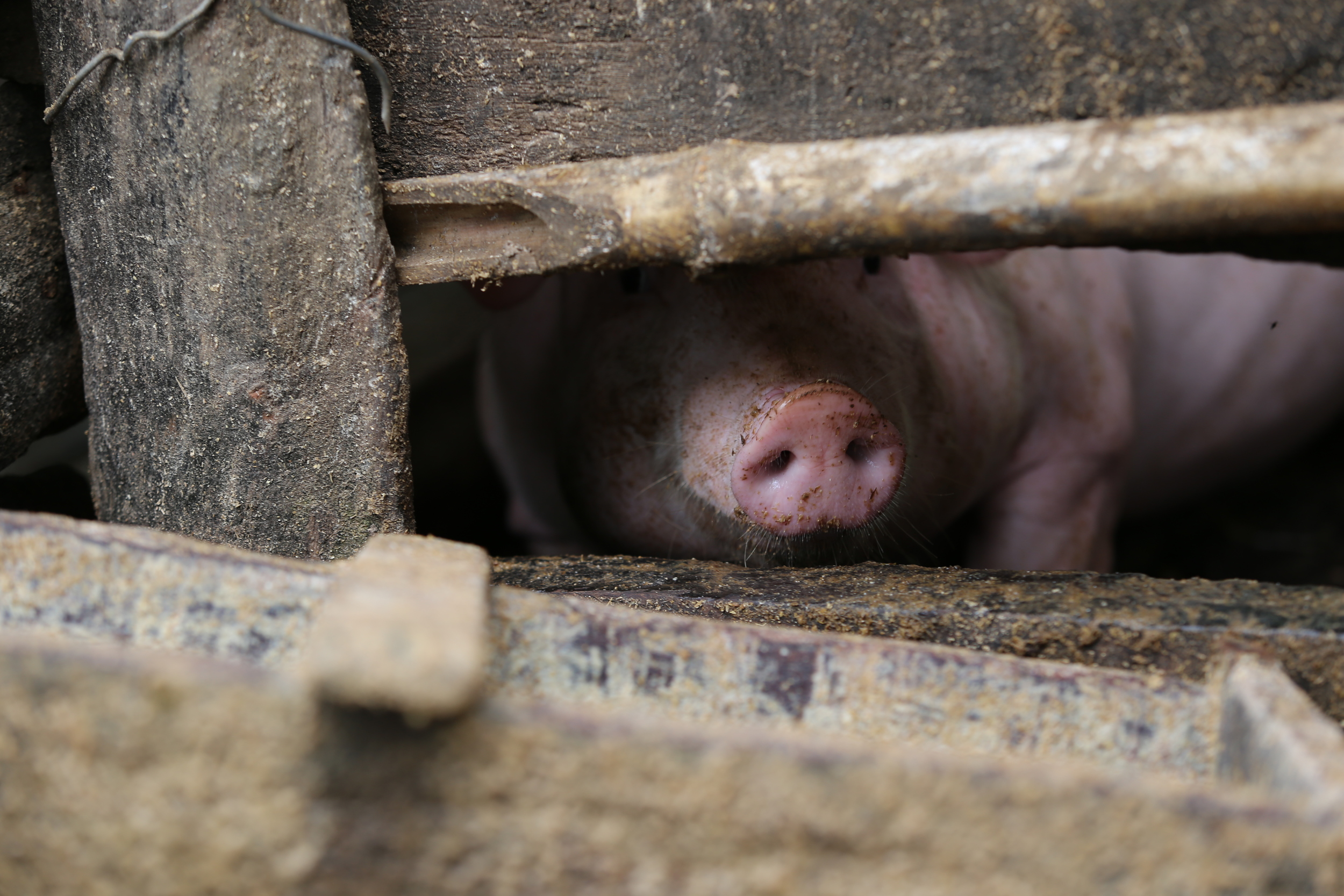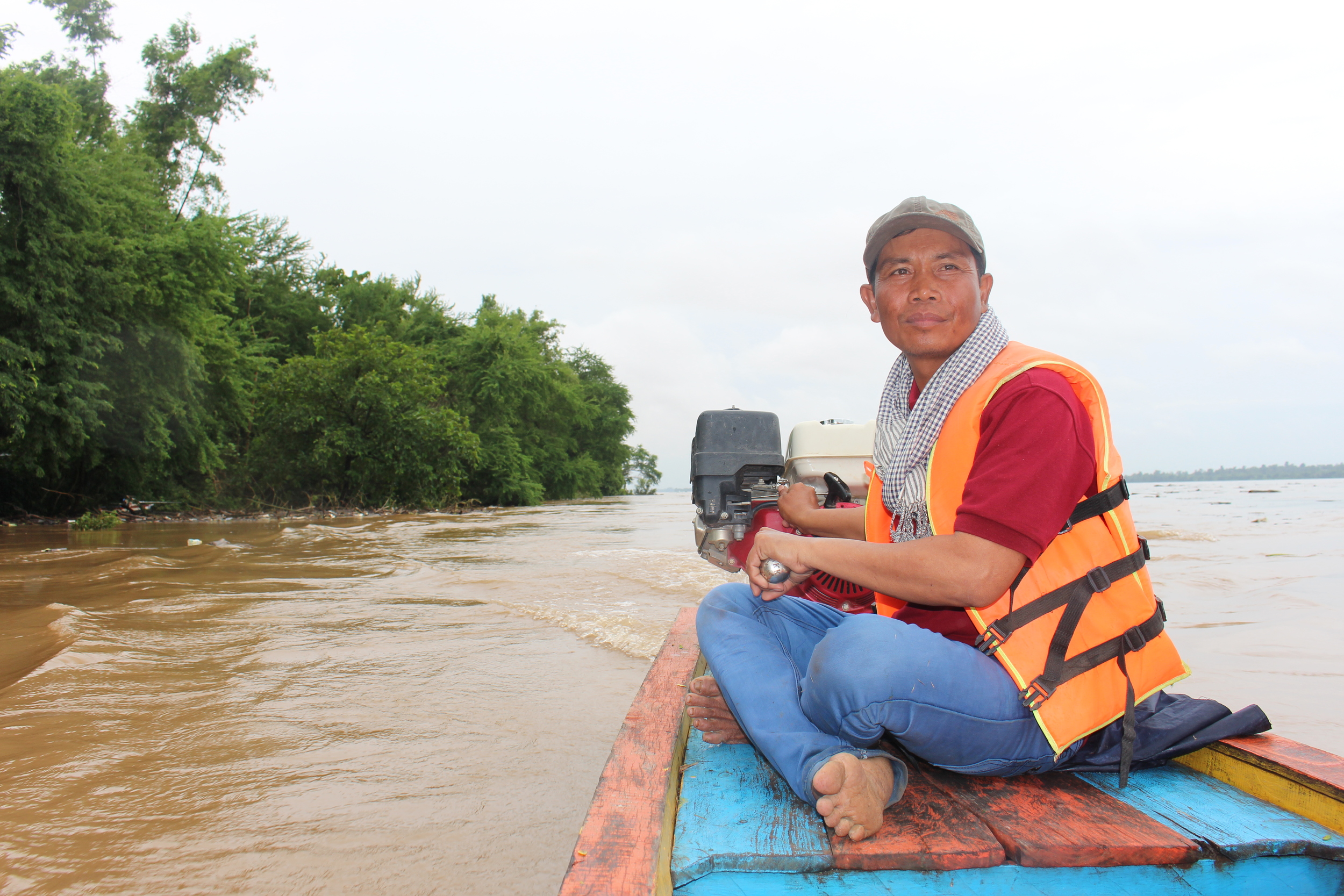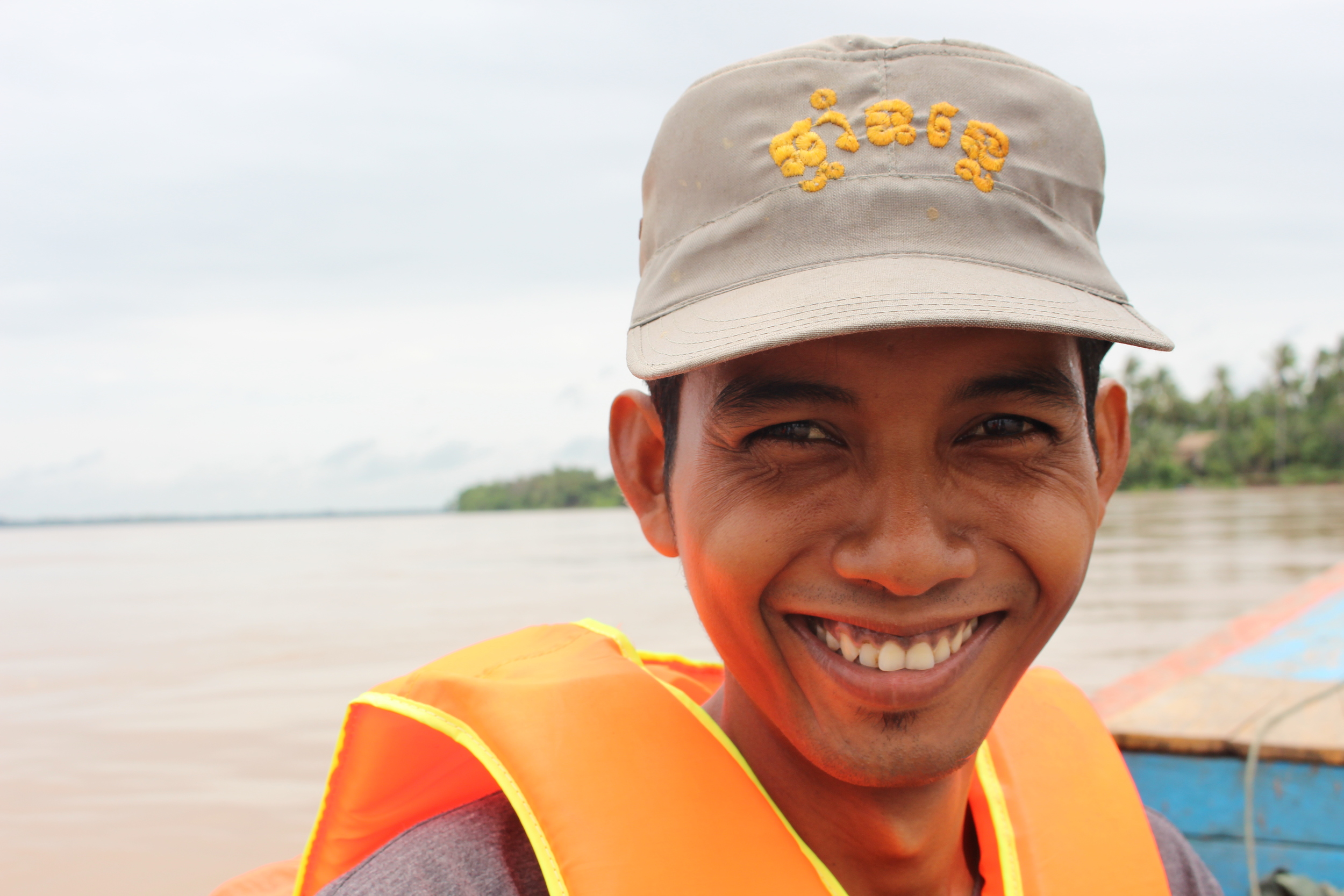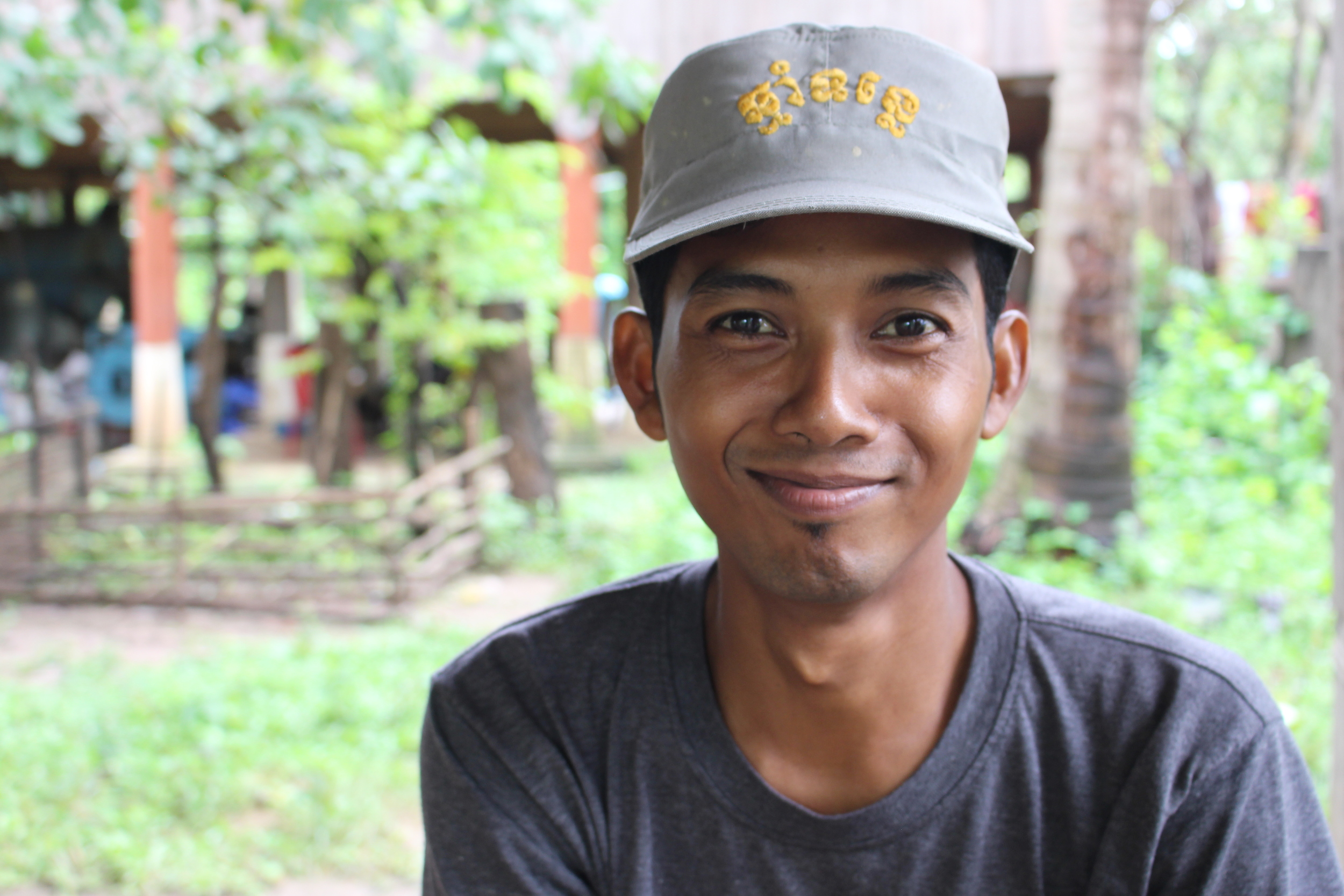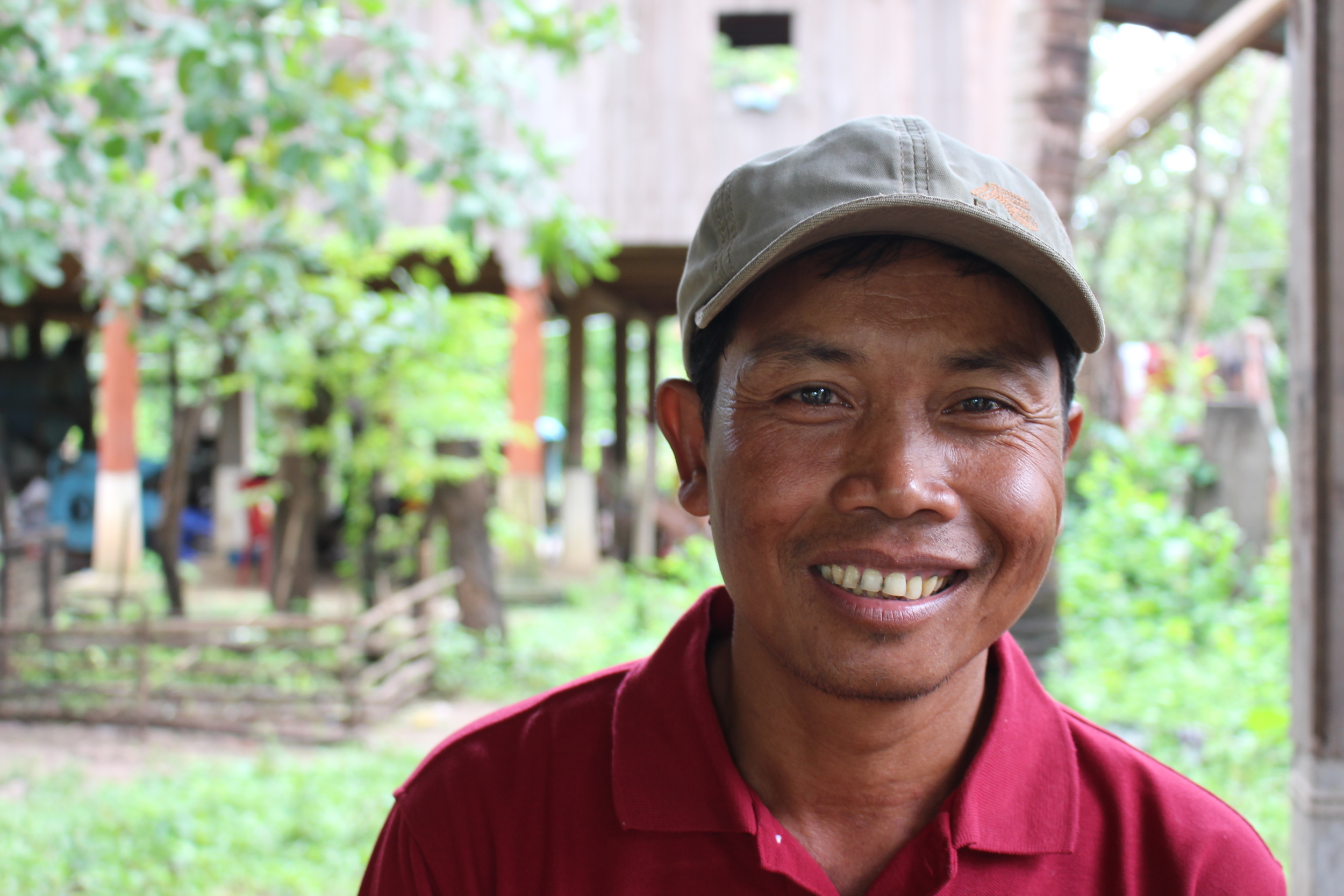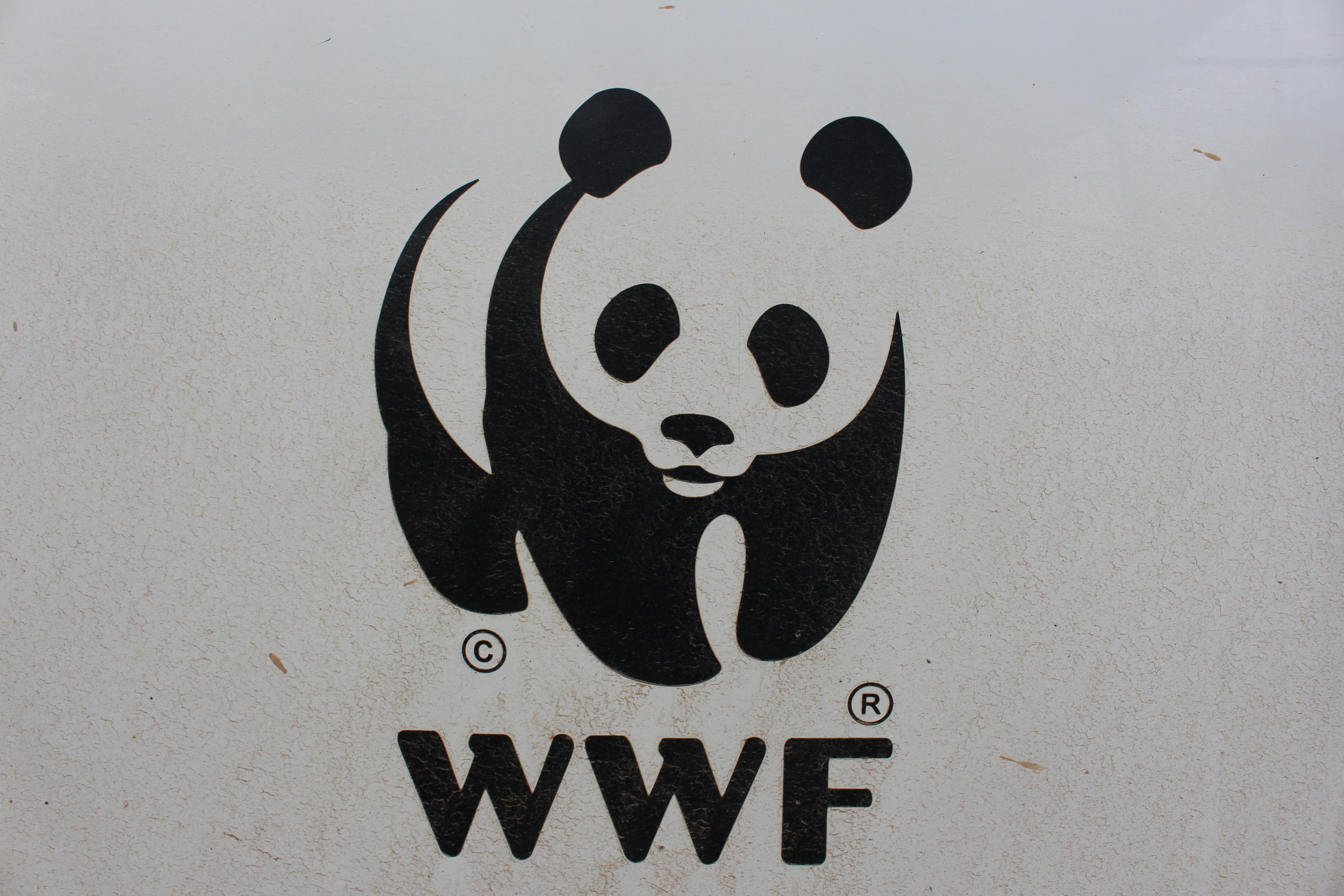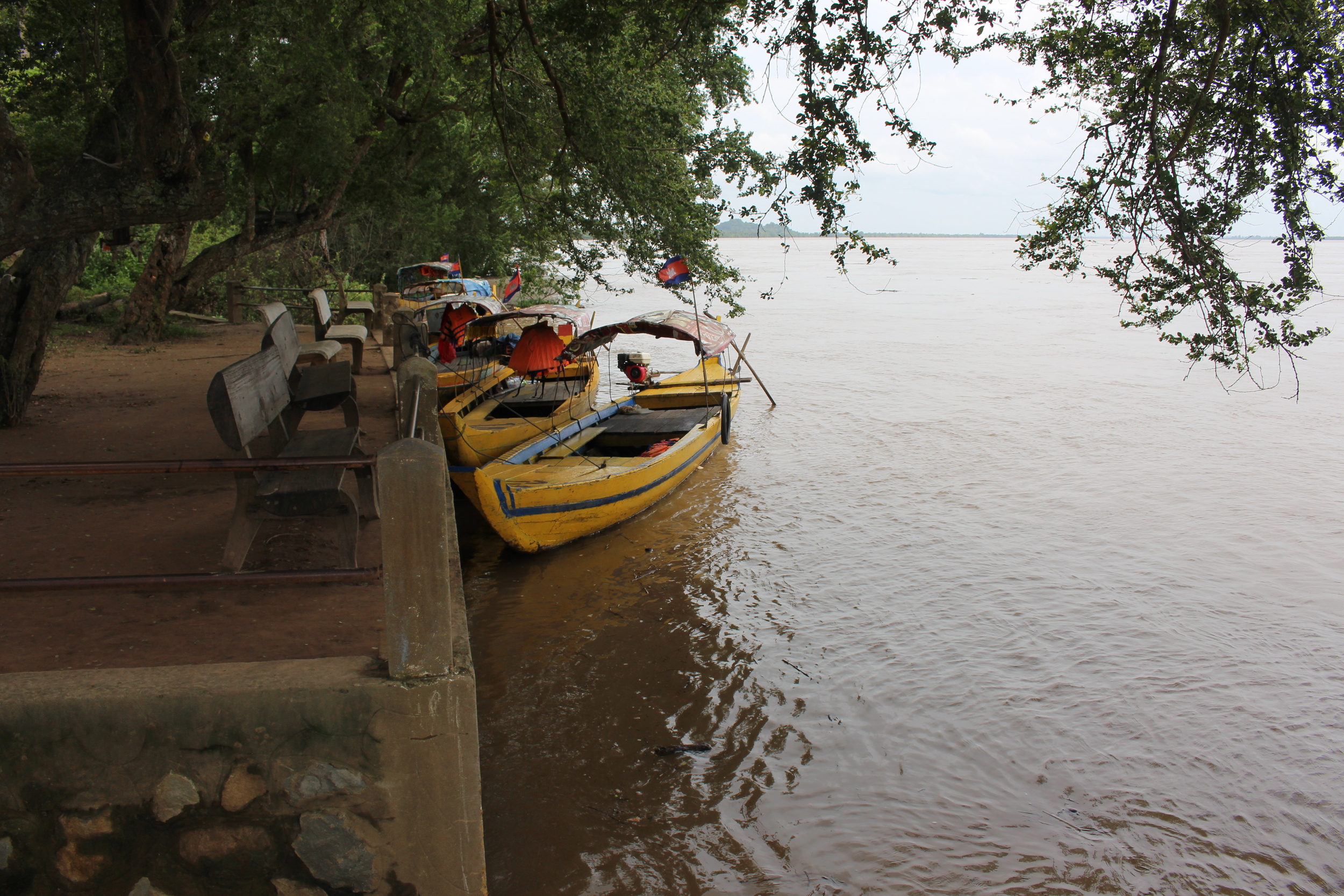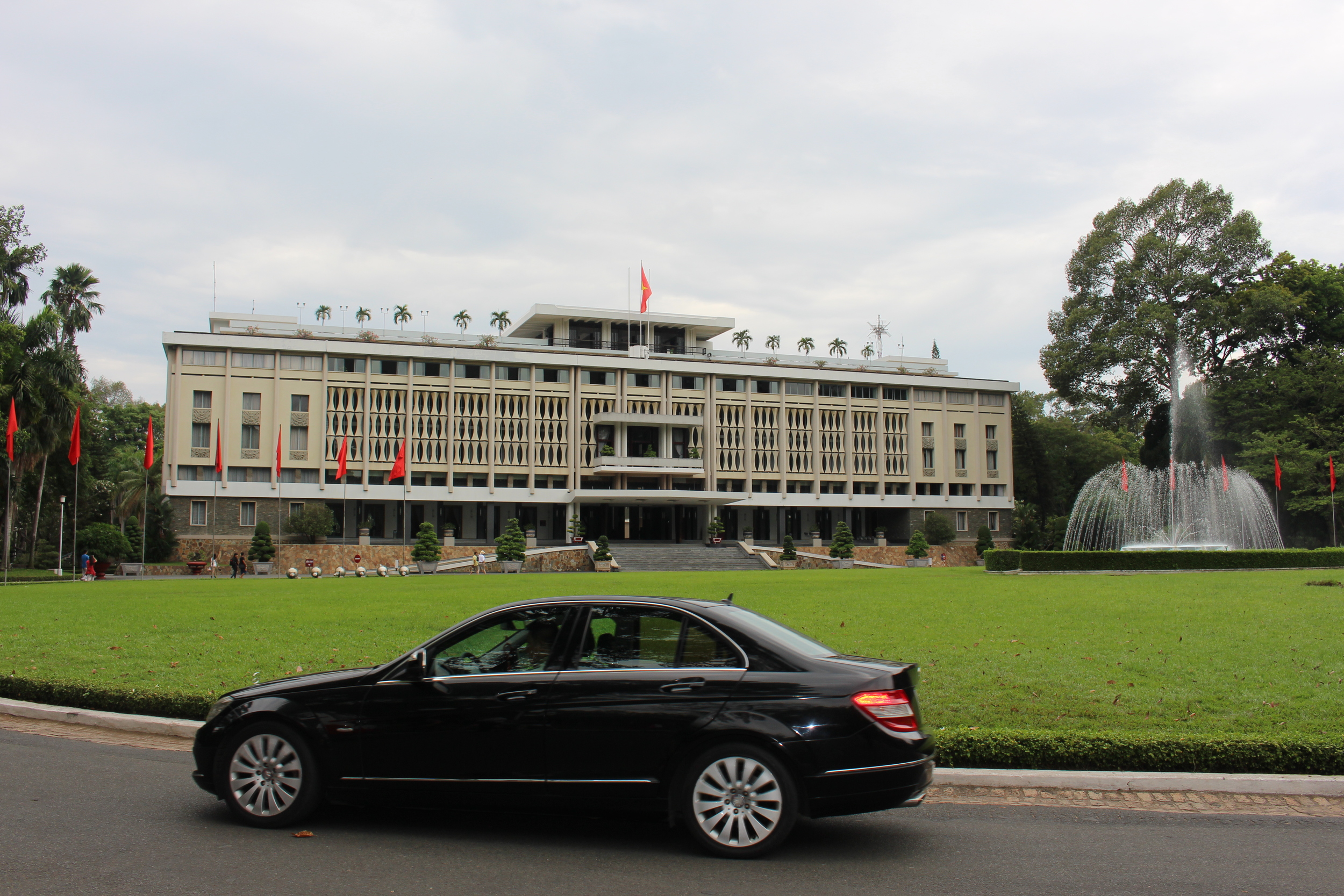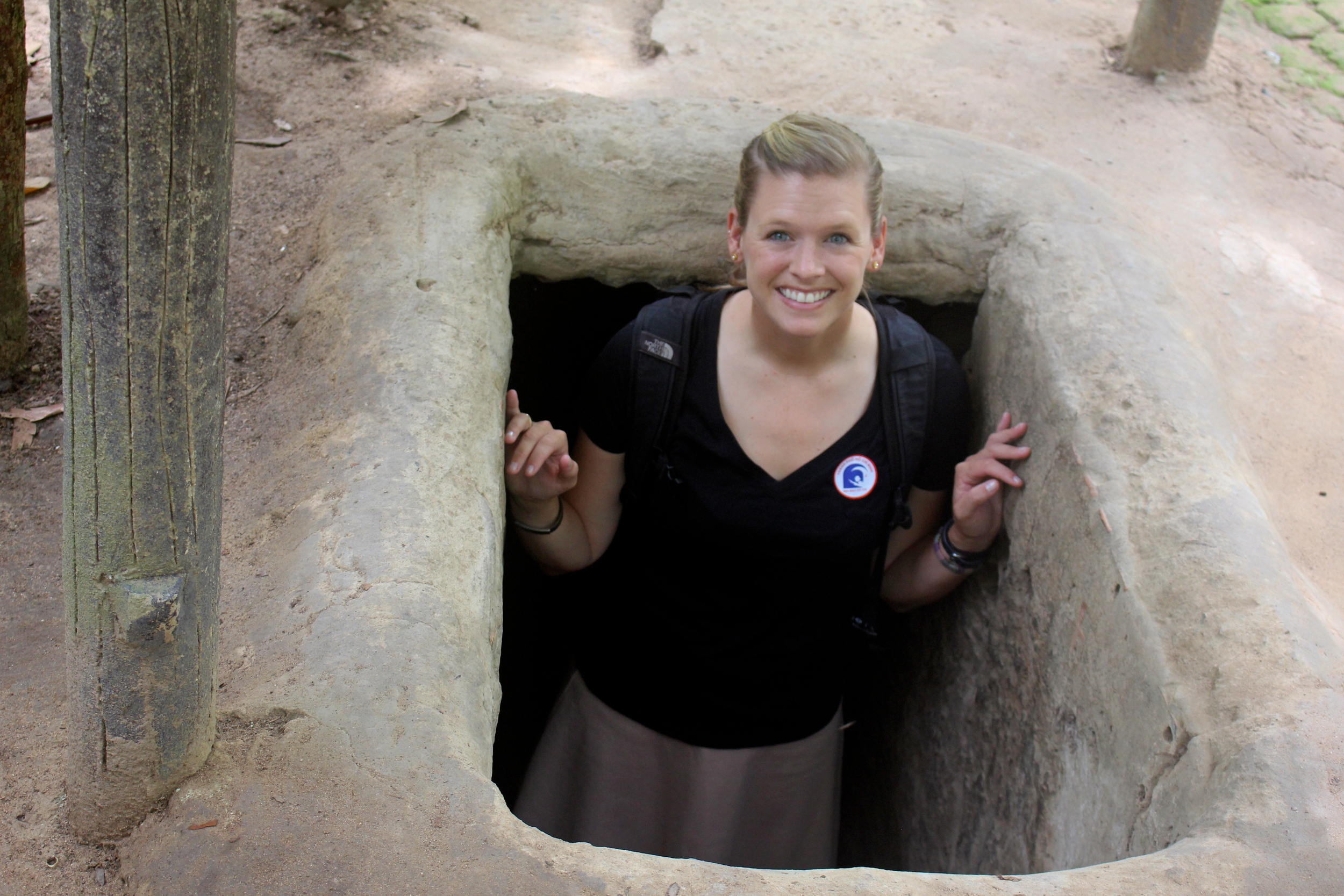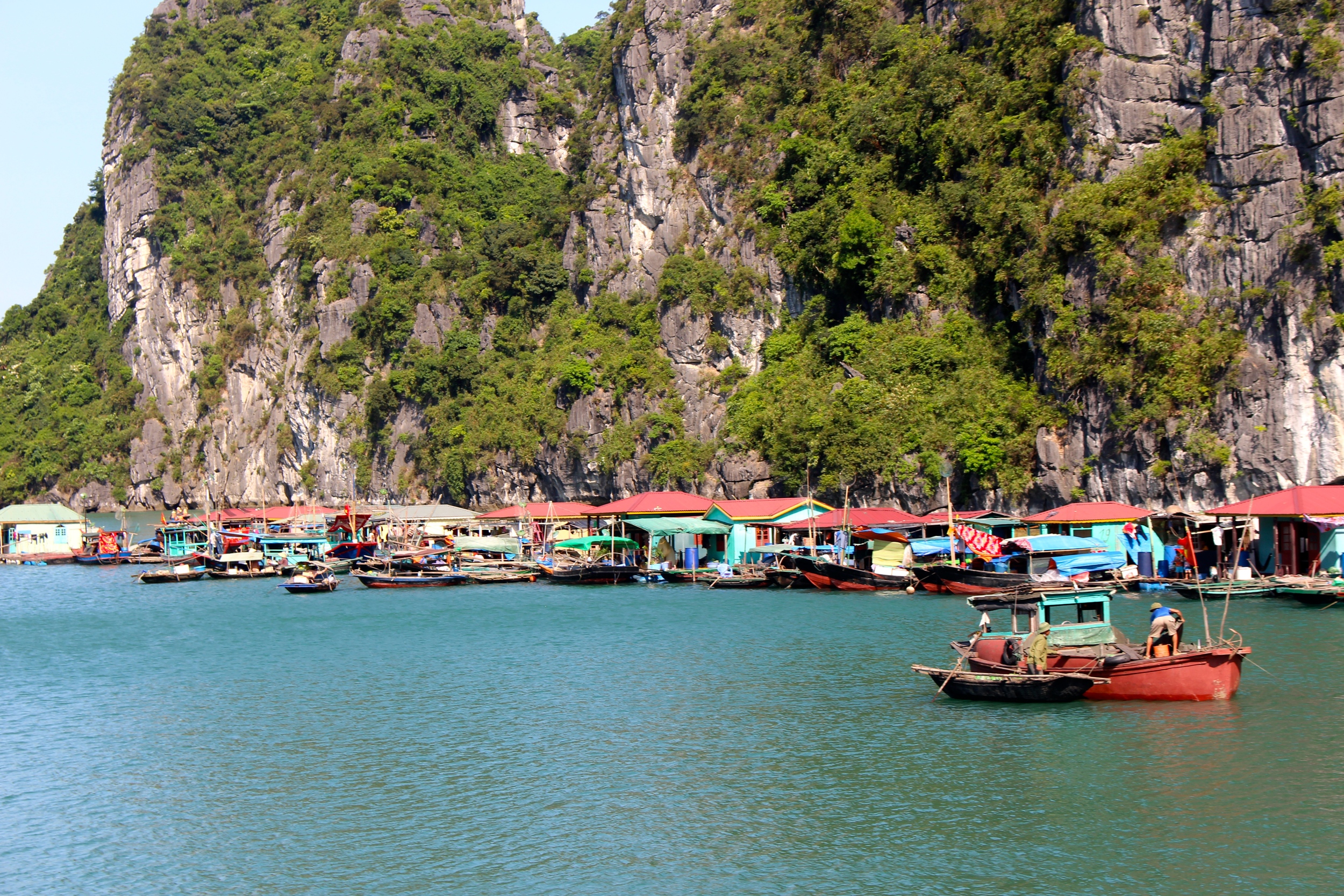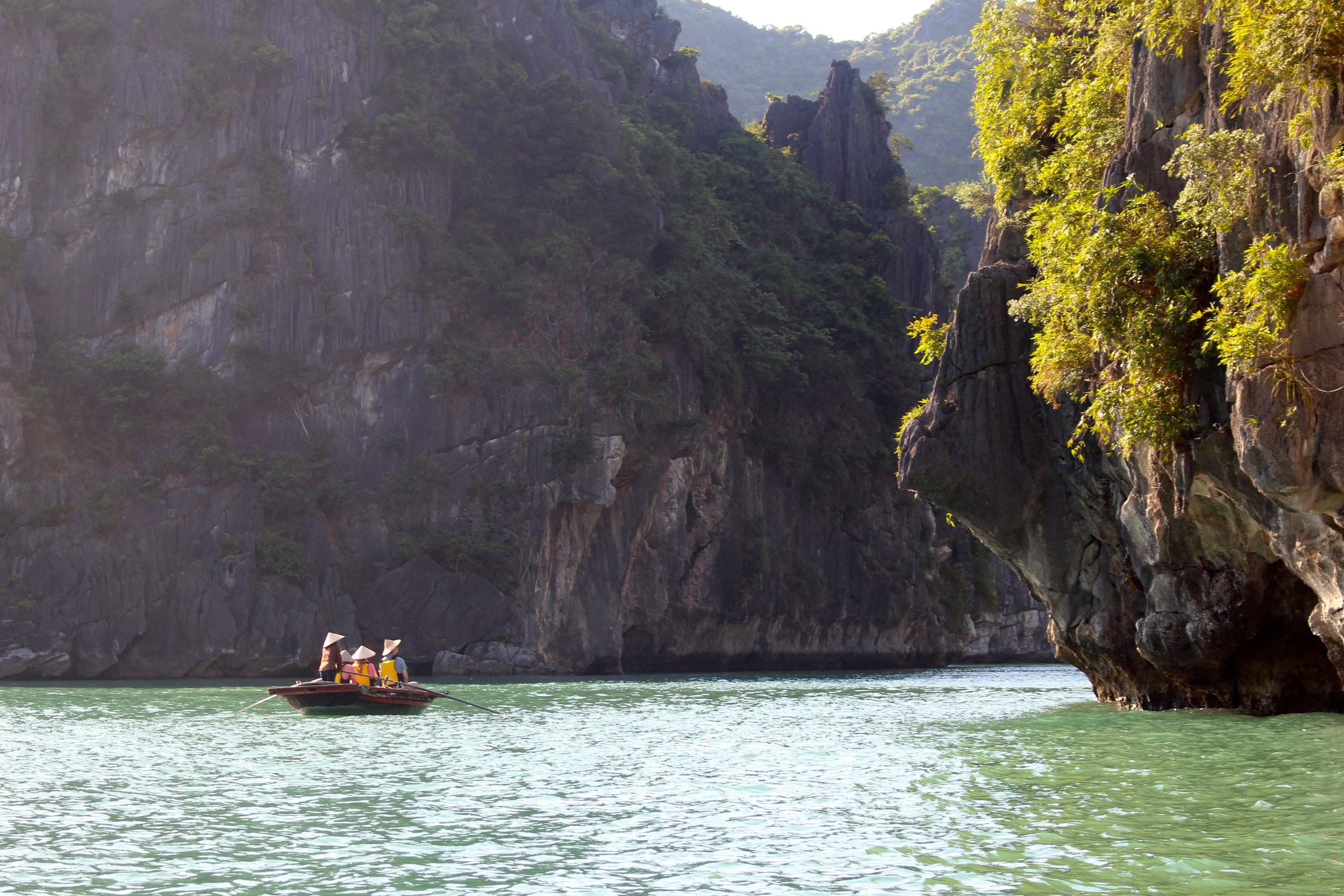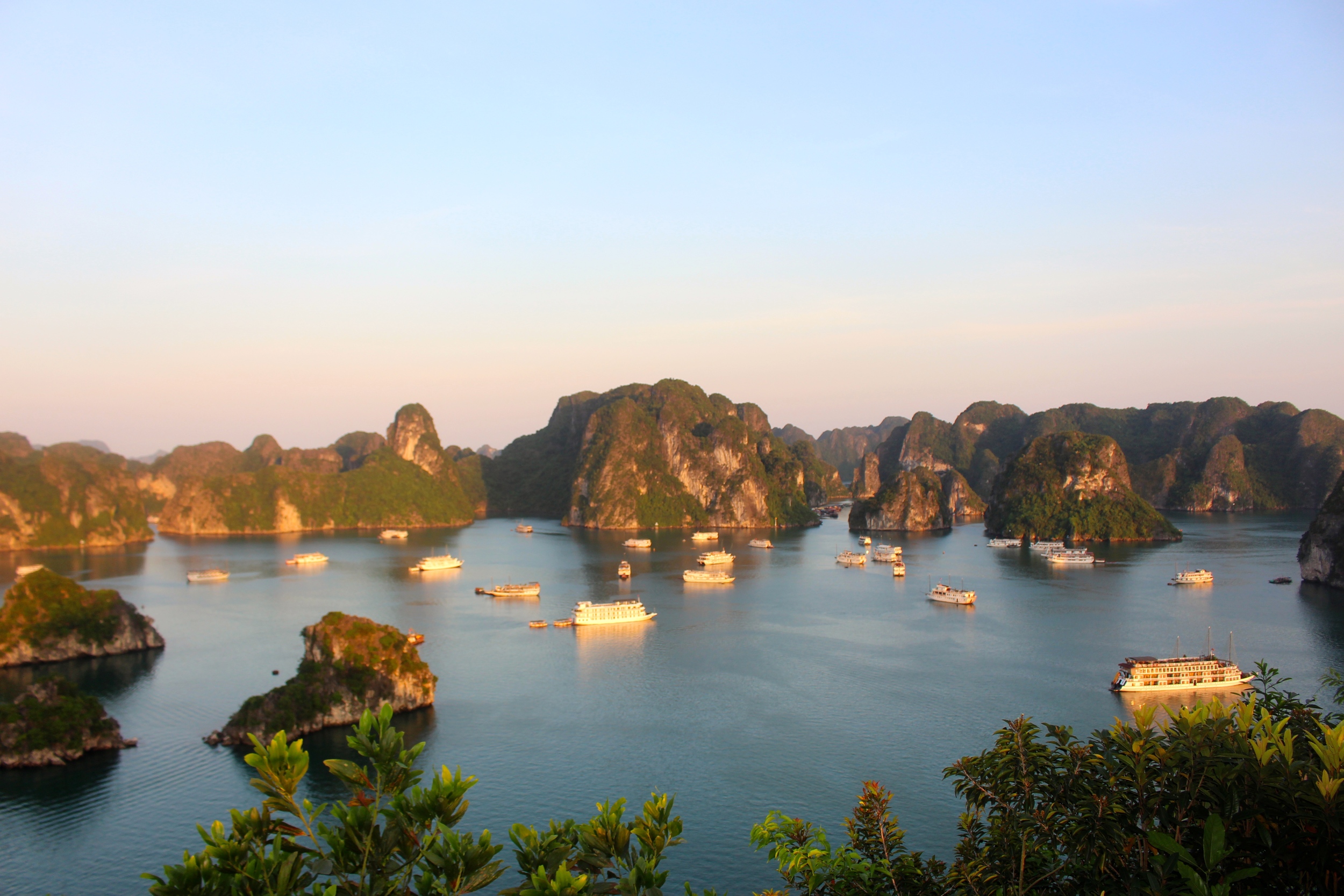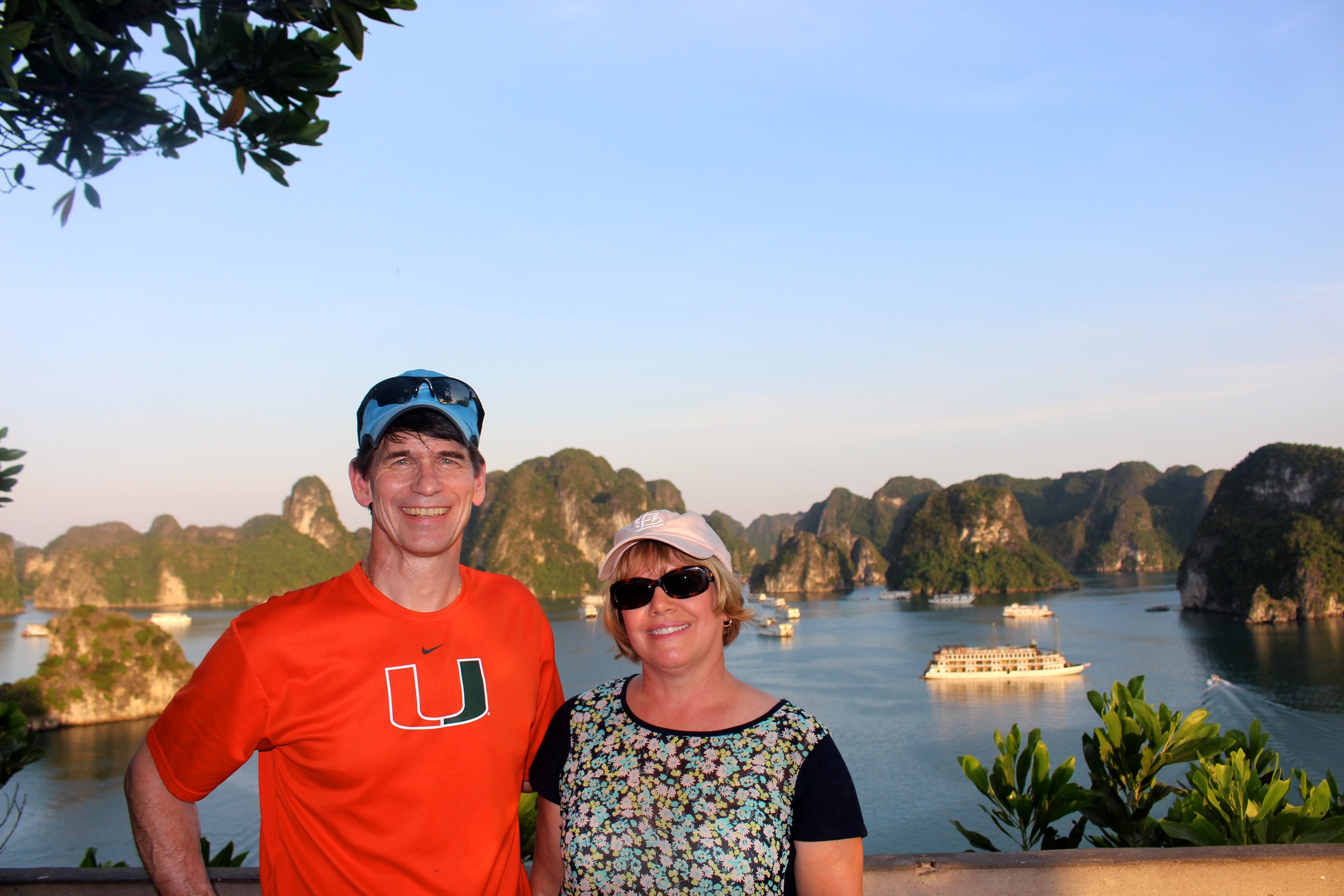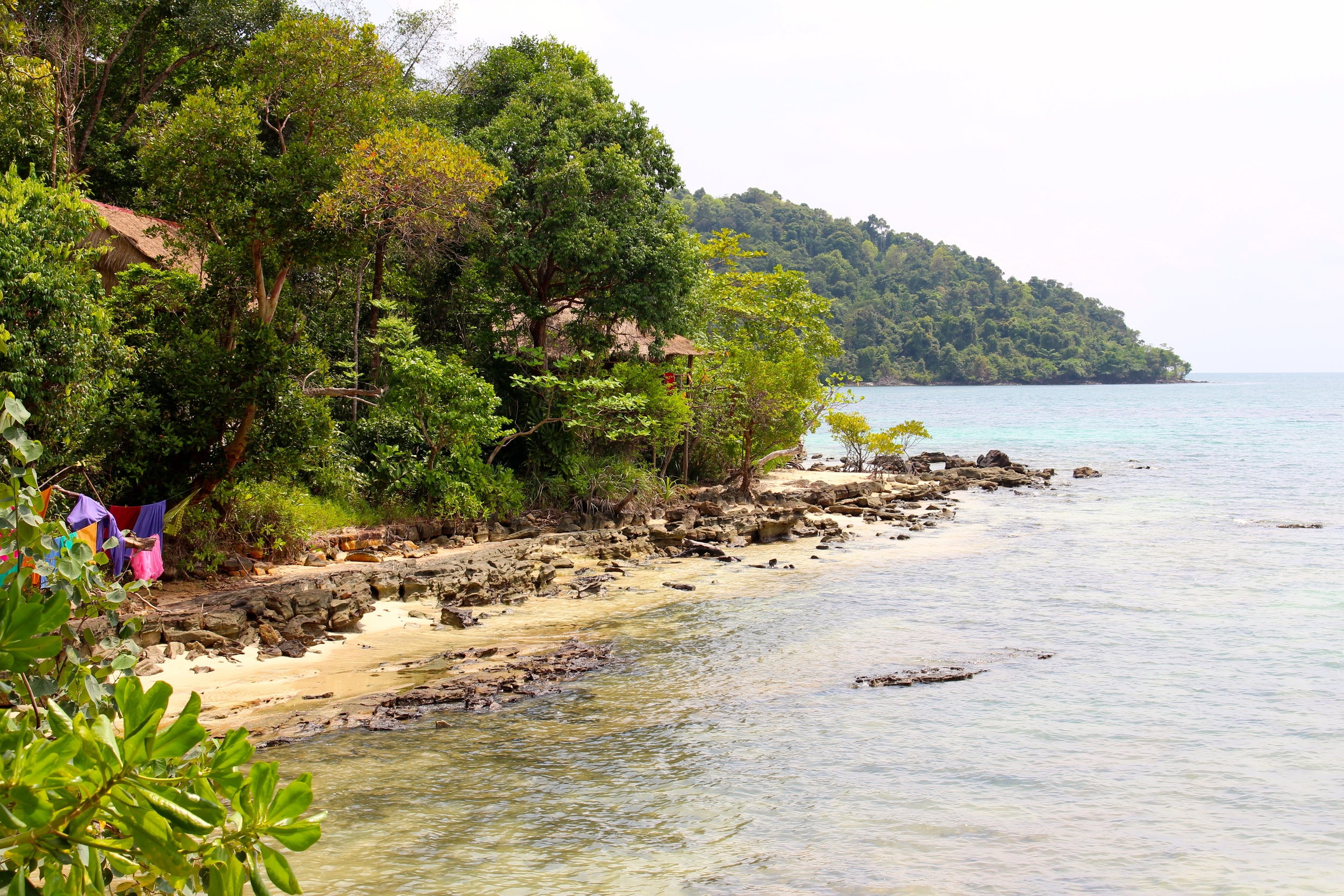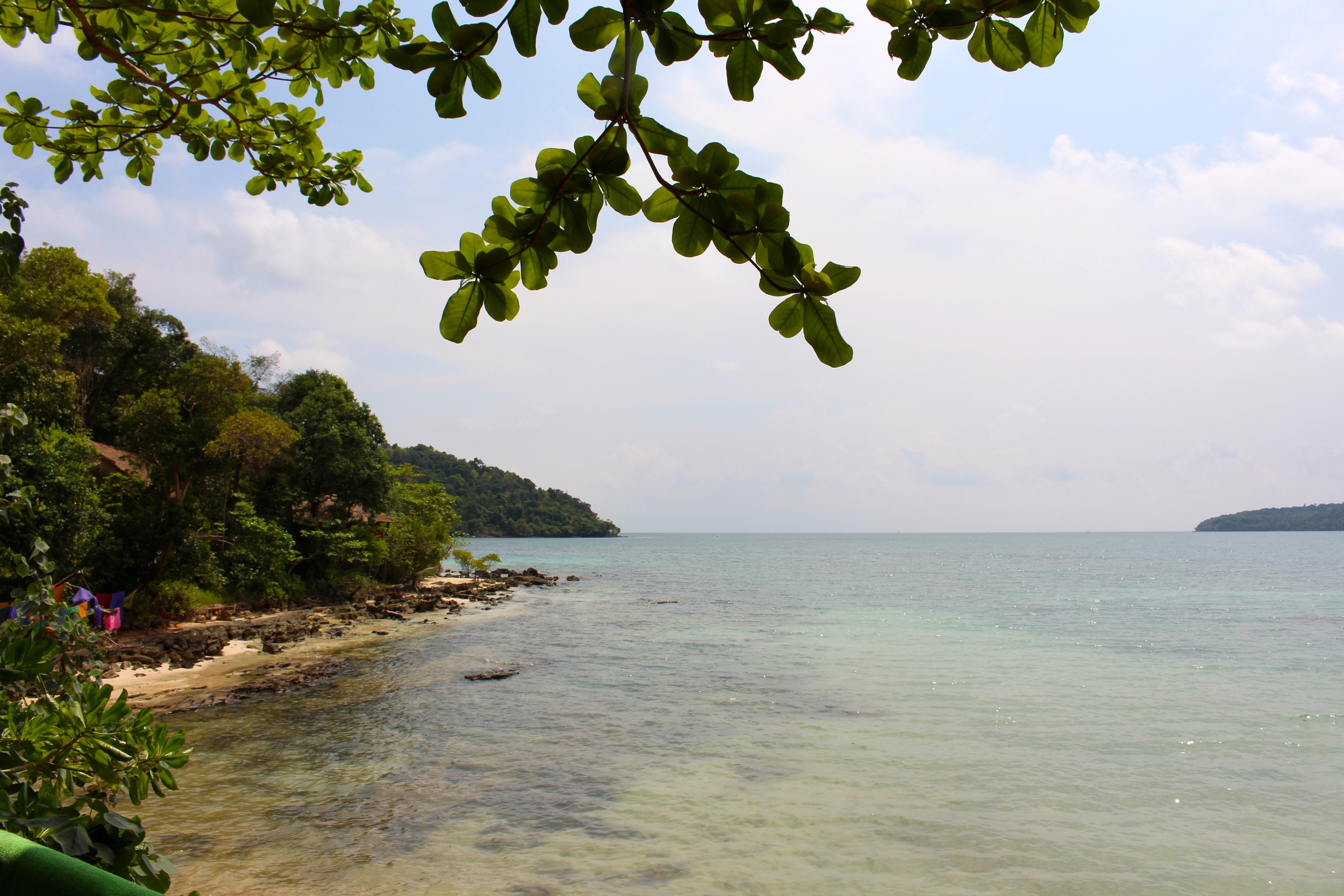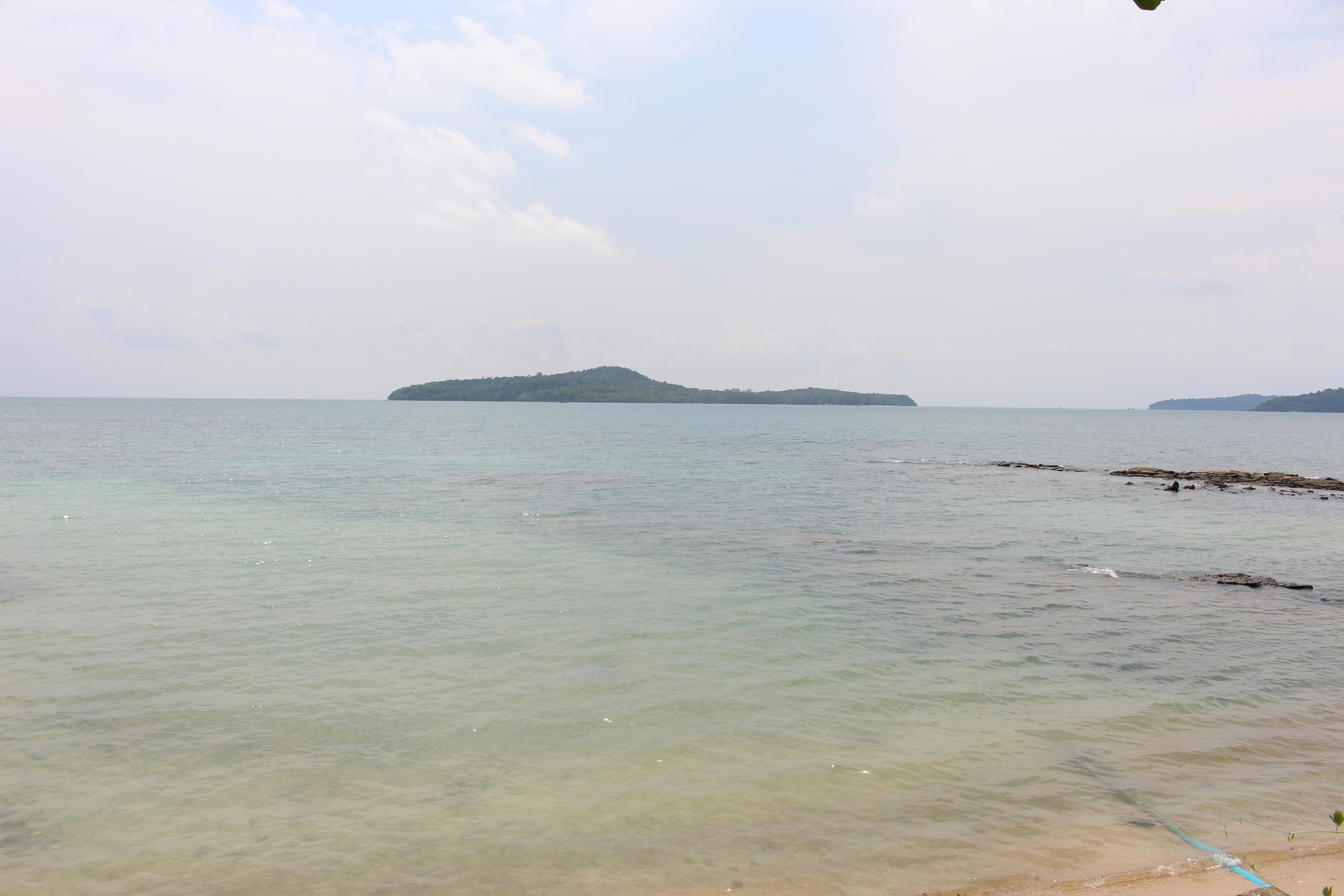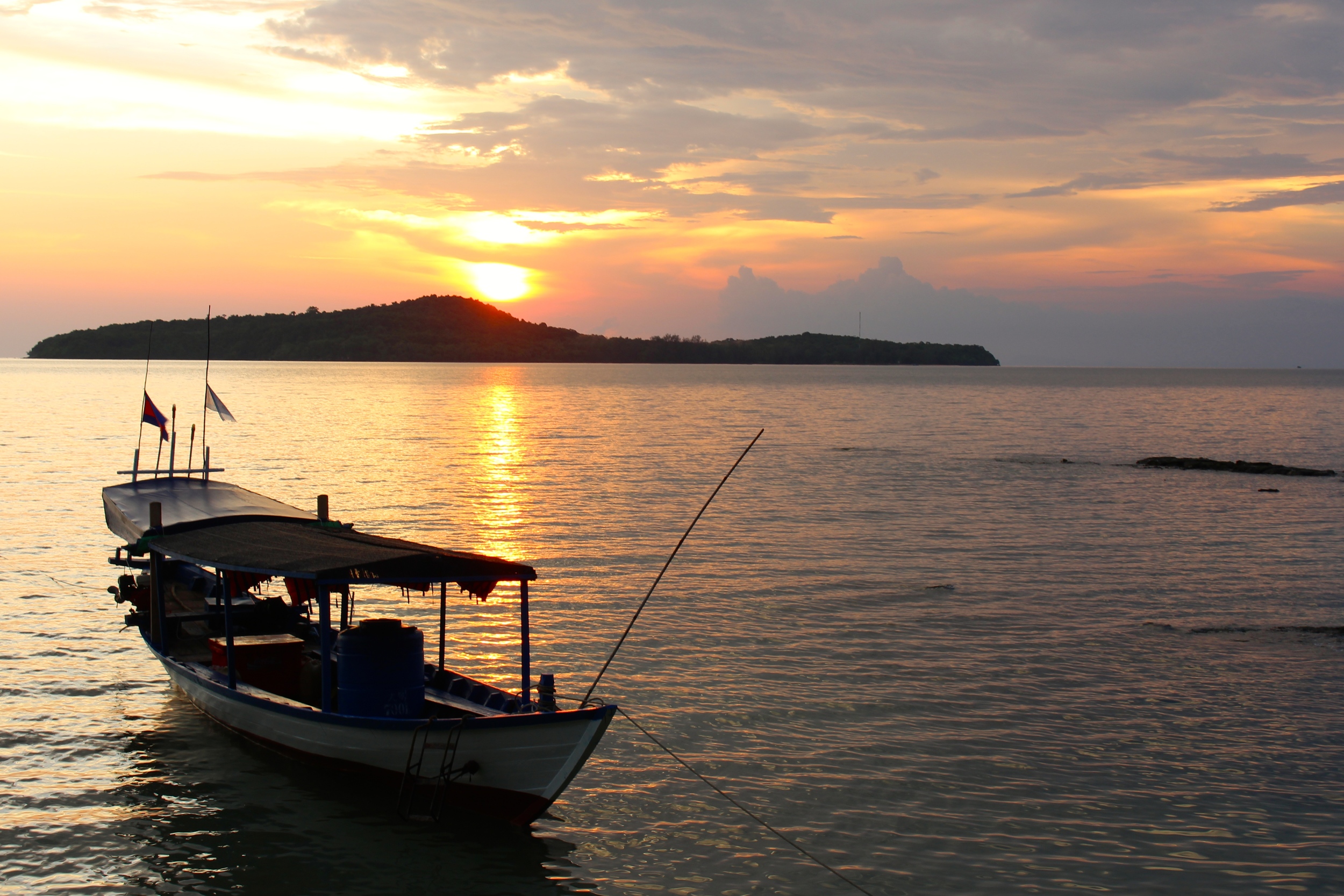As my time in Cambodia ends I wanted to share one last post reflecting a bit on my time here. I know I’ve been a spotty blogger at best, but thank you to everyone who read any of the posts and I hope it gave you a little better sense of what my last year has been like.
In May of 2013 I sat with 150 of my classmates under a large white tent on the lawn outside the Duke’s Nicholas School for our graduation ceremony. I remember feeling different than when I had graduated college. Even though my time at Duke was just half of what I spent in undergraduate it seemed to me a much bigger step toward obtaining a career in conservation. Underlying this pleasant, warm feeling, however, was also a sense of unease. I was in the process of deciding whether or not to accept a Fulbright grant to come to Cambodia. I remembered applying for the grant in November 2012, and the idea I would actually move to rural Cambodia was a distant, exciting, and adventurous opportunity, rather than something that might actually happen.
So with these thoughts swirling around in the back of my mind I settled in to listen to the commencement speech given my David Yarnold, the CEO of the Audubon Society. I’ll confess, I don’t even remember who spoke at my college graduation or what was said. I vaguely assumed this speech would be similar, something I might be inspired by for a couple weeks and slowly forget. As I listened though, I realized this wasn’t the case. David’s advice felt tailor-made to me as I was facing, thus far, one of the bigger decisions I’ve made in my life.
His first tip he offered to us was, “Risk is good and it is not a luxury and you should embrace it.” At these words, my ears perked up a little, and I really began to listen. David went on to explain how the risks he has taken in his impressive career, spanning from journalist to CEO of one of the U.S.’ largest conservation NGOs, while frightening, have essentially made him into the successful professional he is today. After reflecting on this first tip I recognized my opportunity to “take a risk” and travel to Cambodia was absolutely a luxury that many people cannot afford. I was blessed with caring parents who provided me with love and support and the opportunity for an excellent education. Since high school I have had teachers and professors take the time to mentor and guide me. My chance to grow as a result of the Fulbright would absolutely not have been possible without so many others' help and, if, in the future, risky opportunities are placed in front of you, they are a luxury and should be embraced.
Another tip, that at the time I could not identify with, but do now is, “Big risks are more worthwhile than little risks.” This first dawned on me when the group of international scientists, including my advisor Andy Read, traveled to Cambodia and I was able to present the research we had worked on. Meeting with this group of esteemed scientists and sharing just a little of what I had worked on was extremely exciting. It was really the first moment where I felt like the work I had done actually mattered. After that week I began to understand these types of rewards likely only come when you take those big risks. This realization absolutely inspires me to continue seeking out opportunities that are challenging, scary, and uncertain.
Finally, one of David’s last tips that stuck with me was, “The risks you take will have tangible rewards.” I’m still trying to work this one out. I imagine once I’m home I’ll slowly over time come to understand both the personal and professional “rewards” of this experience. For now all I know is I did take a big risk and I have experienced living in a part of the world very different from what I’m used to. I believe this has expanded my worldview and even years down the road I will remember the challenges I encountered in such a foreign environment and how I (for the most part) overcame them.
As this is my last post I want to express my gratitude for people who have made this opportunity possible including the U.S. State Department, WWF-Cambodia staff, my advisor, Andy Read who is the person that truly made this opportunity available to me, and my parents for encouraging me from start to finish.
I'm heading home tomorrow night and can’t wait to see friends and family in the U.S. – bye for now…until the next adventure!

